The Ruta Maya Cycling Adventure is one of our toughest cycling adventures but the reward for taking on the challenge is priceless. We think our riders would agree.
Registration for the 2026 Ruta Maya is now open.

“It was an excellent, challenging and rewarding adventure.” – Cindy Rogers (Canada)
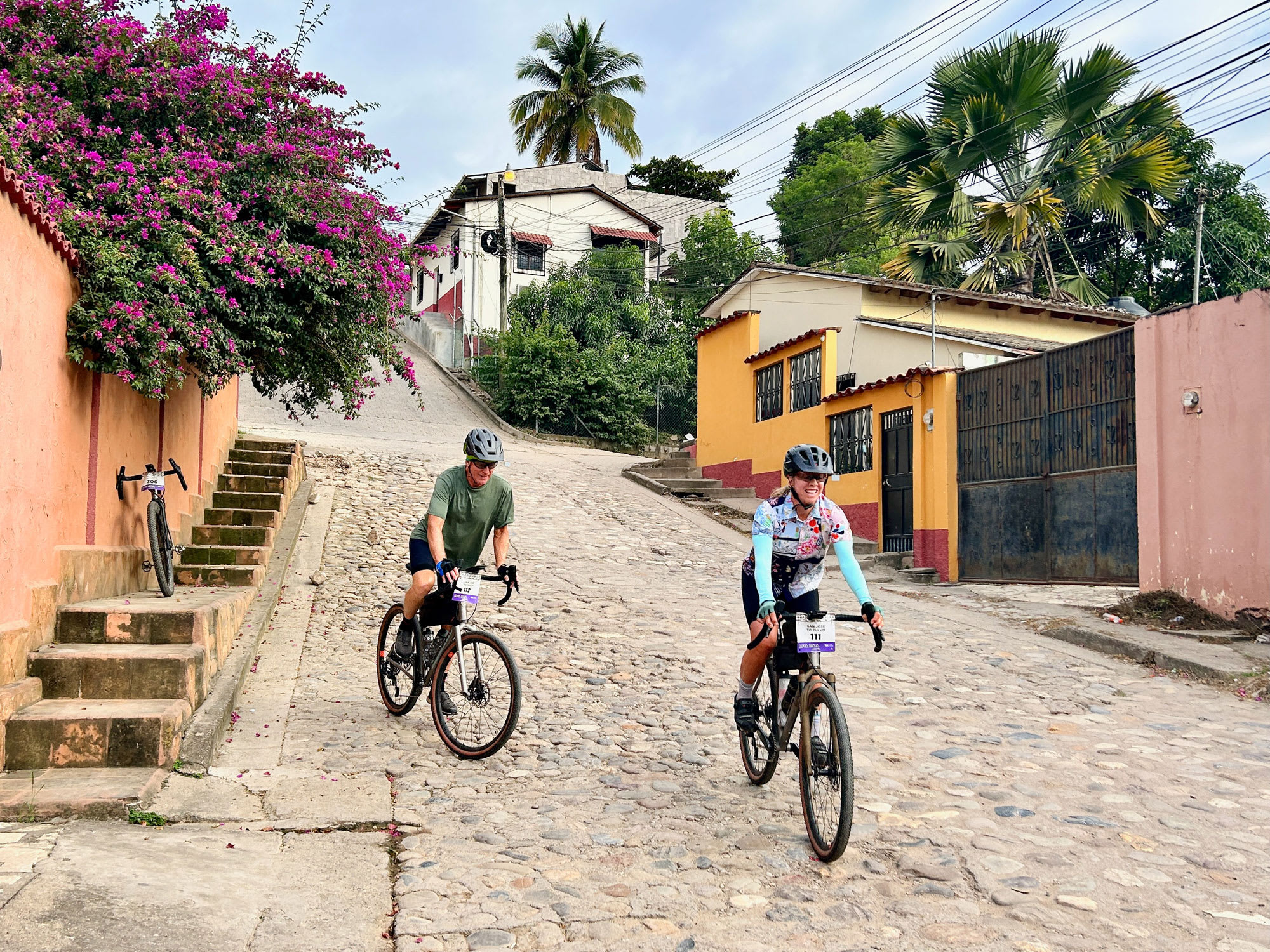
“It was a great opportunity to see the authentic side of Central America. The mountainous backroads were stunning.” – Wendy McDonald (USA)
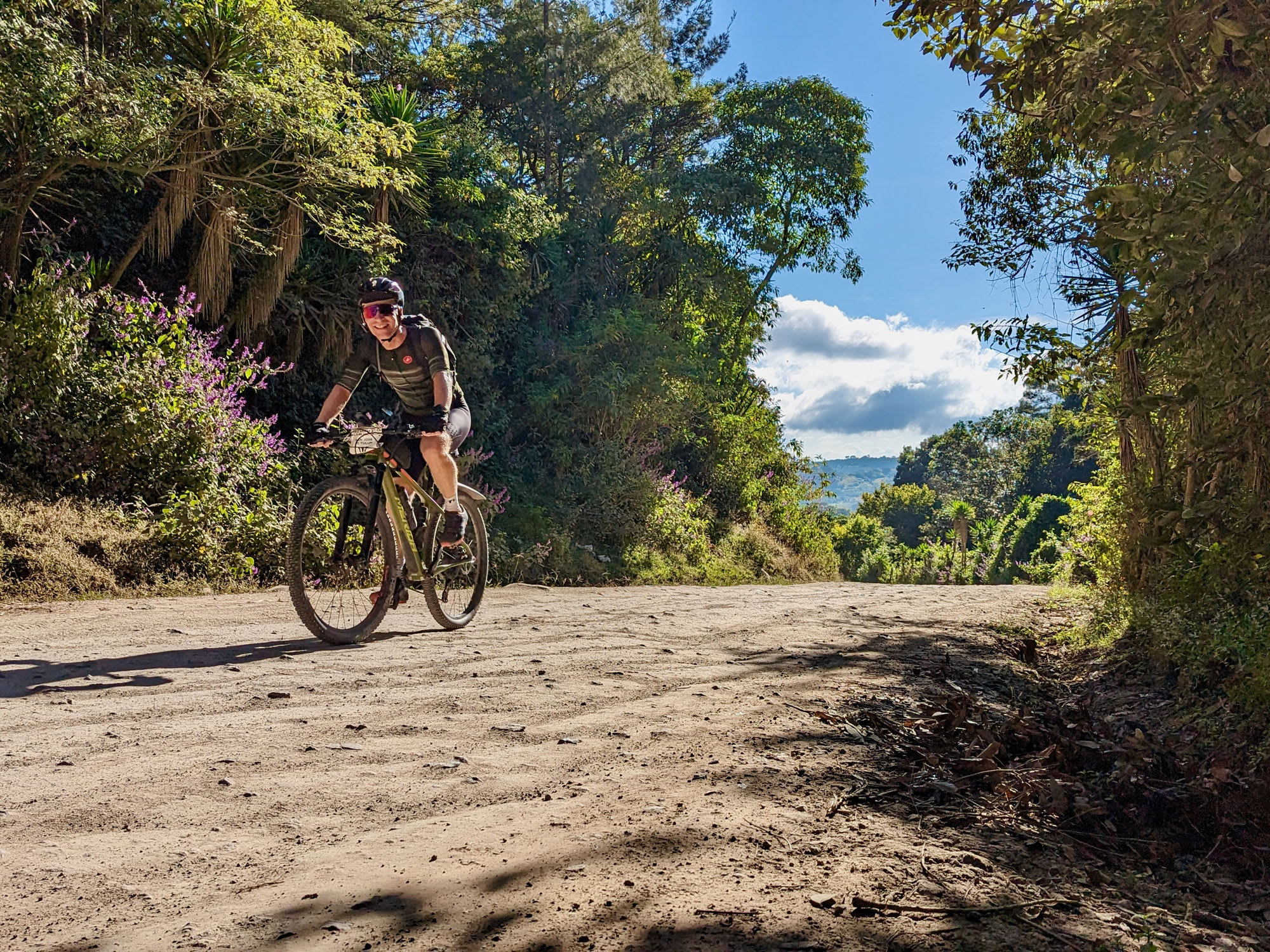
“I loved the adventure from start to finish. The great staff, daily routine, variety in countries and landscapes, friendly locals and some magical spots we stayed and visited made it a trip to remember.” – Sjoerd van Berkel (Netherlands)

“This challenging route should be taken seriously. Bring a humble spirit, plan to take your time on course and you will be rewarded with remarkable scenery and a unique cultural experience.” – Justin Ripley (USA)

“The tour exceeded my high expectations. The terrain was spectacular, the combination of the Mayan ruins and Spanish colonial legacy was fascinating and the support of the TDA staff to get through the considerable challenges along the way was exemplary.” – James Tory (Canada)
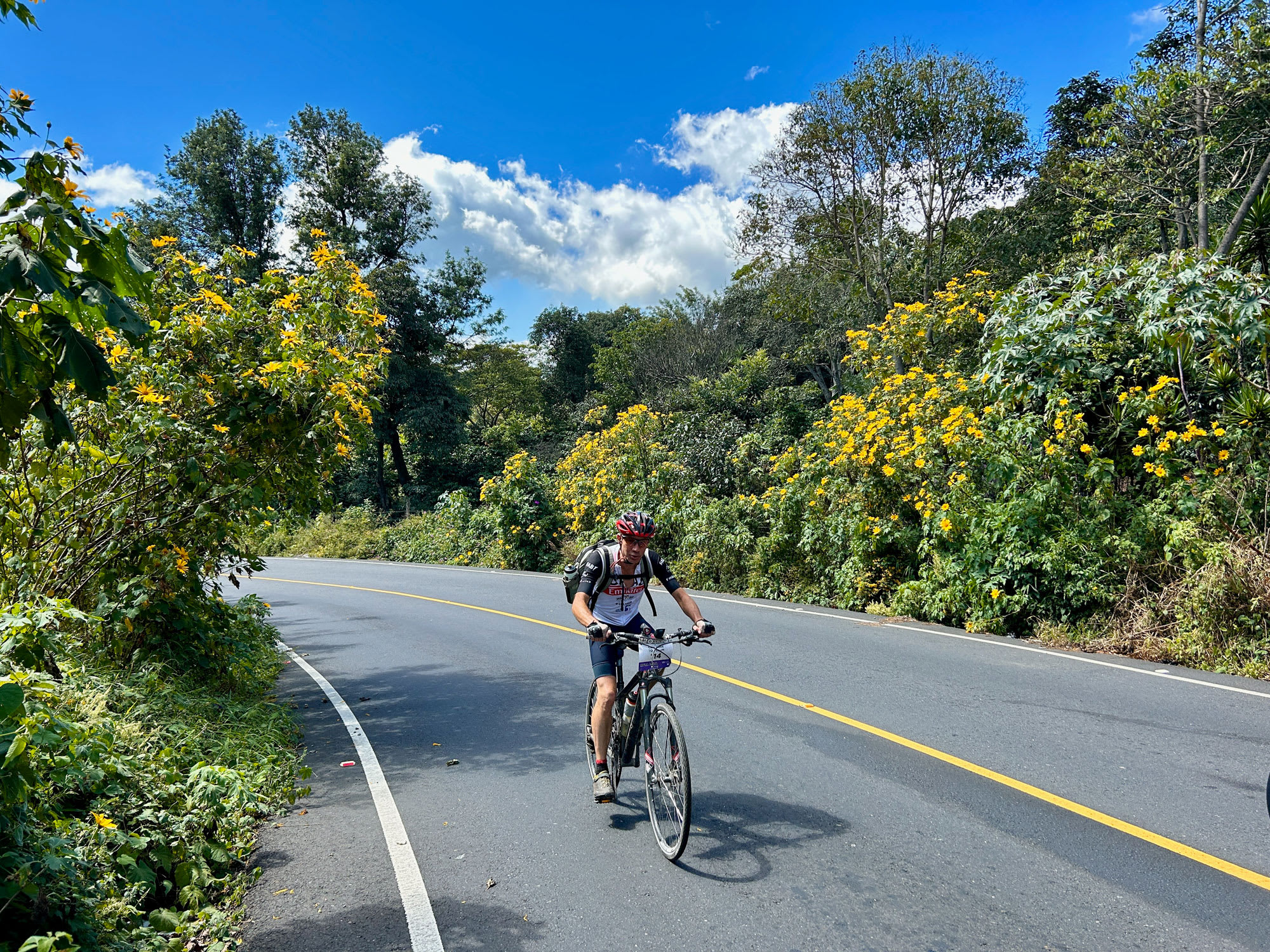
“The Ruta Maya is a great tour.” – Hubert Schanne (Austria)

“I’ve been on many tours and TDA Global Cycling’s wealth of experience made the tour effortless for the riders.” – Sally Weatherald (Australia)
RELATED
TOUR
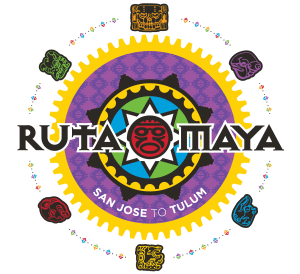
Ruta Maya
This incredible cycling adventure will take riders across Central America, from Costa Rica through Nicaragua, Honduras, Guatemala, Belize and on into...
]]>
Becky Timbers was the Content Creator on the 2023 Ruta Maya. In her final report, she looks back on some memorable moments the riders encountered on their journey through Central America. You can follow more of Becky’s writing on her blog – Two Wheeled Wanderer.
Every bicycle trip – no matter its length, its route, or its tour type – has moments that we will remember – the good, the challenging, and the unexpected. There were plenty of these memories to reflect on for the Ruta Maya riders, who recently finished their tour in Tulum, Mexico after pedalling over 3,000 km from Costa Rica. From lush jungle gravel roads in Guatemala to contemplating the mysteries of ancient Mayan civilization, here are 10 of the best highlights our riders shared from their Ruta Maya adventure.
1. Interacting With The Locals

A few Ruta Maya riders join some locals on their ride | Photo credit: John Archibald
Bicycle trips have a way of bridging the gap between travellers and locals. Pretty much everyone around the world is familiar with riding a bike, so cycling tourists can connect with locals in a way that backpackers or other tourists can’t. The Ruta Maya riders enjoyed getting a glimpse into the day-to-day lives of the locals along the route. From grabbing a cold drink at a Coke stop and attempting conversation with the family to pedalling a few kilometres with a local bike group to letting kids take turns sitting on the saddle, these small shared moments are often what make trips so memorable.
2. Sunrise Over Tikal

Watching the sunrise at Tikal and listening to the jungle slowly wake up was an unforgettable moment of the trip
Visiting the impressive Mayan ruins at Tikal in Guatemala was definitely a highlight of the trip. But those who opted to do the sunrise tour (which meant waking up a 3:30am on a rest day) were rewarded with something even more special. Sitting on the steps of an ancient Mayan temple looking out over the jungle as the howler monkeys and birds began their wake up calls was an unforgettable experience for many of the Ruta Maya riders.
3. Exploring The Colonial Town Of Antigua

Antigua, Guatemala
Antigua is a beautiful colonial town located in the central highlands of Guatemala. It’s surrounded by three prominent volcanoes, one of which is actively smoking. The Ruta Maya riders had a full rest day in Antigua to explore the city’s cobblestone streets and take in the Spanish architecture. Antigua is also known for its great restaurants, cafes, and boutique shops.
4. Walking The White Sand Beaches Of The Caribbean

The white sand beaches of Ambergris Caye were hard to leave!
After thousands of kilometres and countless metres of climbing, the Ruta Maya riders finally reached the Caribbean after crossing into Belize. We took a boat to the island of Ambergris Caye where we enjoyed a stunning rest day relaxing on the white sand beaches, snorkelling in the Caribbean, and drinking cocktails in the open-air bar. There was even talk of ending the trip then and there and spending the last days lounging on the beach…
5. Catching The Sunset Over Lake Atitlán

Sunset over Lake Atitlán
Lake Atitlán is one of the most picturesque spots in Guatemala. The blue waters of the lake are surrounded by volcanoes and mountain ridges which create a beautiful skyline, especially at sunset. Seeing the reds, pinks, and oranges reflect over the waters of Lake Atitlán will be an image the Ruta Maya riders remember for a long time.
6. Meeting New Cycling Friends
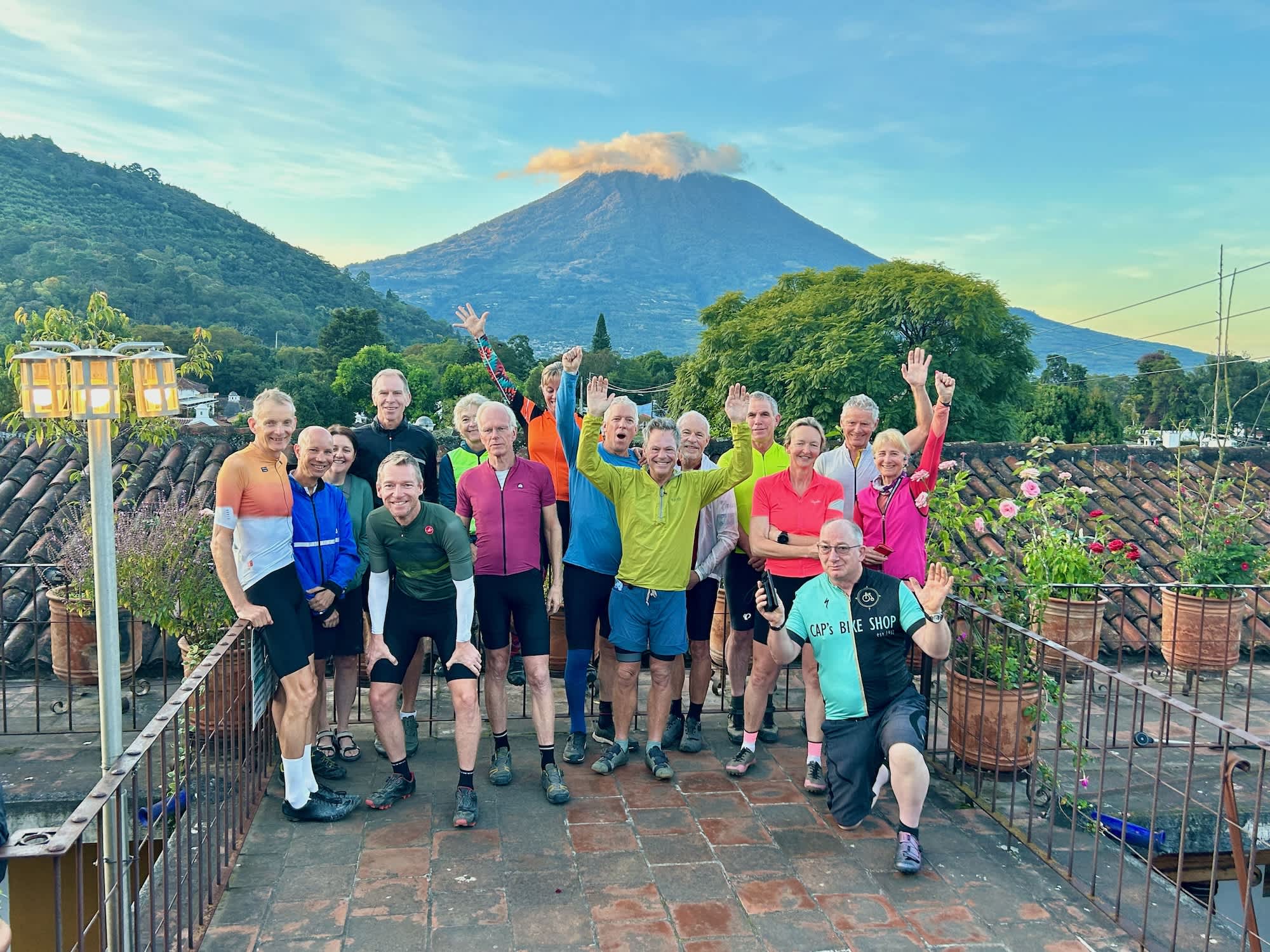
The Ruta Maya riders in Antigua
“The fastest way to make a friend for life is to travel with a stranger.” – Unknown
One of the best parts of joining a bicycle tour is meeting interesting and unique people. The Ruta Maya riders were a diverse group of individuals and I think many of them would agree that one of the best highlights of the trip was building friendships and connections with each other!
7. The Spectacular Views And Remote Roads Of Guatemala

Guatemala had some of the best views of the trip!
Guatemala was many of the Ruta Maya riders’ favourite country for a number of reasons, including its incredible scenery. Over 40% of the country is mountainous and the route we took provided plenty of opportunities for epic vistas around almost every corner. We pedalled along remote dirt roads and up high, winding passes and the views never got old.
8. Embracing The Mud On The Ride Through Sian Ka’an Biosphere Reserve

Embracing the mud on the ride through Sian Ka’an Biosphere Reserve
Our second to last day of the trip took us through the Sian Ka’an Biosphere Reserve in Mexico. We were warned that there would be mud, but I don’t think anyone was prepared for how much mud we’d encounter. No rider ended the day with a remotely clean kit, but everyone did finish the day with a smile and tale to tell.
9. The Morning Descent Down From Valle de Angeles In Honduras

The descent down from Valle de Angeles was one of the most magical moments of the trip.
Every trip should have a few moments that will stay engrained in your mind forever. For the Ruta Maya riders, the descent down the winding paved road from Valle de Angeles in Honduras is one of those moments. The morning light cast a crisp glow over the surrounding mountain ranges and low clouds hung over the valley. It was stunning! The most magical moment, though, was turning a corner and seeing the silhouette of this horse set against the morning sky.
10. Bikes On Boats

Crossing the Pasión River on a rustic wooden car ferry
The Ruta Maya route included a number of boats and ferries to get riders and their bikes across rivers, lakes, and channels. The rustic wooden car ferry across the river in Sayaxché, Guatemala was a crowd favourite!
]]>
Becky Timbers is the Content Creator on the 2023 Ruta Maya. In this report, she answers the question – what do the staff do on a rest day?
Rest days on TDA Tours can go one of two ways for the riders: spend the day relaxing (and recovering) with a walk or two around town or opt for a full-day adventure that showcases the area’s best sights and experiences. More often than not the tour field staff are busy preparing for the next stage of the tour but every now and then they have the opportunity to take a day off and experience the surrounding area.
For the Ruta Maya staff, mountain biking down the side of a volcano was one of those experiences! On our recent rest day in Antigua, Guatemala, five of us signed up for the El Zur Mountain Bike Tour with Old Town Outfitters, an adventure tour company based in the city. We got shuttled up the slopes of Volcán de Agua in 4×4 trucks and then rode 20km back down with a guide leading the way.
Spoiler alert: It was a blast! Here’s a recap of our staff day out exploring the purpose-built single track on Volcán de Agua.
Retracing Our Ruta Maya Route
After getting picked up early in the morning from our hotel by Joel, our guide for the day, we headed out of the city with rental mountain bikes loaded on top of the van. We actually retraced the route our Ruta Maya riders rode coming into Antigua, which featured incredible views of the surrounding volcanoes (one was even emitting smoke from its crater), hillside farms, and mountain ridges. After about a 45 minute drive, we turned off into a private preserve, which is home to El Zur Mountain Bike Park with over 20km of purpose-built mountain bike trails. From there, we transferred our bikes and gear to two 4×4 trucks with local drivers and our adventure began!

Making our approach to Volcán de Agua
Getting To The Top Was Half The Fun
The drive up the slopes of Volcán de Agua was an experience in and of itself. We stood in the back of the pickup trucks, holding tight to the crossbars and ducking frequently to avoid branches and vines. To say that the ‘road’ was in poor condition is an understatement. It was rutted, steep, narrow, and undriveable unless you were the two local drivers who knew their way around this terrain. We got bumped, jostled, and tossed about in the back of the trucks, but the grins on all our faces proved we were up for such an adventure. After almost an hour of rough going, switchbacking up the volcano on an increasingly questionable track, we finally reached the start of our downhill mountain bike trail. We were at 7,200 ft with over 2,500 ft to descend.

Driving up the rugged dirt road to the start of the mountain bike trail was half the fun!
The Descent
As an avid mountain biker, I was excited to see what the El Zur trails had to offer. I’ve mountain biked in a lot of places – and even down a few other volcanoes around the world – but never in Guatemala. After our bikes were unloaded and helmets donned, we pushed off in a line and slowly disappeared into the thick forest, leaving our 4×4 driver friends behind to make the rough journey back down. In hindsight, I think we had an easier descent than they did. The trail started off with some downhill switchbacks on leaf-strewn single track. In fact, this was the theme for much of the ride – narrow sidehill followed by tight corners through beautiful, lush forest. It had been awhile since any of us had ridden a mountain bike, so we took our time getting warmed up and comfortable on our rental bikes. But soon each of us found our flow and we cruised down the volcano, making plenty of stops for photos.

The staff of the Ruta Maya on a rest day adventure
Misfortune Strikes
Almost halfway down the mountain, we had a bit of a mishap. Kenny, our bike mechanic, managed to shear off his derailleur, leaving him with no way to pedal. Despite it being a downhill ride, there were actually quite a few short climbs. He was left to ‘strider’ his bike on the flat sections and push it up the steeper hills for the remainder of the ride. At least it was the bike mechanic who broke the bike…
The Final Stretch
While the whole ride down Volcán de Agua was pretty epic, it was really the last stretch that was the most memorable. The trail opened up into a series of meadows covered with a thick layer of vines. The mountain bike trail was cut through these vines to create a path through the sea of vegetation. It was super cool and nothing like anything I’d seen before on my mountain bike travels. There were even tunnels through the vines!

The final stretch of the ride was on a path cut out of a sea of vines
Then, after 4 hours of descending (with a fair bit of climbing and stopping for photos), we rolled back to the start where we filled up on a delicious lunch and cold beverages. I think all five of us all agree that this was one of the best staff rest days in the history of TDA tours!
RELATED
TOUR

Ruta Maya
This incredible cycling adventure will take riders across Central America, from Costa Rica through Nicaragua, Honduras, Guatemala, Belize and on into...
]]>
HOW TO PREPARE: An 8 part series to get you ready for your first TDA tour. Click here to read more.
Becky Timbers is the Content Creator on the 2023 Ruta Maya. In this report, she takes a look at cycling on rough roads.
One of the first challenges the riders of the Ruta Maya tour came face-to-face with were the road conditions. We had a few days of tarmac and smooth pavement after leaving our hotel in San José, Costa Rica, but that tarmac soon turned into long stretches of rough and bumpy gravel roads. In fact, much of the Ruta Maya route was designed to be on dirt. This is a pretty big deviation from most TDA tours, where the cycling is on paved roads (although ‘paved’ can sometimes be a generous term).
As many of our riders soon discovered, biking on loose gravel roads requires a different set of skills than riding on pavement. It can be jarring on the whole body and maintaining traction can be difficult, especially on steep hills, which seem to be quite common in Central America. As a mountain biker and gravel rider, though, this is my terrain! I love the challenge that off-pavement riding presents including picking good lines and using my body weight to maintain traction. If you struggle with bike handling skills on rough and rugged roads, here are my best tips for a more enjoyable – and successful – ride.
#1 Choose the right tires
Tires can make or break your rough road riding experience. Many bicycle tourers opt for narrow, ‘slick’ or ‘semi-slick’ tires that roll fast on pavement, but these aren’t going to do you many favours when it comes to rough roads. If you know your bike tour will at least partially be on rugged dirt roads, you’ll want to bring a more appropriate set of tires – ones that are wider and have larger knobs for grip. For the Ruta Maya tour, we recommended that riders bring two sets of tires: one for on-pavement riding and one for off-pavement riding. For the off-road sections, tires that are between 45-50c (or 1.75 – 2 inches) are a great choice. The wider width gives riders more stability and balance on loose terrain.
Tire tread is another consideration. Tread pattern and stoutness of the tire lugs will determine how much traction and grip you’ll have on loose sections. The burlier the tire tread, the more traction you’ll be able to get. However, it’s a balance. Heavily lugged mountain bike tires aren’t as fast-rolling because of the large tire knobs, so keep that in mind when choosing your off-pavement tires. Three great gravel tires to consider: Pirelli Cinturato Gravel, the Schwalbe G-One Overland and the Teravail Rutland Light & Supple.

Wider tires provide better stability, traction, and comfort on rougher terrain
#2 Lower tire pressure
Lowering your tire pressure is a good way to increase traction and grip, especially on steep, loose climbs. If you find that your back wheel is spinning out or you can’t get traction, try letting a bit of air out of your tires. Lower PSI will also help with comfort on bumpy roads. Don’t go too low, though, or you run the risk of denting a rim or ‘burping’ even more air out of your tire.
#3 Don’t get your weight back!
On downhills
One of the biggest mistakes I see riders make when descending steep grades is to ‘get their weight back’. I’m sure we’ve all been told to do this at some point during our cycling careers, but shifting our weight to the rear makes descending unstable and even dangerous. If your weight is at the back of your bike, you lose a ton of control over steering (which is important…) and you also lose traction on the front tire (which is also important). Instead, when descending keep your weight over your pedals and lower your centre of gravity. An easy way to do this is to drop your weight into your heels while keeping your chin over your stem.
On Uphills
Climbing on loose or rutted roads also presents its own challenges – namely maintaining weight over the front wheel and preventing the rear tire from spinning out. The key here is to stay seated, but shift your body weight to the nose of your saddle. This forward position will keep some weight on the rear tire to prevent it from loosing traction, but it will also shift some weight over the front of your bike so the front wheel stays grounded. A lot of cyclists are used to standing up on steep inclines, but if you’re trying to power up a gravely or rutted road, shifting your weight that far forward will often result in your back tire spinning out because it has no pressure or weight on it.

When climbing loose roads, shift your weight to the nose of your saddle to keep traction on both front and rear wheels
#4 Modulate your braking
Braking may seem like an easy thing to do, and for most cycling, it is. But when you’re riding on poor roads and the descents are not straightforward, braking becomes a bit more complex. The secret to good braking on loose or sandy roads is to modulate your brakes. This means slowly squeezing and releasing your brake levers at consistent intervals instead of continually clutching them like many riders do on pavement descents. By modulating your brakes, you’re doing a few things:
– Preventing your rear wheel from locking up and skidding
– Keeping your arms and hands loose so they can absorb the bumpy terrain (ie not death gripping)
– Allowing both tires to keep rolling smoothly so they can pass over obstacles on the road
If the descent is very steep, you can also practice using more front brake, which is your stronger brake. Many cyclists are scared of their front brake because they’ve had experience with going over the bars. But, if your body position is good (weight is in your heels, center of gravity is over your pedals, and chin is over your stem) and you’re modulating your brakes, the risk of going OTB is little to none.

Squeeze and release your brakes when descending loose sections to avoid skidding
#5 Keep a steady pedalling cadence
Pedalling cadence is something not many riders think about, but it’s a great tip for riding on rough roads. A steady cadence will help smooth out your ride and even help keep traction on steep climbs. Here are two pointers to help achieve a steady cadence:
1. Slow your pedalling and shift accordingly. A steady pedalling rhythm is about one pedal rotation per second.
2. An easier gear isn’t always better.
If you legs are spinning it’ll be harder to maintain traction.
#6 Look ahead & choose your line
You should always be looking ahead when you’re cycling, but this is even more critical when riding rough and rutted roads. You want to make sure you see everything in front of you well in advance so there are no surprises that could cause a crash.
An important part of looking ahead is also choosing your line. We use this a lot in mountain biking when there isn’t a clear path through a section of trail. Typically, the ‘best’ line is the easiest one – there are few obstacles in your way and you don’t need to turn or steer too much. For washed out roads, it’s best to stay high if possible and not get sucked down into the ruts. For loose, gravely roads, look for a line that has been packed down by cars or sometimes the edge of the road is less treacherous.
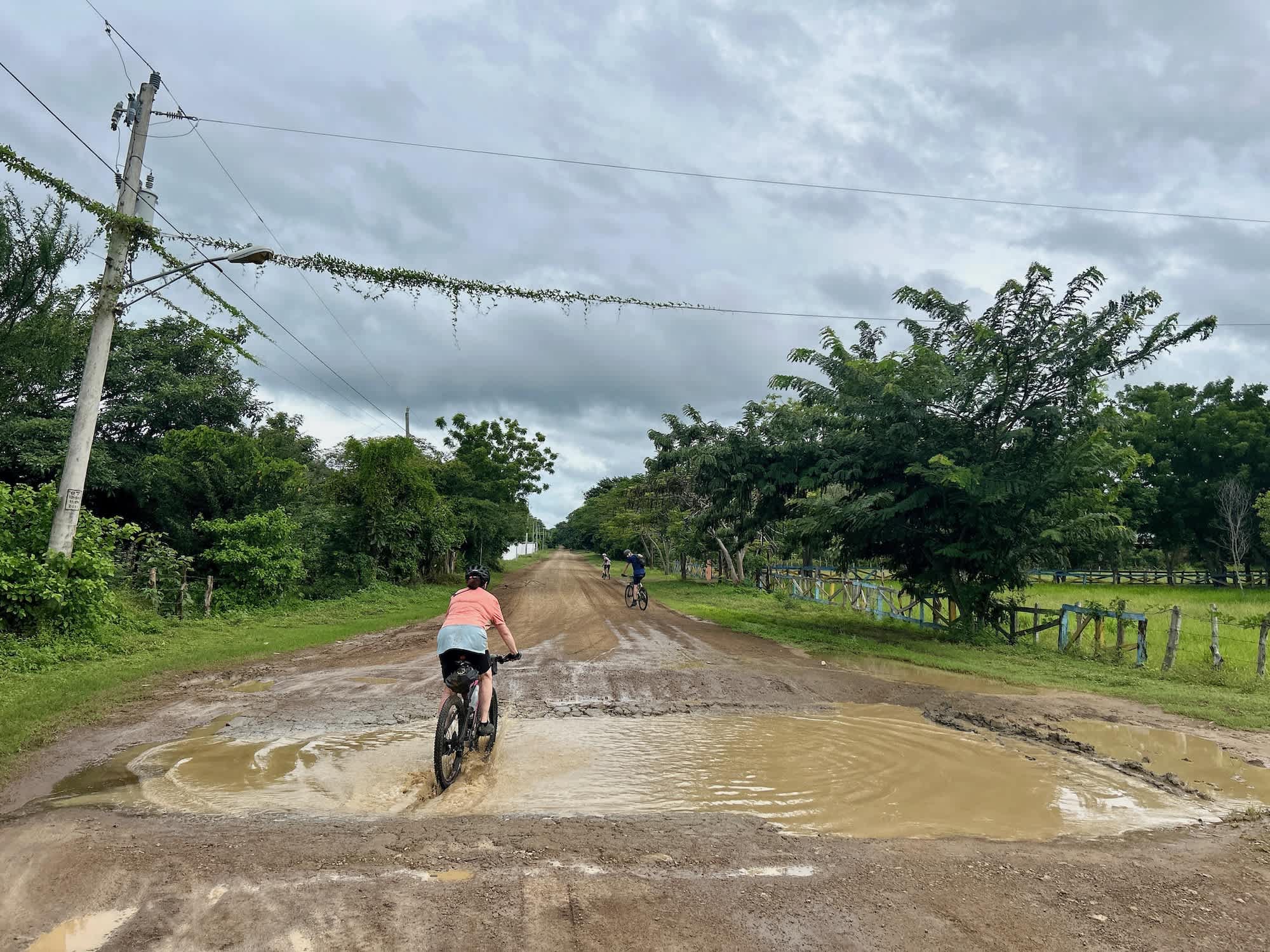
Sometimes the best line is straight through 🙂
#7 Stay relaxed
Lastly, stay relaxed! I know this is easier said than done, but if you can relax your body on bumpy and choppy terrain, you’ll have a more comfortable and safer rider. Remember to breathe (it’s easy to hold your breath in when tackling a rough section) and don’t rush your ride. Often, slow and steady is the best approach for tough stretches. And if the riding becomes too challenging, walking is a great option.
RELATED
TOUR

Ruta Maya
This incredible cycling adventure will take riders across Central America, from Costa Rica through Nicaragua, Honduras, Guatemala, Belize and on into...
How to Prepare
An 8 part series to get you ready for your first TDA tour. Click here to read more.
Becky Timbers is the Content Creator on the 2023 Ruta Maya. She takes a close look at the variety of bicycles that the riders brought to the trip.
Choosing a bike for a TDA adventure tour is no minor task. It must be rugged enough to handle all variety of roads from smooth pavement to loose and chunky gravel and comfortable enough to tolerably withstand long days in the saddle. Speed and efficiency are also factors, of course, but not as important as you might think. If you’re new to cycle touring, it’s better to view these kind of trips as a marathon instead of a sprint. A durable, comfortable bike is almost always a better option over a lightweight and speedy one.

For the 3,065km Ruta Maya tour from Costa Rica to Mexico, TDA recommends a wide tire mountain bike with front fork suspension because much of the route is on gravel roads and questionable asphalt. With the first week of the Ruta Maya behind us, the riders have gotten a feel for how their bikes handle these roads and changing conditions. Since the bikes are an integral part of the trip, they deserve their own mention – below are the bikes of the Ruta Maya!
Sally Weatherald (Australia) 1st TDA Tour
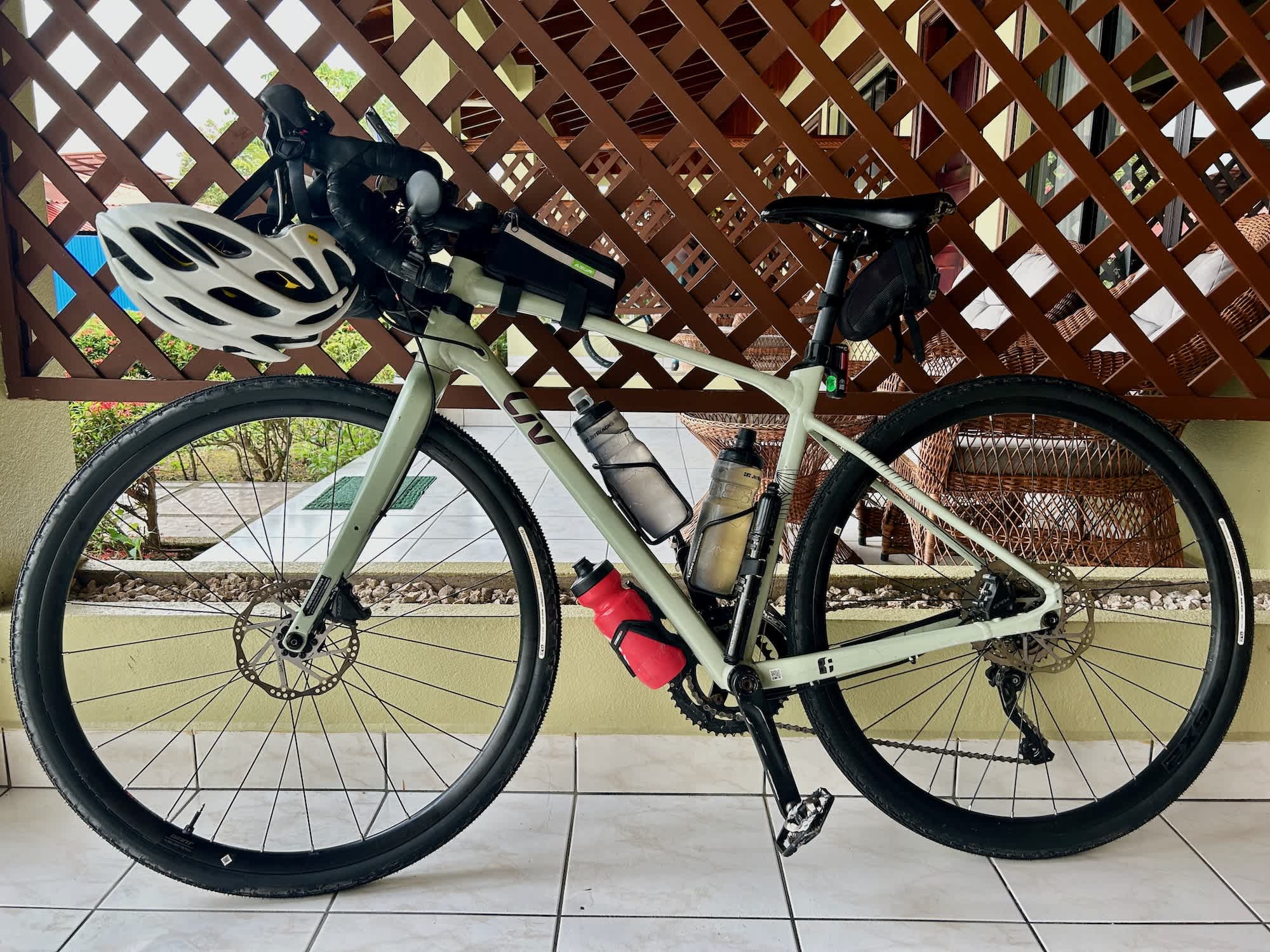
Liv Devote
BIKE: Liv Devote aluminum fully rigid
GEAR: Ortlieb handlebar pack, Topeka saddle bag, Panaracer Gravel King sk+ 700 x 38c tires
WHERE ITS BEEN: Morocco, Spain, Portugal, Australia
THE VERDICT: Love it! Designed to be a rugged and durable gravel bike that is ready for anything – perfect for the Ruta Maya.
Merrill Furlow (USA) 4th TDA Tour
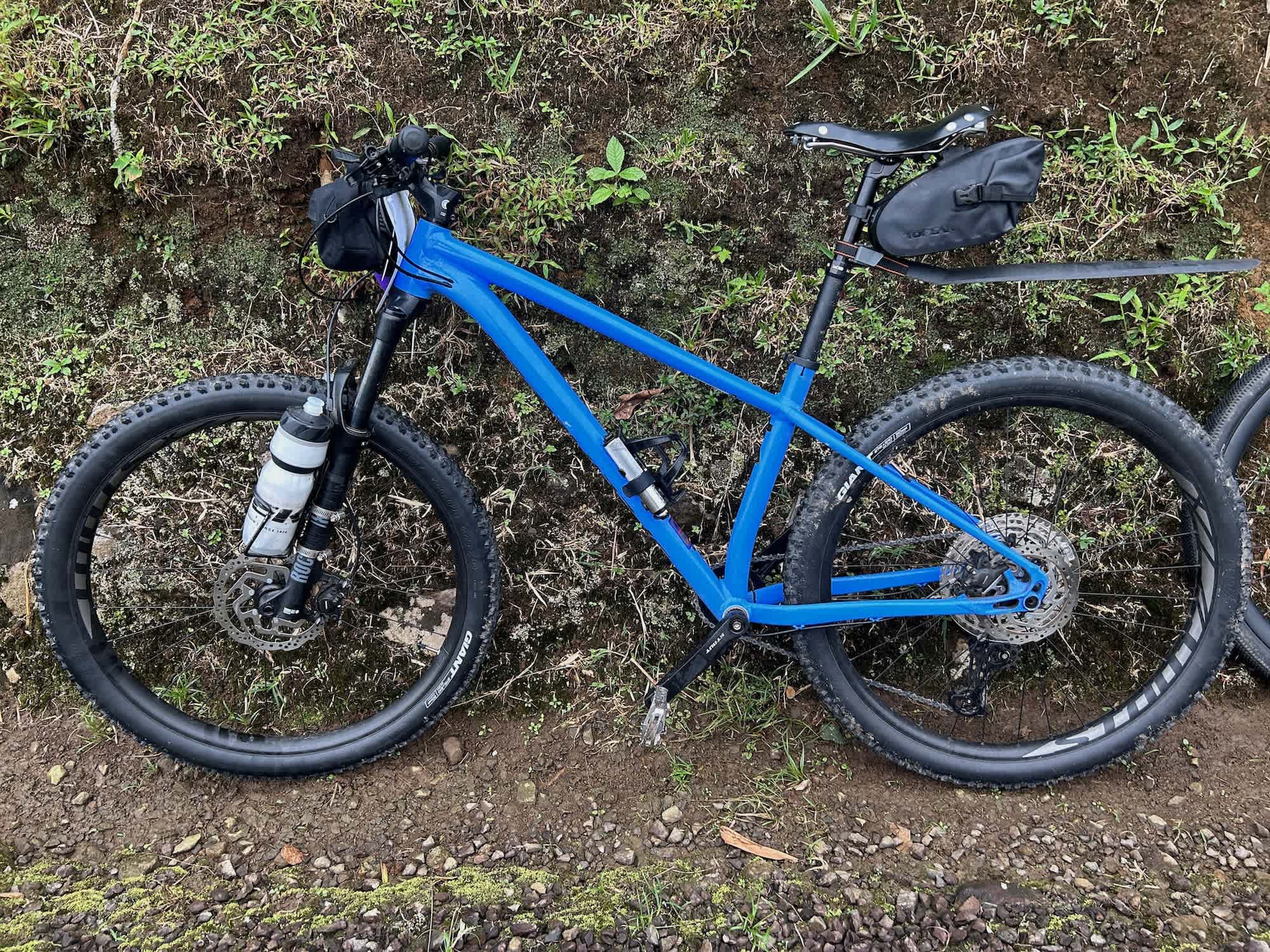
Specialized Fuse
BIKE: Specialized Fuse
GEAR: Topeak saddle bag, Rapha handlebar bag, SKS X-TRA-DRY XL rear fender, Selle leather saddle, Giant 27.5 x 2.1 tires
WHERE ITS BEEN: The Ruta Maya tour is its first adventure!
HOW IS IT DOING? Too soon to tell.
John Archibald (UK) 1st TDA Tour
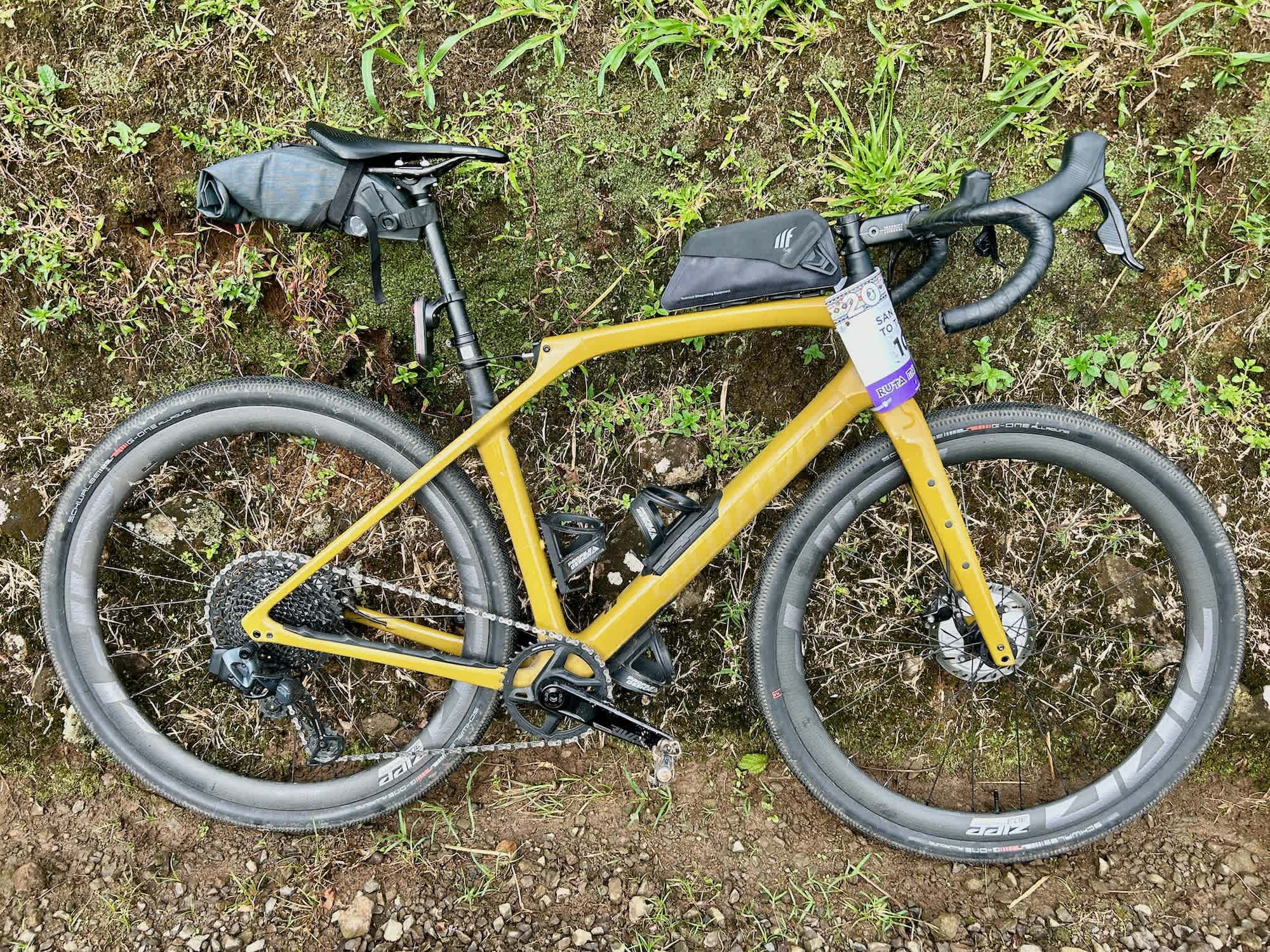
Specialized Diverge
BIKE: Specialized Diverge STR carbon dual suspension
GEAR: 40/50 1x gearing, 30 mm rear shock and 20 mm front fork, evoc saddle bag, Tailfin top tube bag, Redshift ShockStop suspension stem, Schwalbe G-One AllRound 700 x 45c tires and Schwalbe Pro One TLE 700 x 34c tires
WHERE ITS BEEN: The Ruta Maya is its first trip!
THE VERDICT: Really happy with the gearing, front and rear suspension helps smooth out rough patches.
Catharine Archibald (UK) 1st TDA Tour
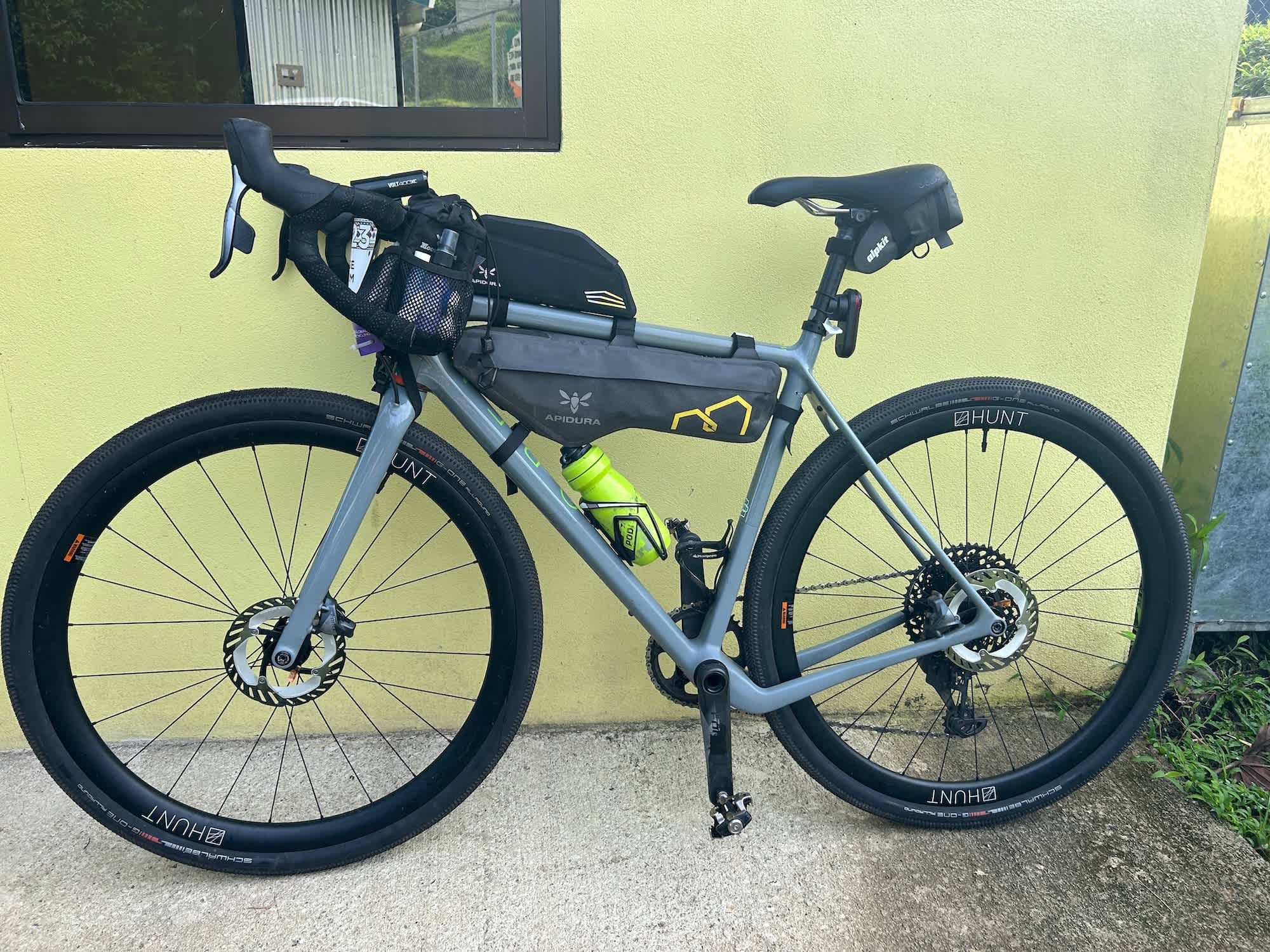
Open WI.DE
BIKE: Open WI.DE carbon fully rigid
GEAR: 40/50 1x gearing, Apidura saddle bag, Apidura frame and top tube bag, 2 Moosetreks water bottle/snack bags, Schwalbe G-One AllRound 700 x 45c tires and Schwalbe Pro One TLE 700 x 34c tires
WHERE ITS BEEN: Lands End to John O’Groats, All over the UK, Madeira
THE VERDICT: Really happy with the gearing, but challenging on the gravel. It would be nice to have a mountain bike.
Andrew Brink (Canada) 2nd TDA Tour
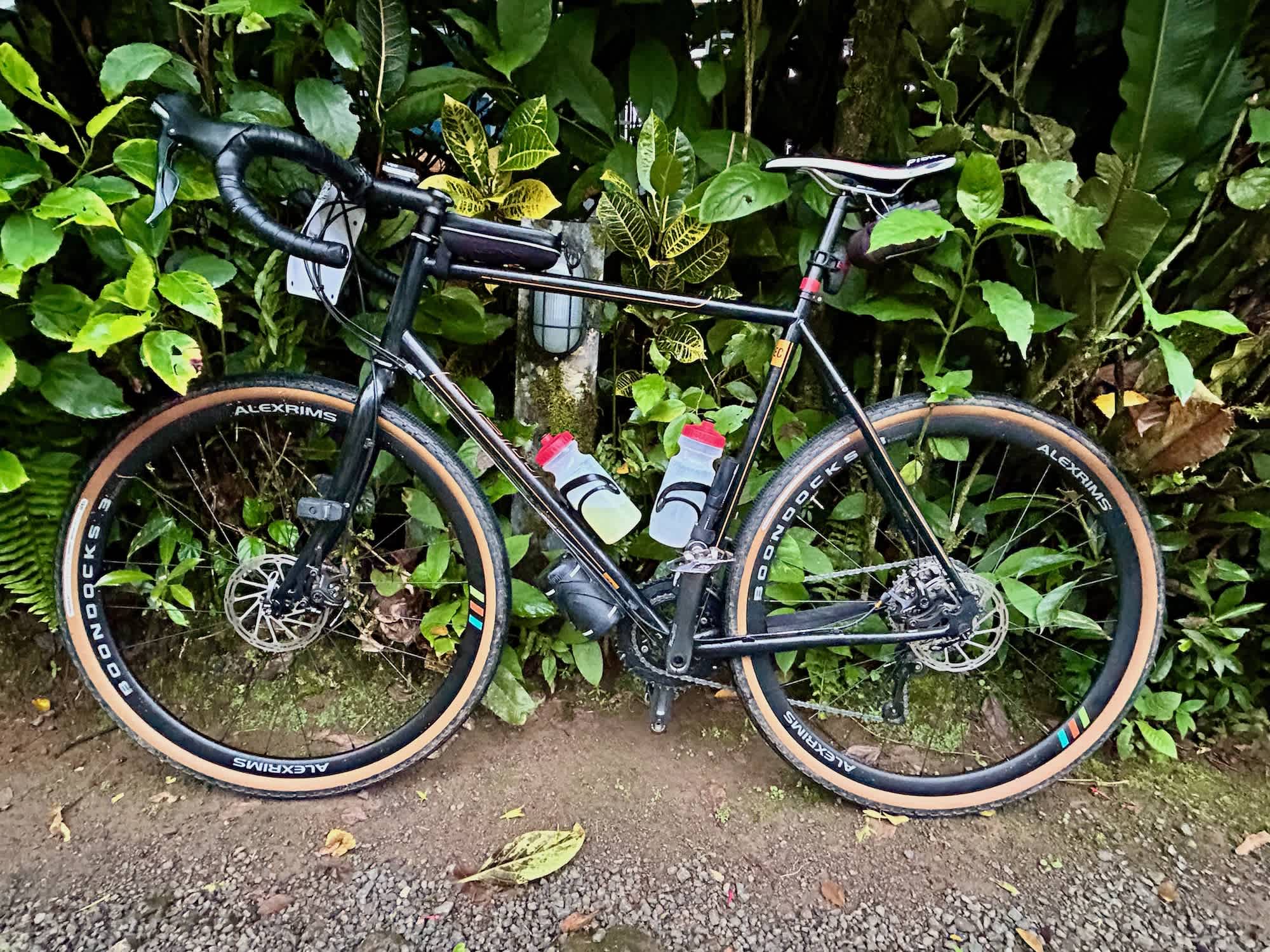
MEC Cote
BIKE: MEC Cote steel fully rigid
GEAR: Lezyne top tube phone case, Scicon saddle bag, Panaracer Gravel King sk+ 700 x 43c and 700 x 28c tires
WHERE ITS BEEN: Africa, daily commuter to work
THE VERDICT: Not ideal on this terrain, could use easier gearing.
Dick Buter (Netherlands) 2nd TDA Tour
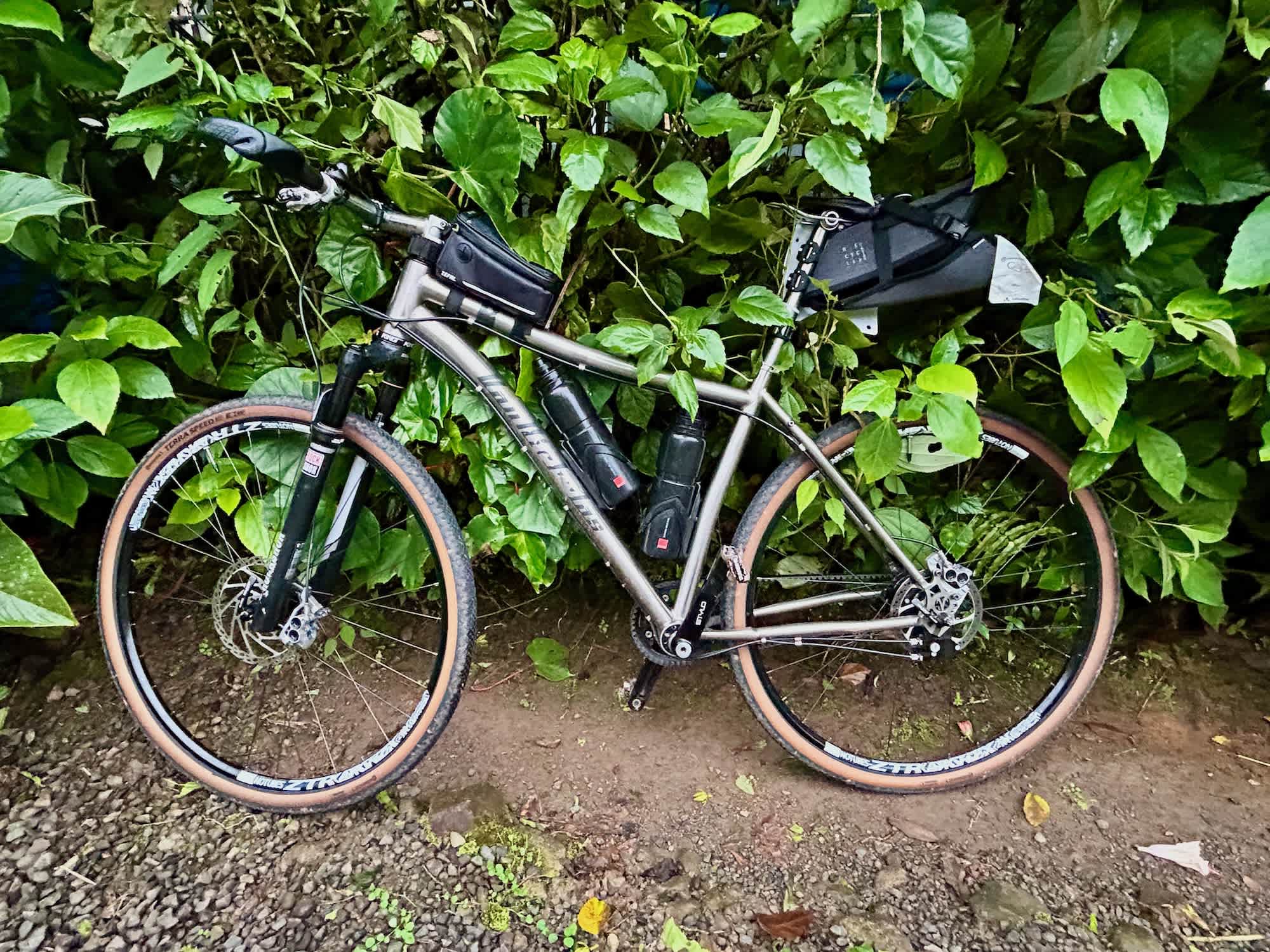
Van Nicholas titanium hardtail
BIKE: Van Nicholas titanium hardtail
GEAR: Rohloff Speedhub and belt drive, Vaude Trailsaddle, Zéfal top tube bag, Ergon GP2 grip, Continental Terra Speed 700 x 45c tires
WHERE ITS BEEN: Africa, Asia, New Zealand, Europe, South America
THE VERDICT: Great! Maintenance-free drivetrain is working well.
Kate Dunster (Australia) 1st TDA Tour
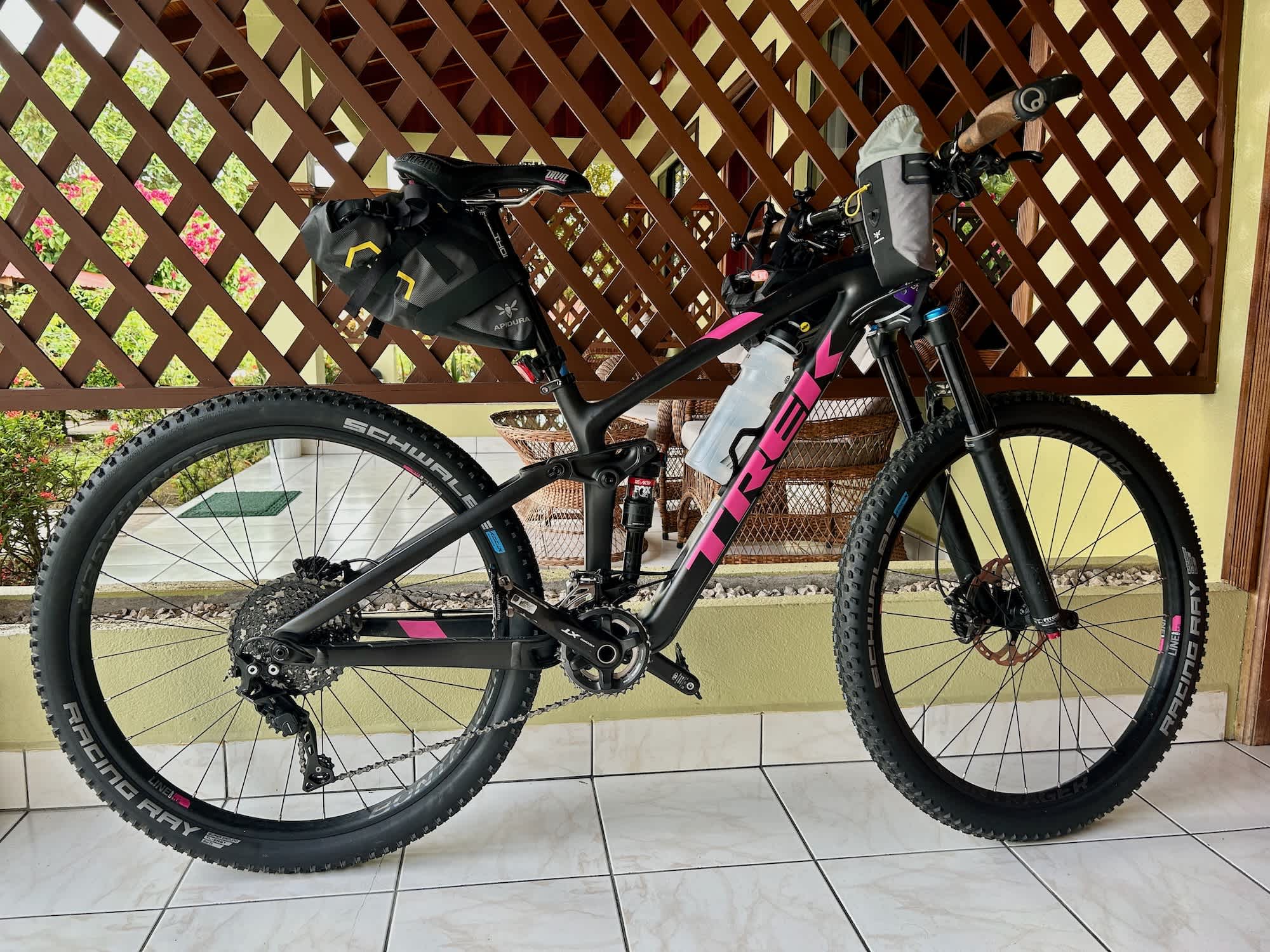
Trek Fuel Ex
BIKE: Trek Fuel Ex Carbon dual suspension
GEAR: Apidura saddle, Ergon GP3 grips, Schwalbe Racing Rays 27.5 x 2.25 tires
WHERE ITS BEEN: The Continental Divide in the US
THE VERDICT: Wouldn’t bring a full suspension next time, but it is nice for the steep, loose downhill sections.
Sarah Gates (USA) 1st TDA Tour
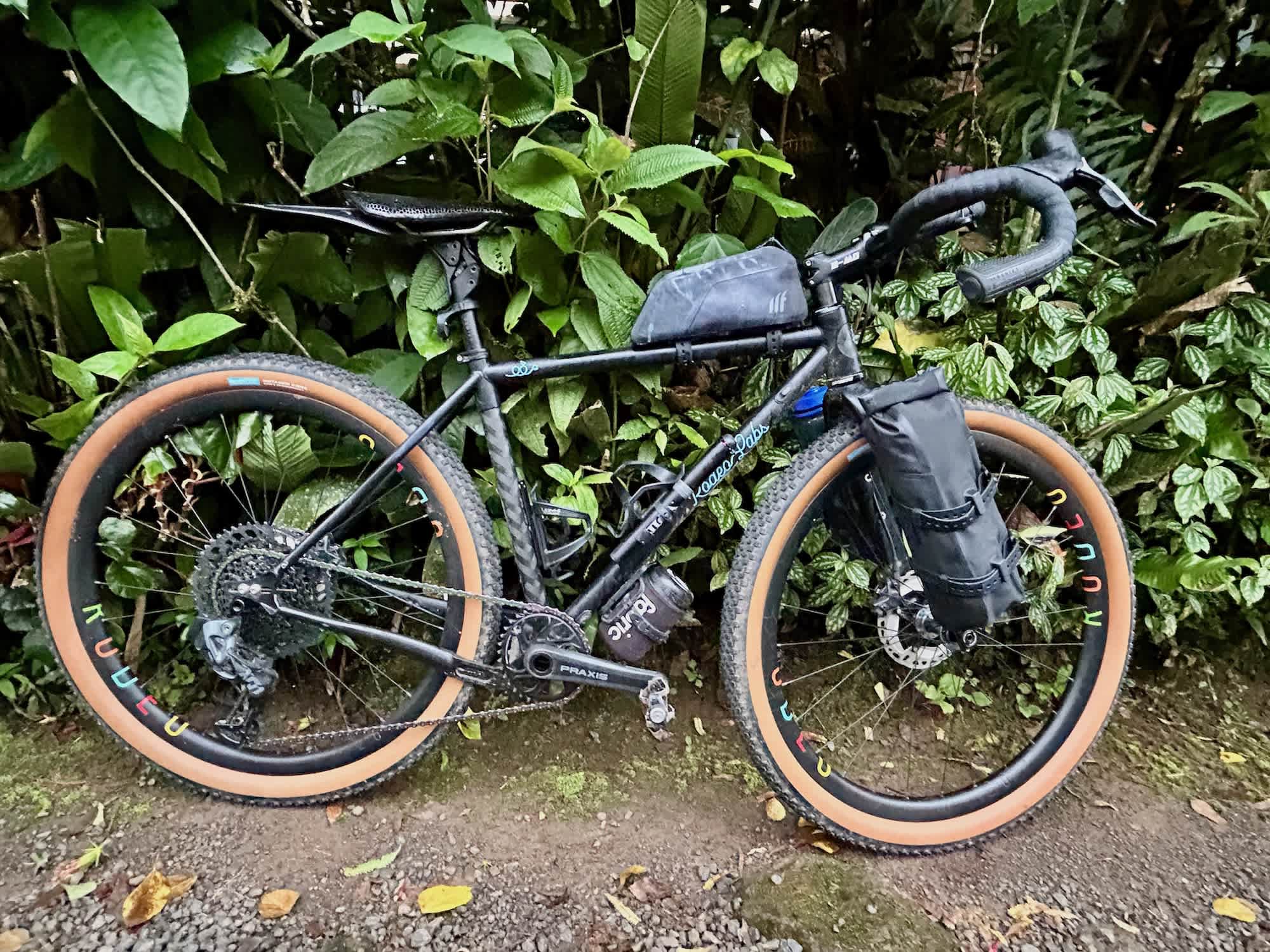
Rodeo Labs Flaanimal
BIKE: Rodeo Labs Flaanimal Steel fully rigid
GEAR: Redshift ShockStop Seatpost, Redship Kitchen Sink Handlebars, Tailfin top tube bag, fi’zi:k Vento Argo Saddle, Knog fender, 2 Tailfin fork cages and dry bags, renéHerse Umtanum Ridge 650b x 55 tires
WHERE ITS BEEN: The Great Divide Mountain Bike Route, Gravel Royal Race in Canada, all over the Western US, Vancouver Island
THE VERDICT: It’s comfortable and can handle all the diverse terrain the Ruta Maya has thrown at us.
Jeanine Hartnett (USA) 4th TDA Tour
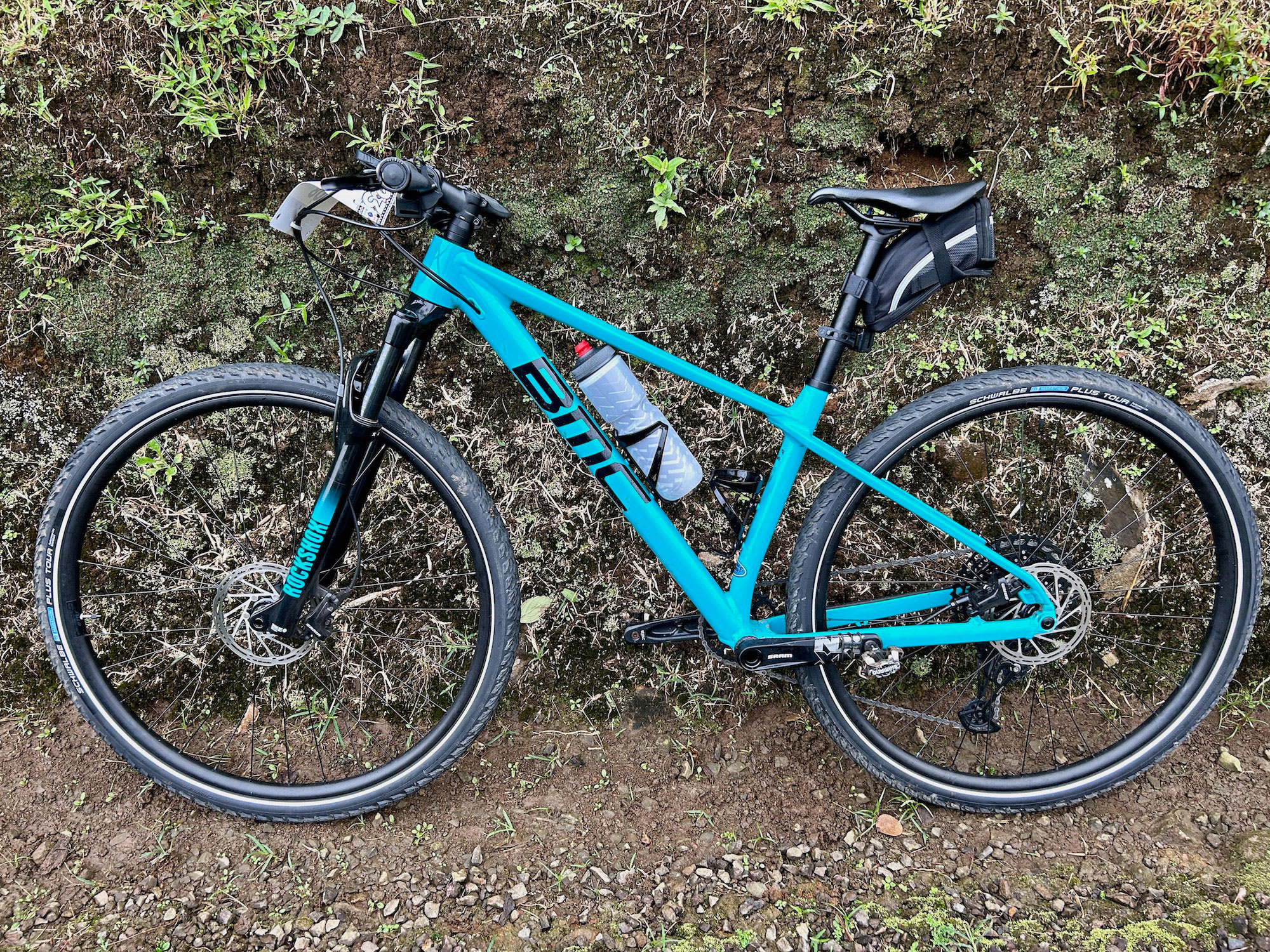
BMC Two Stroke
BIKE: BMC Two Stroke aluminum hardtail
GEAR: Saddle bag, Bontrager palm support grips, Schwalbe Marathon Plus Tour 700 x 38c tires
WHERE ITS BEEN: This is its first trip!
THE VERDICT: Nice to have front fork suspension.
Ted Malden (UK) 2nd TDA Tour
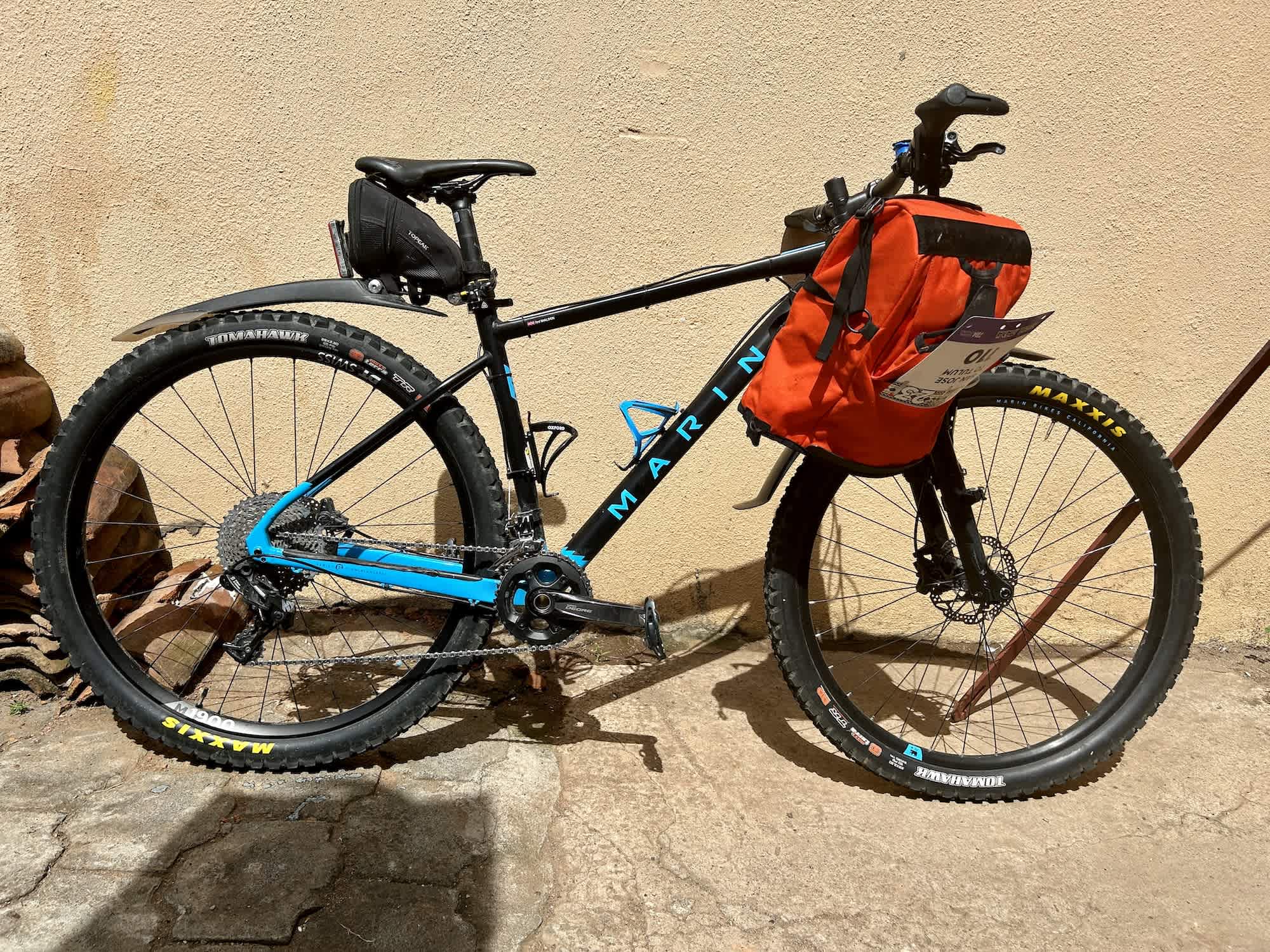
Marin Team Marin
BIKE: Marin Team Marin aluminum hardtail
GEAR: Topeak saddle bag, Topeak Defender m2 (rear), Topeak Tetrafender (front), Schwalbe Marathons and Maxxis Tomahawks 29 x 2.3 tires, Restrap handlebar bag W
HERE ITS BEEN: First big trip! Some mountain biking around London
THE VERDICT: Great gearing, good for this type of terrain.
Wendy McDonald (USA) 2nd TDA Tour
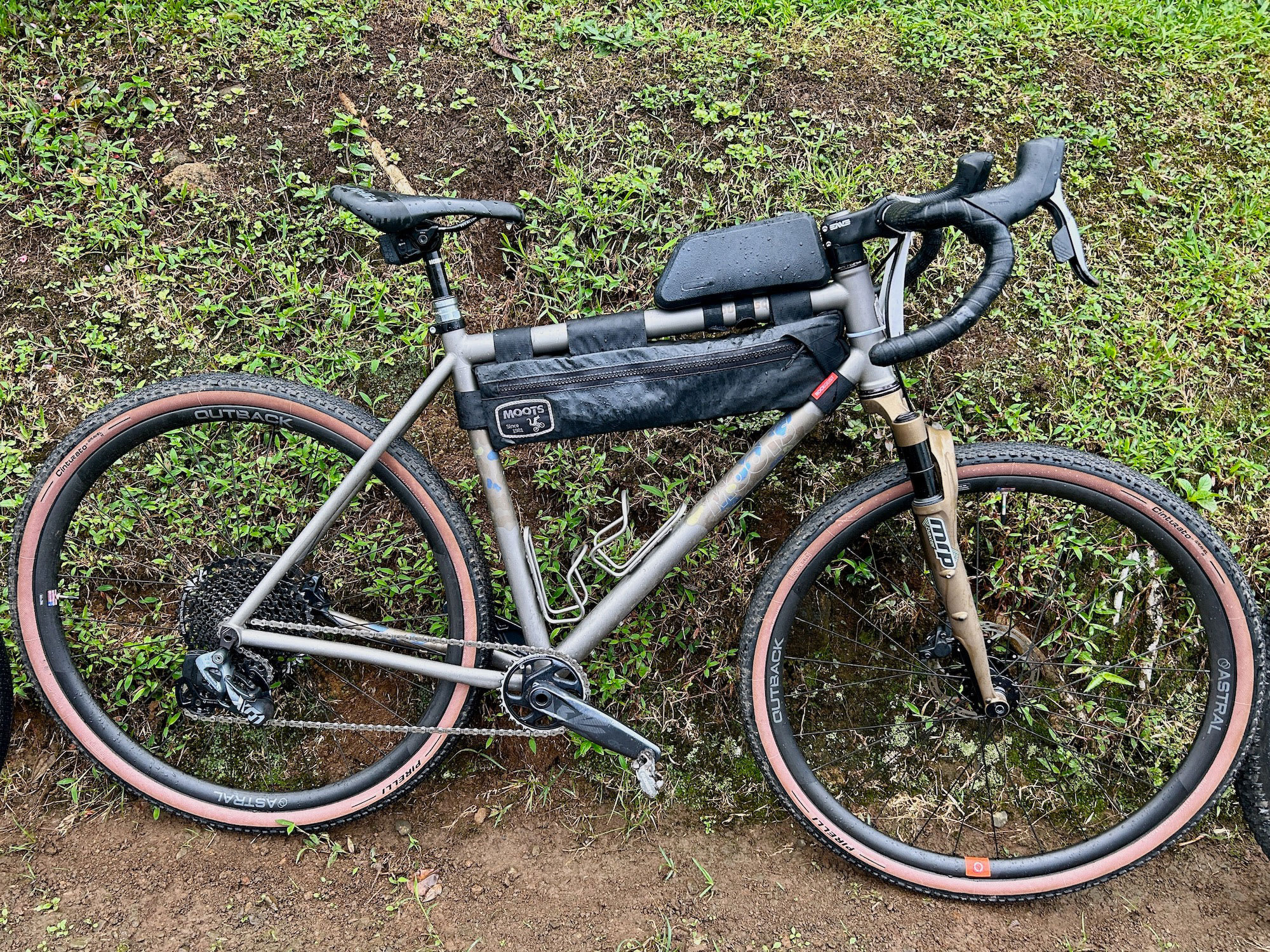
Moots Routt ESC
BIKE: Moots Routt ESC titanium hardtail
GEAR: Rhinowall top tube case, Moots half frame bag, Cinturato Pirelli gravel 700 x 45c tires
WHERE ITS BEEN: The Ruta Maya is its first trip!
THE VERDICT: Perfect for this kind of terrain.
Justin Ripley (USA) 2nd TDA Tour
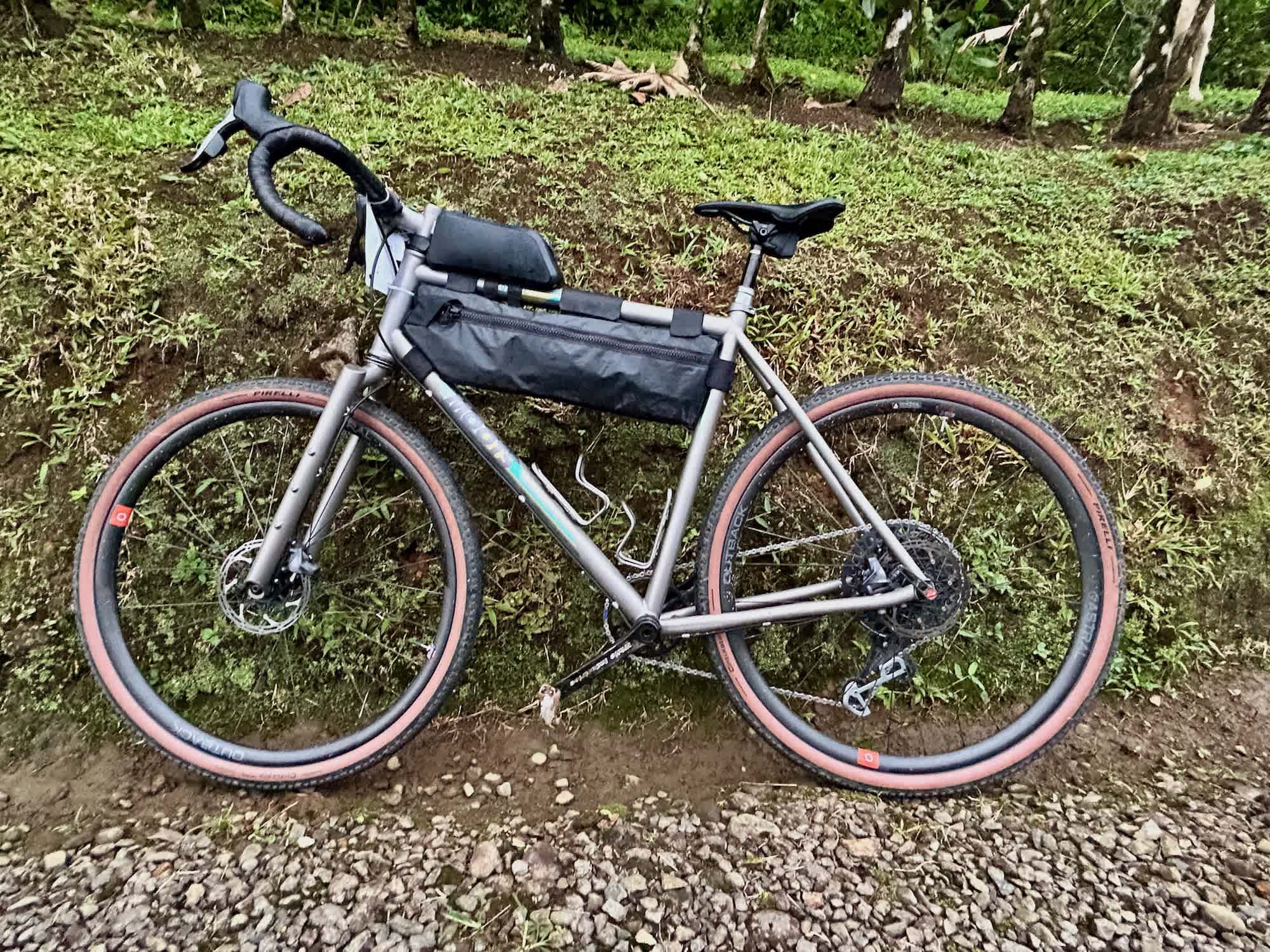
Moots Routt ESC
BIKE: Moots Routt ESC titanium fully rigid
GEAR: Rhinowall top tube case, Moots half frame bag, Cinturato Pirelli gravel 700 x 45c tires
WHERE ITS BEEN: The Ruta Maya is its first trip!
THE VERDICT: Good for this type of terrain, but would be nice to have front suspension.
Cindy Rogers & Jim Tory (Canada) 2nd TDA Tour
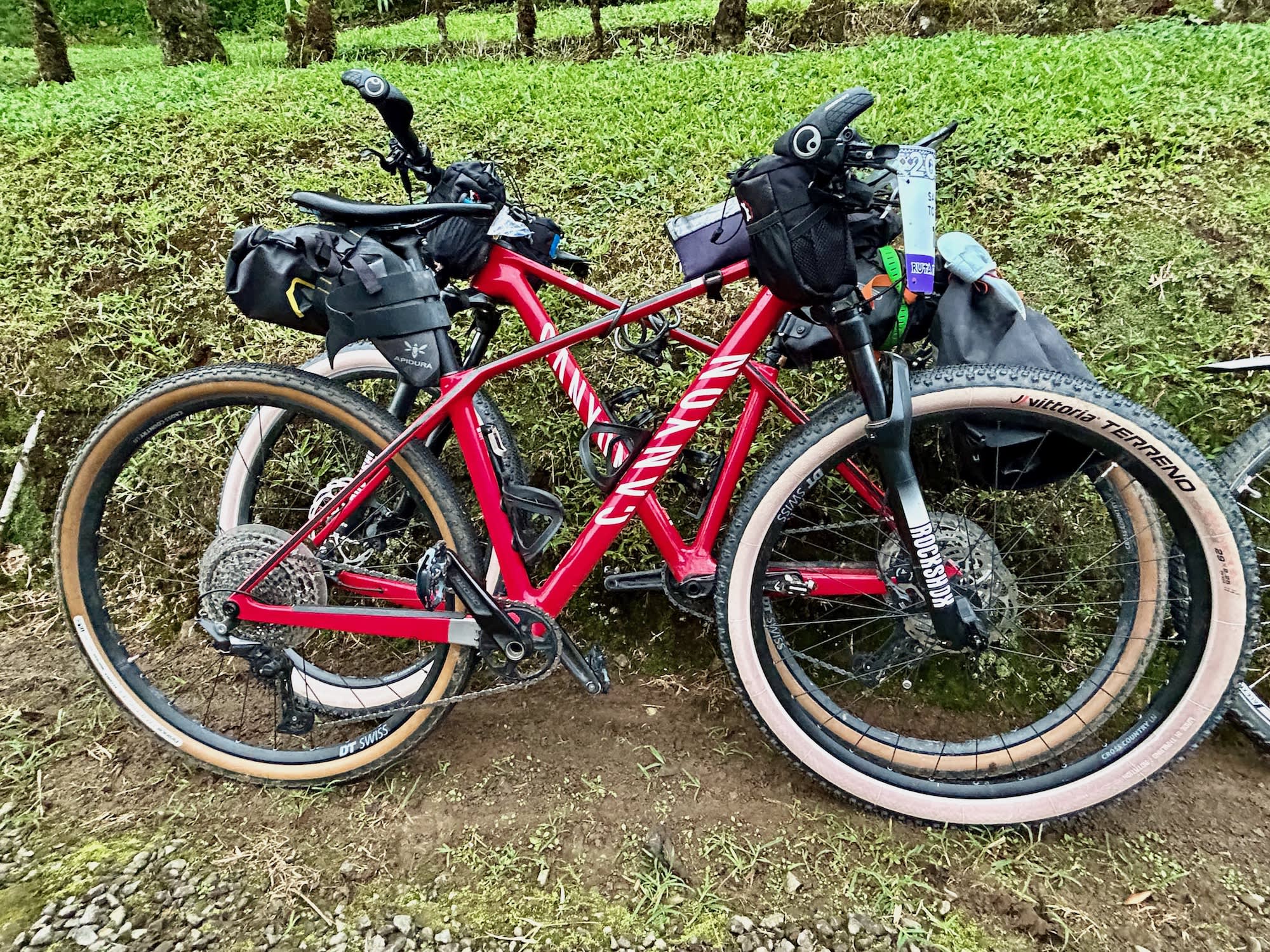
Canyon Exceeds
BIKES: Canyon Exceeds carbon hardtails
GEAR: Revelate Designs feed bags, Apidura/Ortlieb saddle bags, Ergon GP2 grips, Panaracer Gravel King sk+/ 700 x 50c (rear) and Vittoria Terreno (front) 29 x 2.25
WHERE THEY’VE BEEN: The Ruta Maya are they’re first trip!
HOW ARE THEY DOING? Bought for this trip and so far they’re doing great.
Hubert Schanne (Germany) 3rd TDA Tour
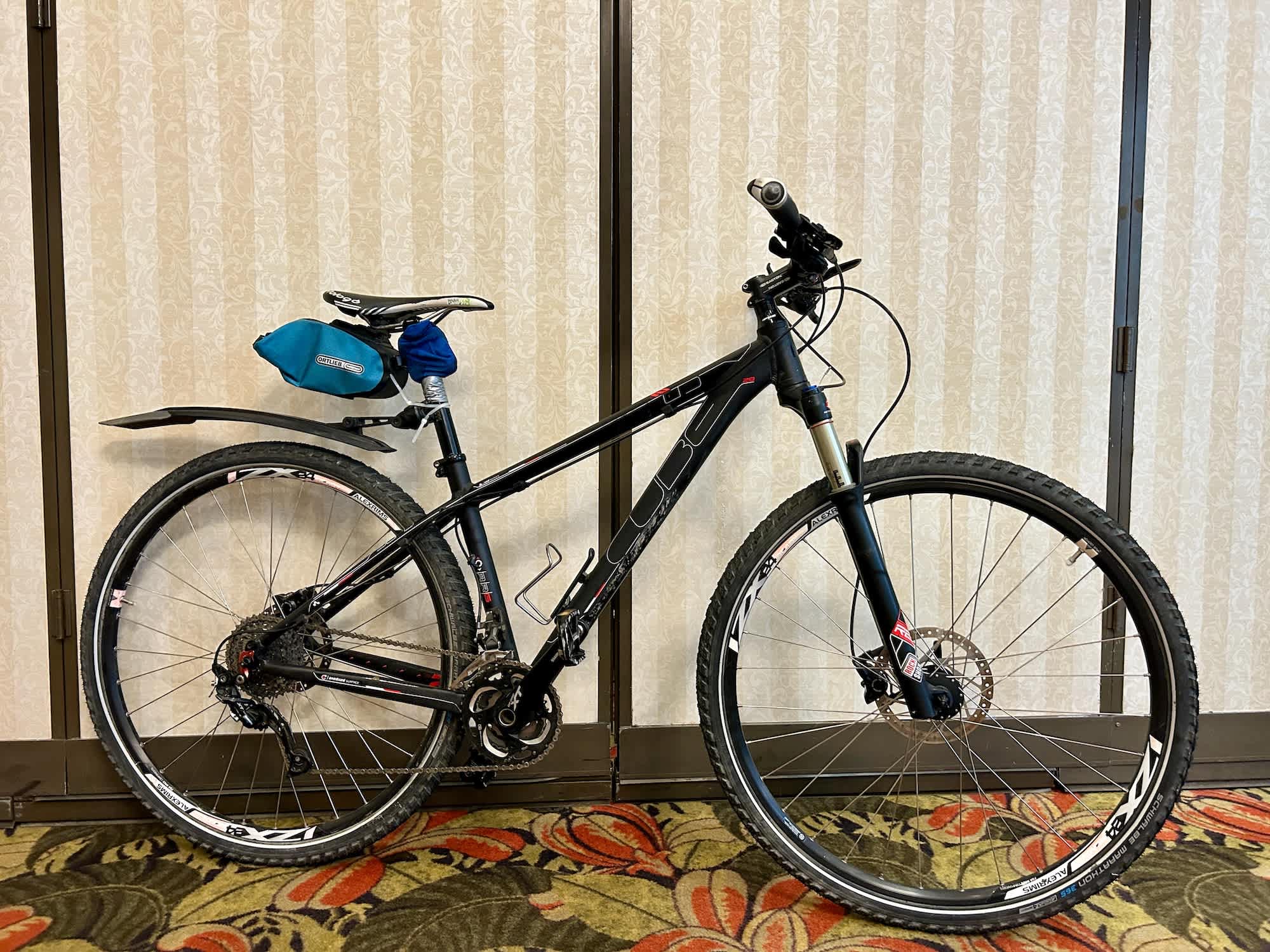
Cube 6000 LTD
BIKES: Cube LTD aluminum hardtail
GEAR: Thudbuster seat post suspension, Ergon palm support grips, Schwalbe Marathon 365 28 x 2.25
WHERE ITS BEEN: India
THE VERDICT: Bought for 500 Euros in 2015 and will donate it in Mexico – this is its last hoorah!
Sjoerd van Berkel (Netherlands) 1st TDA Tour
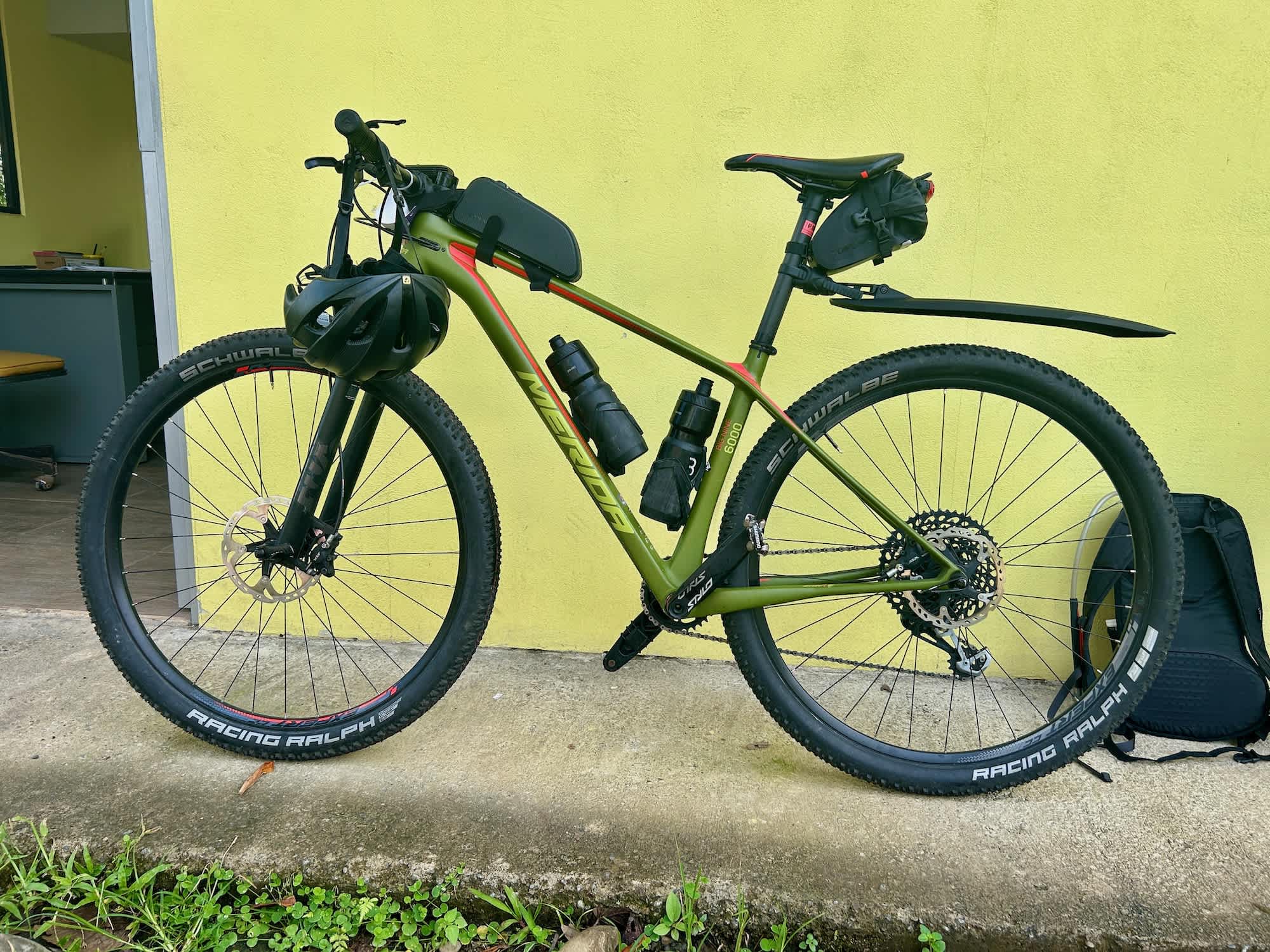
Merida Big.Nine
BIKE: Merida Big.Nine carbon hardtail
GEAR: Topeak top tube case, Topeak saddle bag, rear fender, Schwalbe Racing Ralphs 29 x 2.25
WHERE ITS BEEN: Kenya, Austria
THE VERDICT: Great bike for this trip.
RELATED
TOUR

Ruta Maya
This incredible cycling adventure will take riders across Central America, from Costa Rica through Nicaragua, Honduras, Guatemala, Belize and on into...
]]>
Becky Timbers is the Content Creator on the 2023 Ruta Maya. She sends this report from the tour’s first rest day in La Fortuna, Costa Rica.
San José is a bustling metropolis located almost smack dab in the middle of Costa Rica. Like most Central American cities, there’s a lot going on: cars and taxis zooming left and right, rich aromas wafting from street vendor stands, masses of people walking to and from their daily activities, and sounds emanating from every dimension. The busy city centre was a bit overwhelming to say the least, especially since I had just arrived from the United States where my day-to-day life revolves around the quiet comfort of my converted camper van.
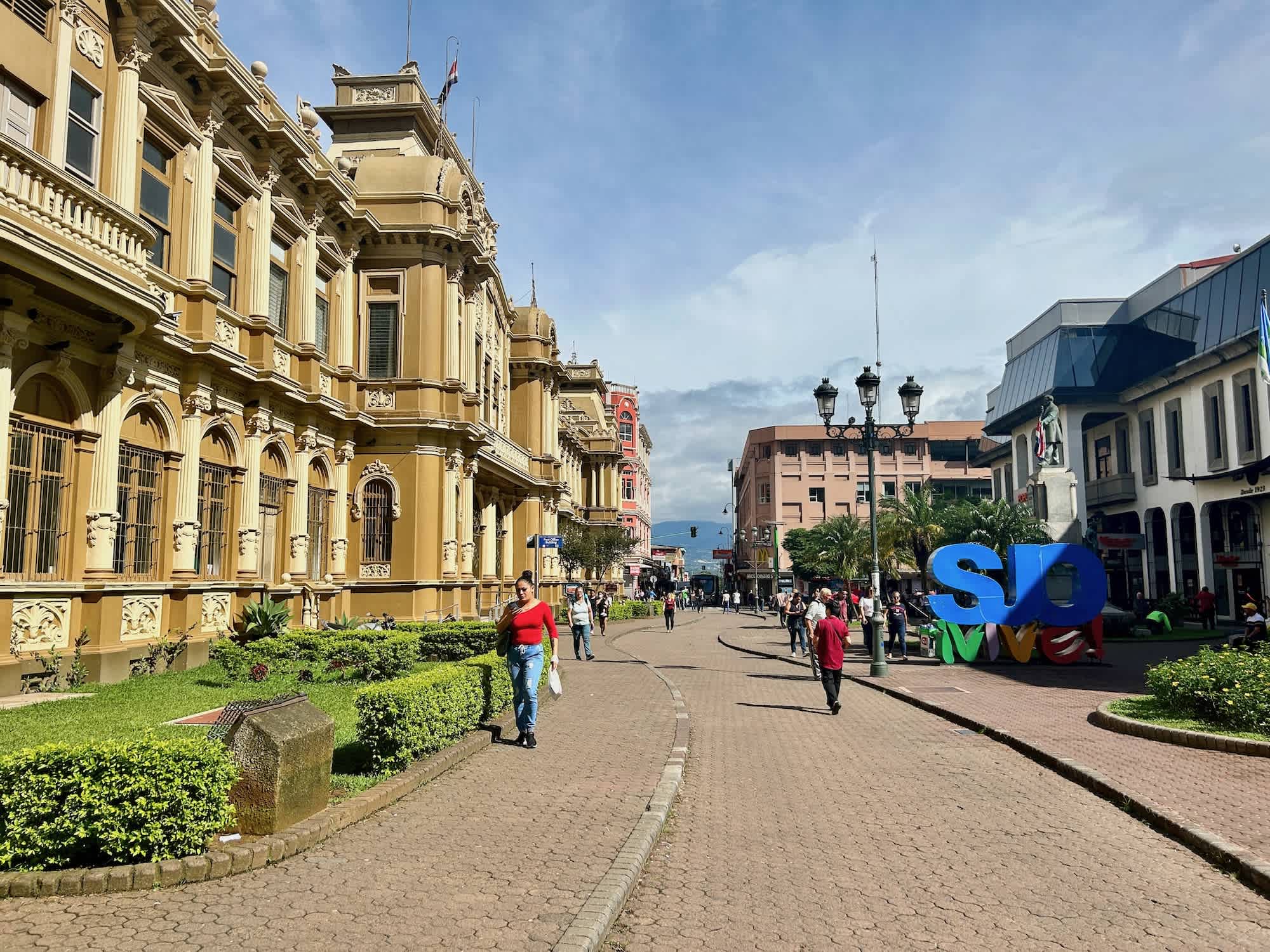
As a new Content Creator for TDA Global Cycling, I was quickly thrown into the trip preparations for the Ruta Maya tour that would be departing in just a few days. Between bike building, grocery shopping, gear organizing, and staff meetings, there was a lot to get in order. Soon, the 17 riders that would be taking on the full 3,065 km trip from Costa Rica to Mexico started arriving with their bike boxes in tow. Introductory emotions ranged from excitement to nervousness and maybe even a little bit of denial.
The Ruta Maya is one of the more physically demanding TDA tours. In total, there is over 47,000 meters of climbing in just 32 riding days. That’s a lot! But spirits were high and the riders were eager to get their wheels rolling. Our group set out on a quiet Sunday morning when the streets of San José were still mostly empty. As we headed northeast out of town, the rolling hills became steeper until we were steady climbing up, and up, and up. The first day was no joke! For those wondering how mountainous this trip would be, they got a taste of the climbs to come.
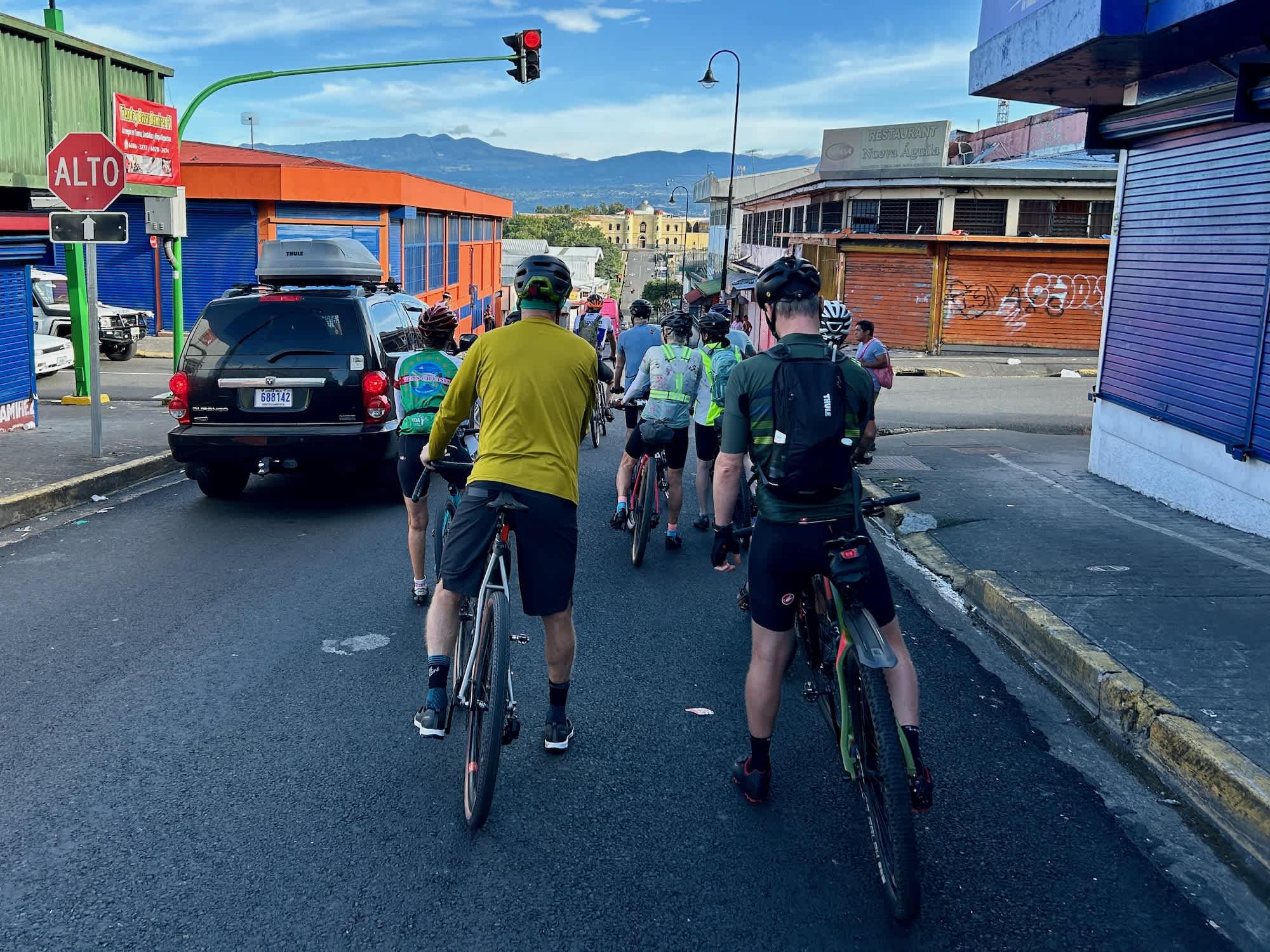
We rode out of San José on a quiet Sunday morning and soon found ourselves climbing up and out of the city on a mountainous road
As we climbed higher out of San José, the cityscape spread out behind us and we started passing through coffee plantations, then verdant pastures, and eventually lush rainforest. The first section of the Ruta Maya is dubbed “Into The Jungle.” Between Costa Rica and Guatemala, the route travels through dense rainforest filled with gushing waterfalls, towering volcanos, abundant wildlife, and every shade of green you can imagine.
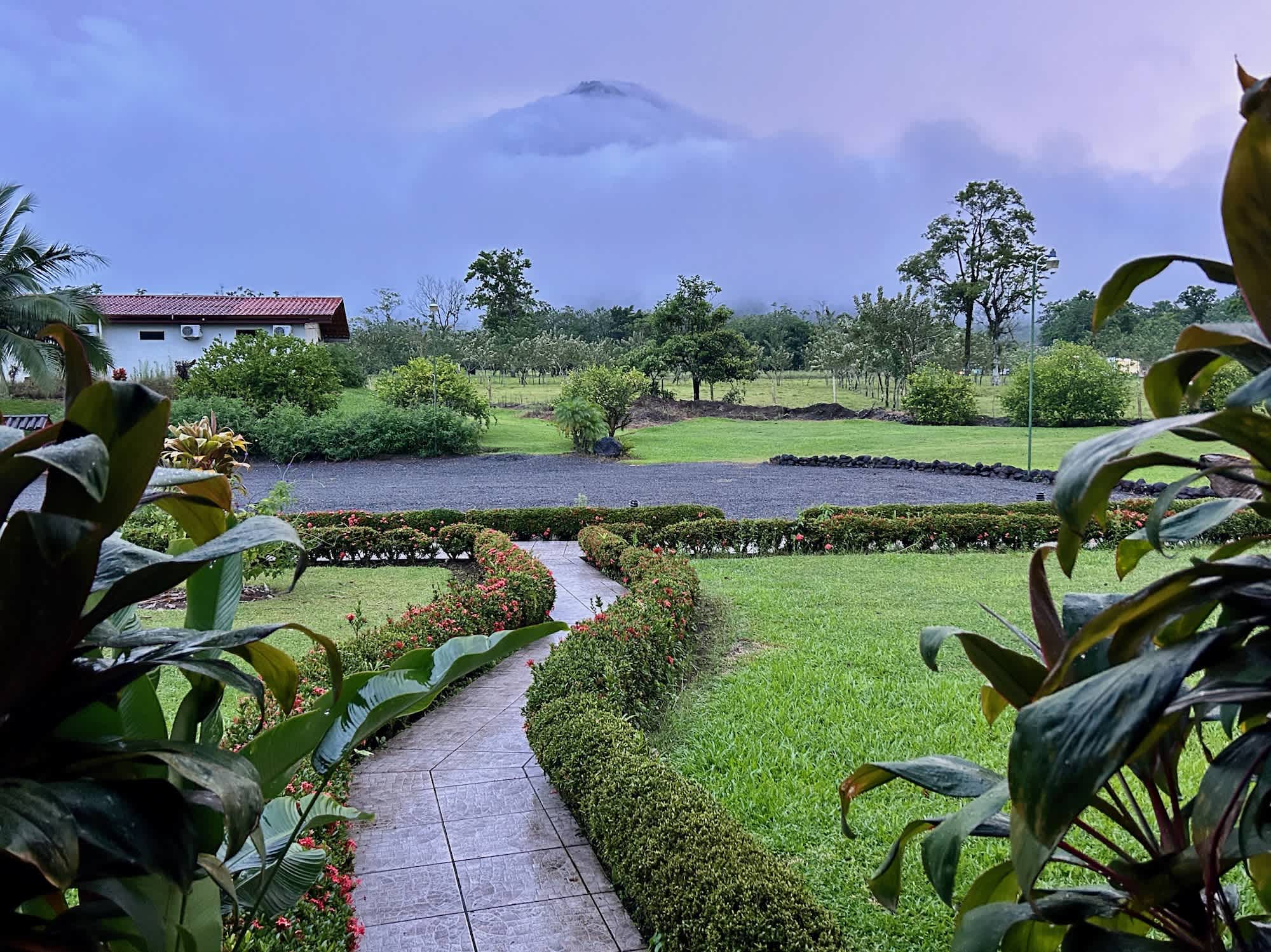
Volcán Arenal, shrouded in clouds, towers above the town of La Fortuna, a popular hub for rainforest adventures and where we spent our first rest day
Over half of Costa Rica’s territory is covered by tropical rainforests, much of which is primary forest – the most carbon-dense and biodiverse ecosystems in the world. These swaths of land are crucial for helping to regulate the global climate as well as providing homes for countless tropical plant and animal species. As we pedalled the first few days of the Ruta Maya, the rainforest seemed to integrate with the towns and roads that we passed through.
Everywhere were signs of the jungle from the constant buzzing of insects to the curtain of green lining the roads and the deluge of afternoon thunderstorms that provided a nice relief from the heat and humidity. The rainforests around us seem like a world apart from the urban sprawl of San José that we were in just a few days ago. I think that I can speak for the riders when I say that I’m excited to dive deeper into this world as we travel further into the jungle.
RELATED
TOUR

Ruta Maya
This incredible cycling adventure will take riders across Central America, from Costa Rica through Nicaragua, Honduras, Guatemala, Belize and on into...
]]>
While cycling the 1260 km through Guatemala, Belize and Mexico on the – Ancient Cities – section of the 2023 Ruta Maya, the riders will be treated to 5 well-deserved rest days. Each one offers them a number of opportunities to explore both the natural and cultural highlights of the region.
Spaces are currently available for both this section and the full tour.
Panajachel
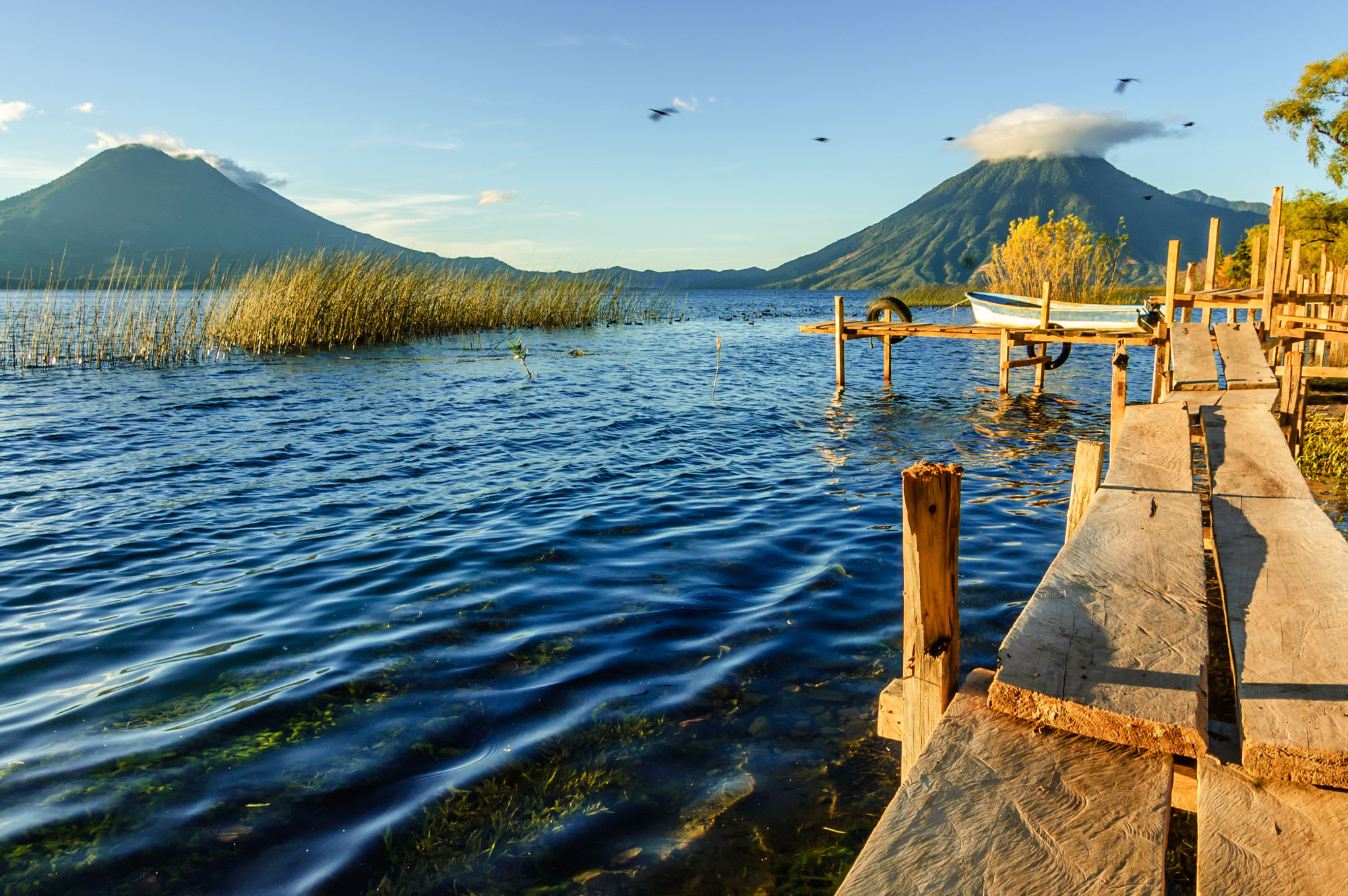
Early morning view from Panajachel
Just one short riding day after beginning this section in Antigua, Guatemala, known for its gorgeous colonial architecture, the cyclists will spin down into the bustling town of Panajachel. It is located on the shores of Lake Atitlán, widely considered one of the most beautiful lakes in the world. This immense crater lake, 1500 m above sea level, is surrounded by 3 volcanoes whose slopes are covered in verdant forests. From Panajachel the riders can hike around the lake, catch a boat to any number of Mayan villages, or simply wander through the town, checking out the local textiles and handicrafts for sale on the main street. In the evening they can enjoy a cold drink at one of the town’s many restaurants and soak in the incredible view over the lake.
Santa Anna Verapaz
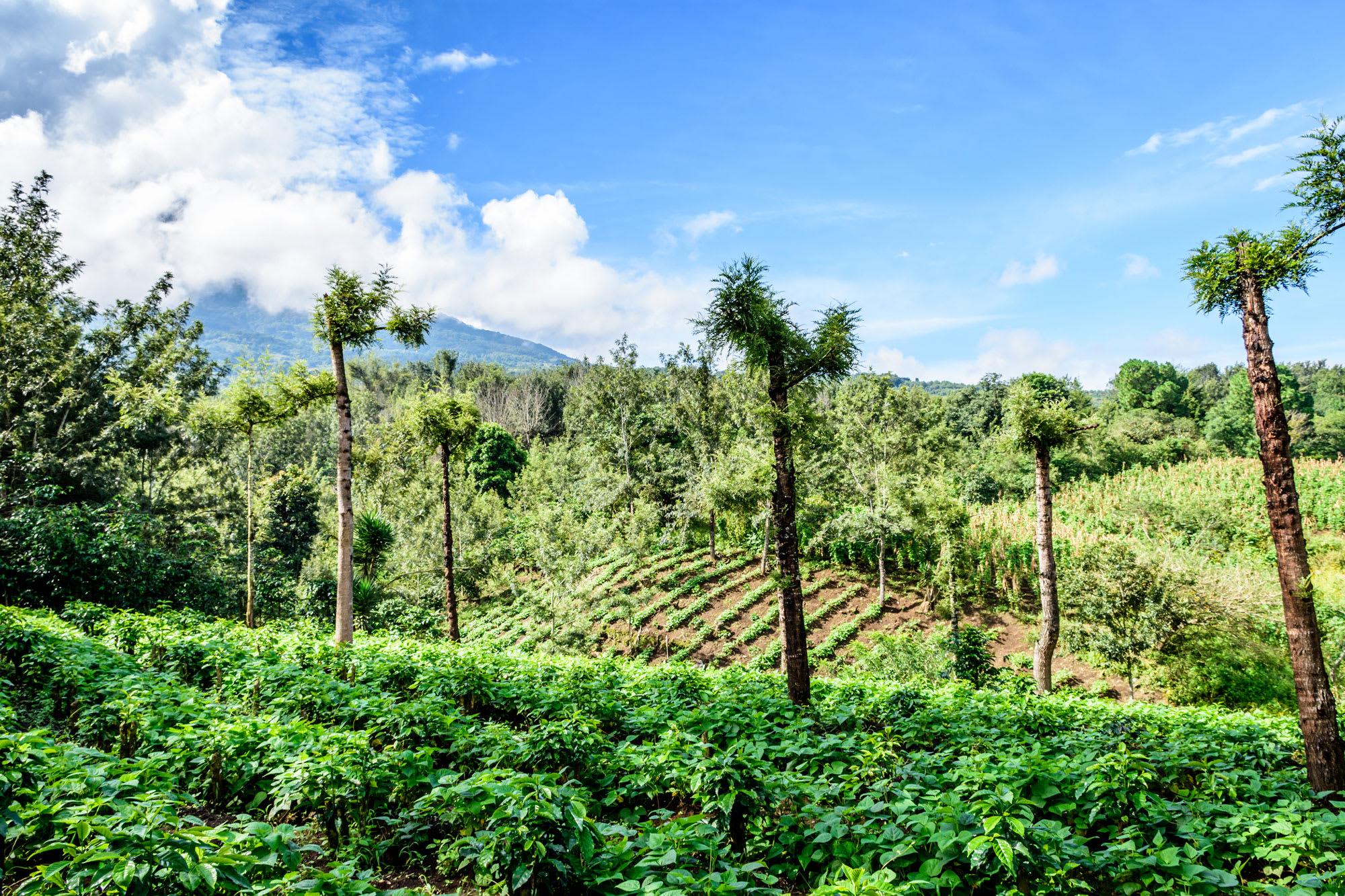
Coffee fields near Santa Anna Verapaz
When the riders pull into their next rest day in the small city of Santa Anna Verapaz, they will have just completed 2 of the most intense days on the entire Ruta Maya, cycling through a remote and mountainous region of central Guatemala. Although the participants may wish to simply lie by the hotel pool and recover, they can also explore the surrounding area which is known for its coffee plantations. There are also a number of waterparks in the city to cool off in. About 10 km north Santa Anna Verapaz, they will find Orquigonia, a beautiful orchid farm that the cyclists can explore on a guided forest walk that will allow them to discover some of the world’s rarest miniature orchids.
Tikal
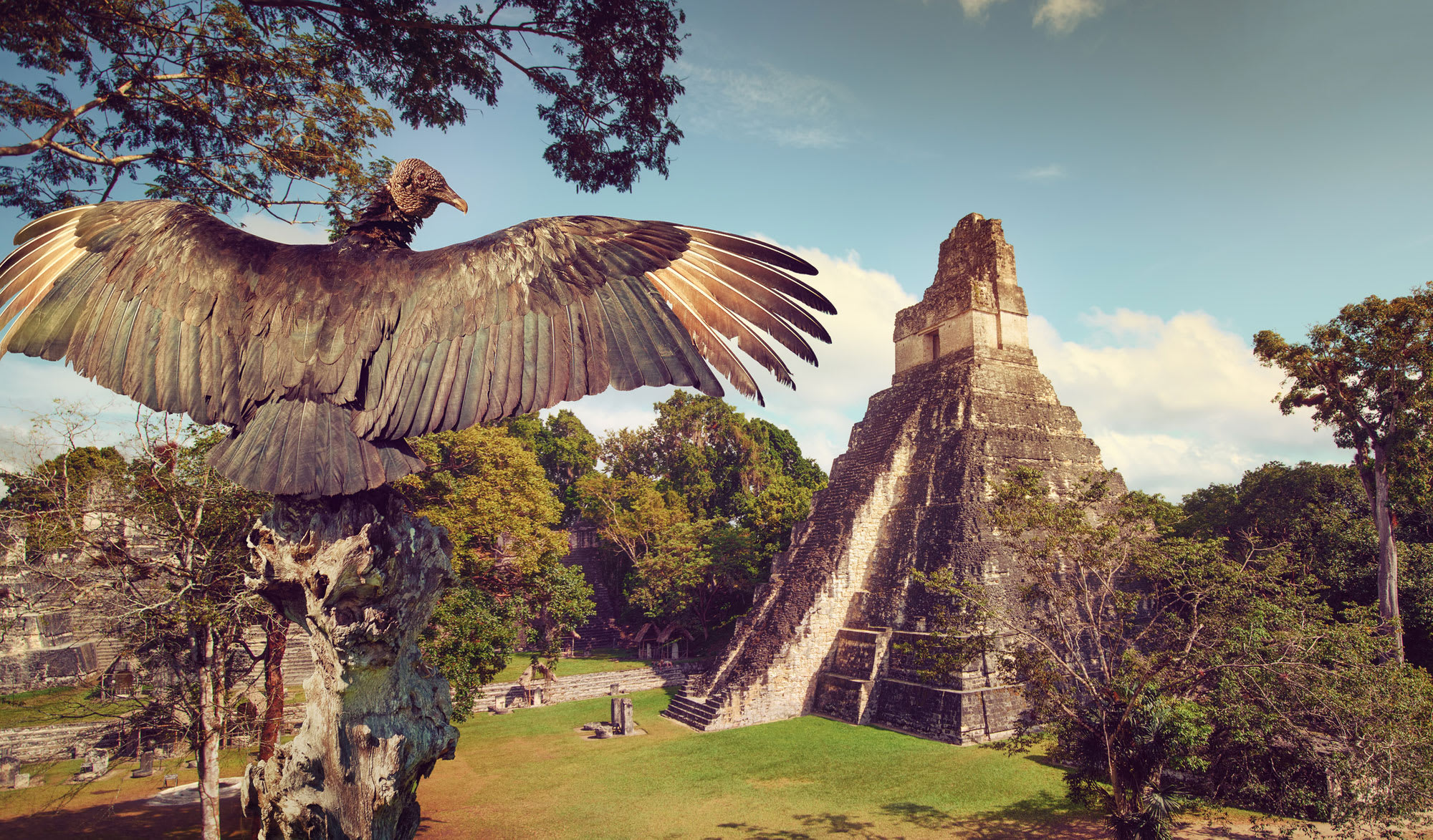
Tikal National Park
The riders will enjoy a memorable rest day in Tikal, staying in a lodge that is situated within the National Park itself, making visiting the ruins incredibly easy. This truly is a unique site. UNESCO points out that, “Tikal National Park is one of the few World Heritage properties inscribed according to both natural and cultural criteria for its extraordinary biodiversity and archaeological importance. It comprises 57,600 hectares of wetlands, savannah, tropical broadleaf and palm forests with thousands of architectural and artistic remains of the Mayan civilization.” The cyclists should be sure to arise before dawn on their rest day to catch the incredible sunrise from the top of Temple IV, at 70 m the highest pyramid in the park.
San Pedro Island
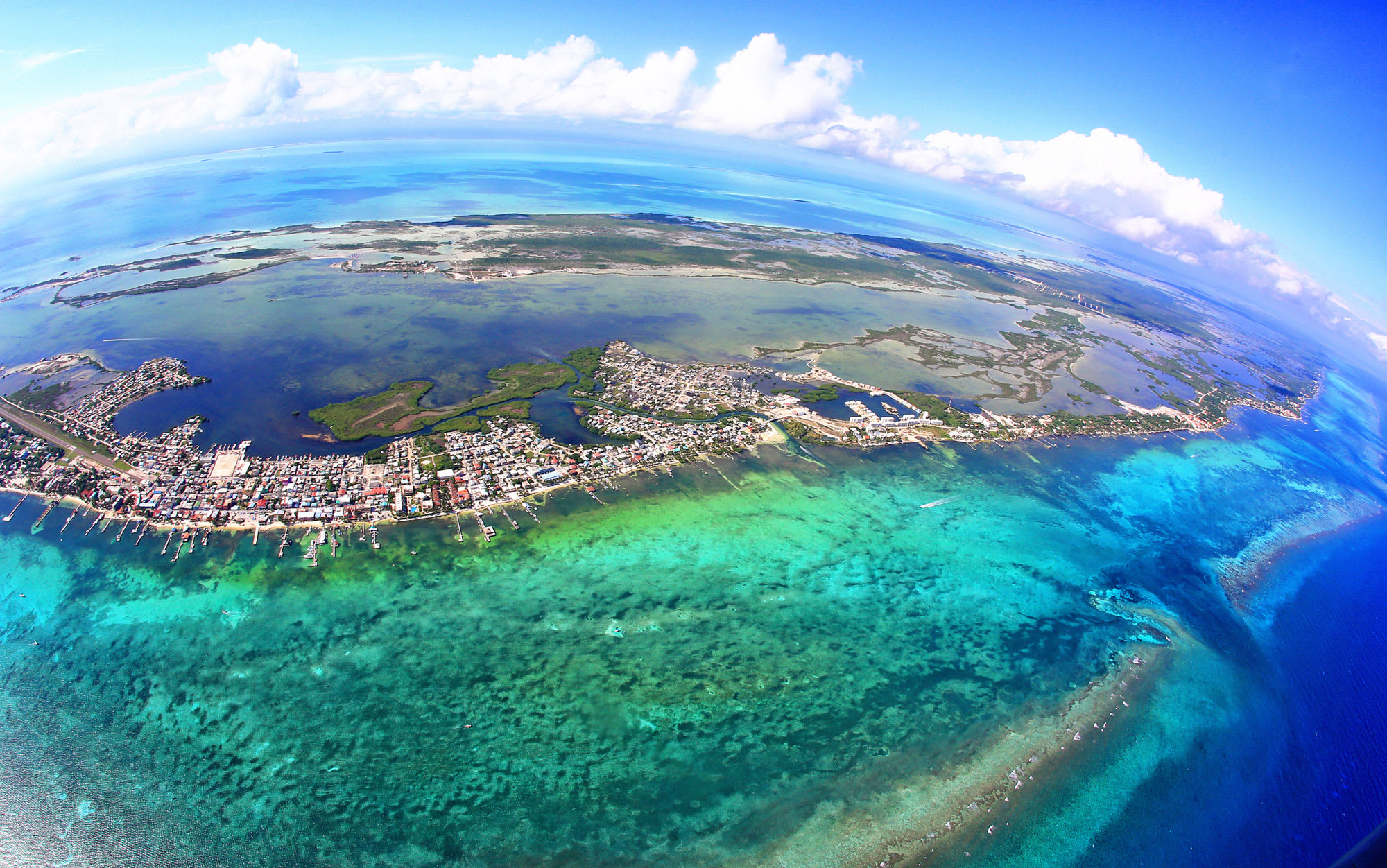
Aerial view of San Pedro Island
Having crossed into Belize, the riders will take a break in San Pedro, a beach town beautifully situated on the turquoise waters of the Caribbean Sea. It is known for its incredible white sand beaches and crystal clear waters. San Pedro is also close to the Belize Barrier Reef and riders can opt to take a tour out to the Hol Chan Marine Reserve and Shark Ray Alley to snorkel or scuba dive and explore the incredible marine life including sharks, eels, parrotfish and stingrays. The town’s streets are dotted with delicious seafood restaurants and charming beach bars. The atmosphere here is very laid-back and the riders will find themselves hanging out at the end of the day, drink in hand, enjoying one of the island’s incredible sunsets.
Bacalar
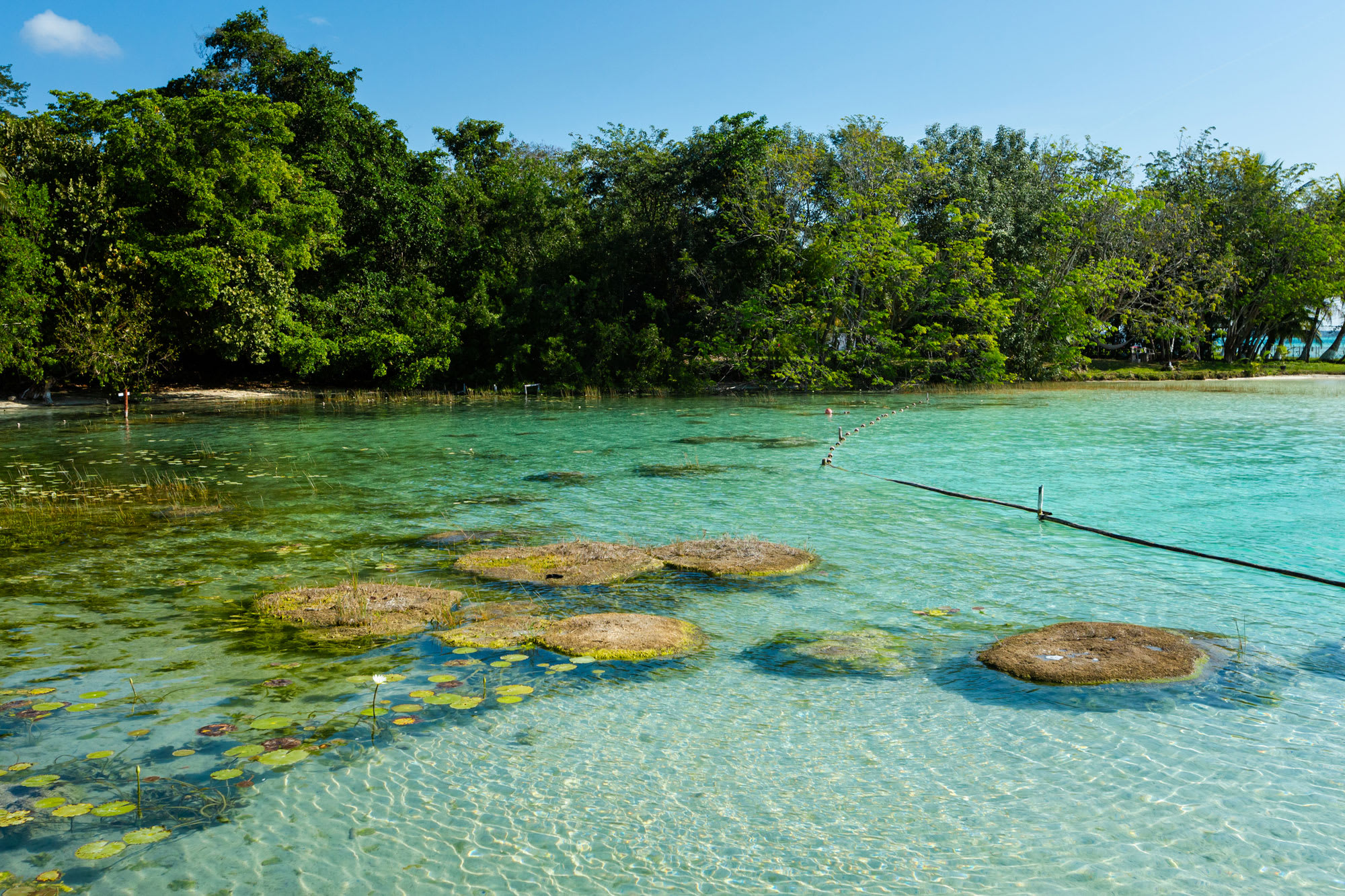
Stromatolites Lagoon, Bacalar
The last rest day on this section will take place in Bacalar, Mexico. Located just across the border from Belize, this town is surrounded by dense tropical rainforest and is situated on Lake Bacalar, more commonly known as the Lagoon of Seven Colours. Largely blue, turquoise and indigo, the colours shift and change during the day. The lake is very clean and supports a large population of fish and birds. The riders should be sure to take a dip in the gorgeous waters to cool off. Bacalar also boast a Piracy Museum which is contained in an old Spanish fort, Fuerte de San Felipe, and just a few kilometres to the south of town, the cyclists can explore one of Mexico’s famous cenotes, Cenote Azul.
RELATED
TOUR

Ruta Maya
This incredible cycling adventure will take riders across Central America, from Costa Rica through Nicaragua, Honduras, Guatemala, Belize and on into...
]]>
While cycling the 1800 km through Costa Rica, Nicaragua, Honduras and Guatemala on the – Into The Jungle – section of the 2023 Ruta Maya, the riders will be treated to 4 well-deserved rest days. Each one offers them a number of opportunities to explore both the natural and cultural highlights of the region.
Spaces are currently available for both this section and the full tour.
La Fortuna, Costa Rica
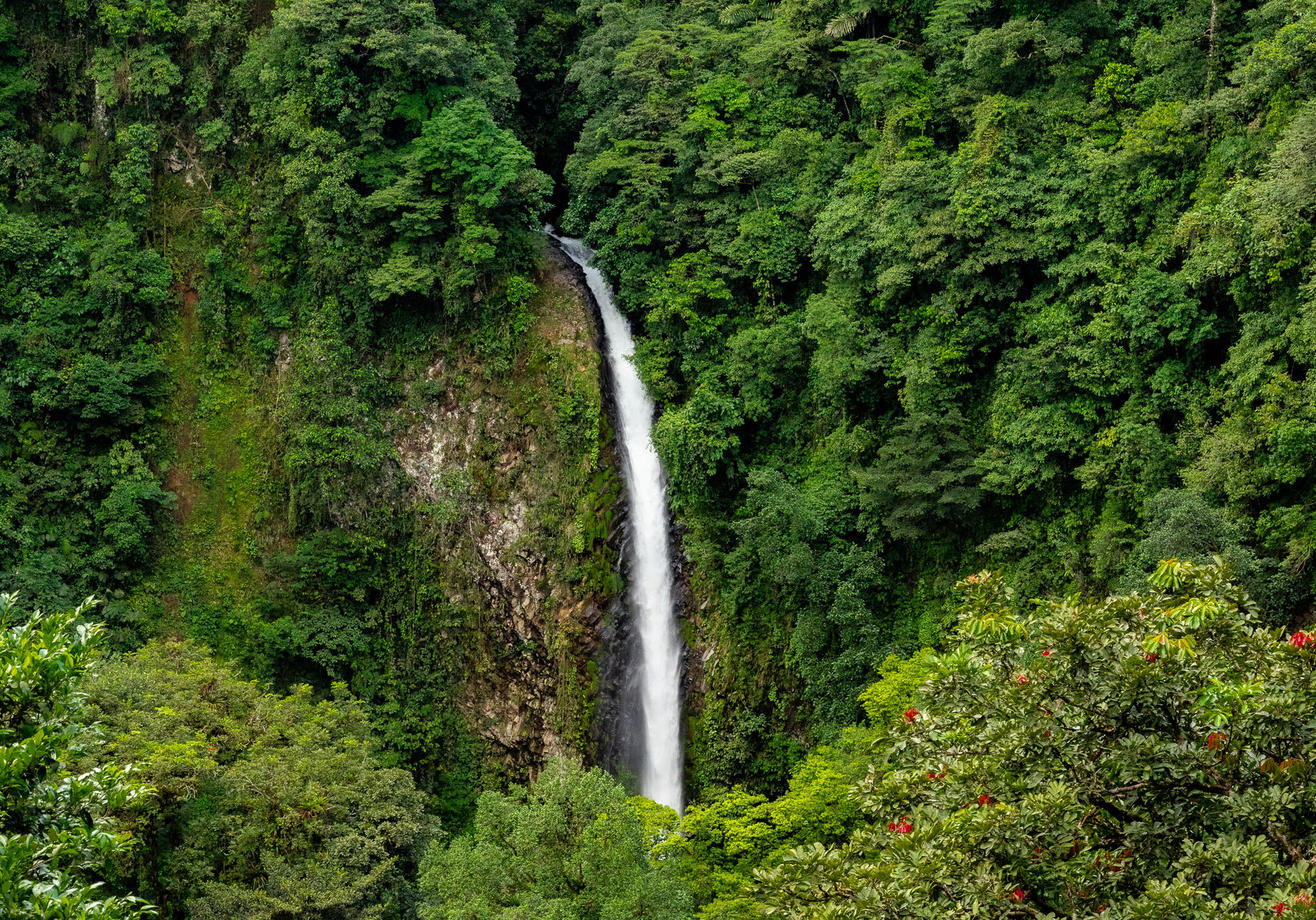
La Fortuna waterfall
After 2 very challenging days climbing out of Costa Rica’s capital city, San Jose, the riders will be happy to arrive in the small pleasant town of La Fortuna. It is best known as the gateway to Arenal National Park which contains 2 volcanoes – Chaton and Arenal. The latter was active from 1968 to 2010 but has been dormant since then. There are numerous hiking trails through the rainforest, most offering some incredible birdwatching. One leads to La Fortuna waterfall which plunges 70 m into a pool at the bottom where riders can take a refreshing dip. Cyclists can also soothe their aching muscles in any number of hot springs along the Tabacon River to prepare for the next cycling stages.
Granada, Nicaragua
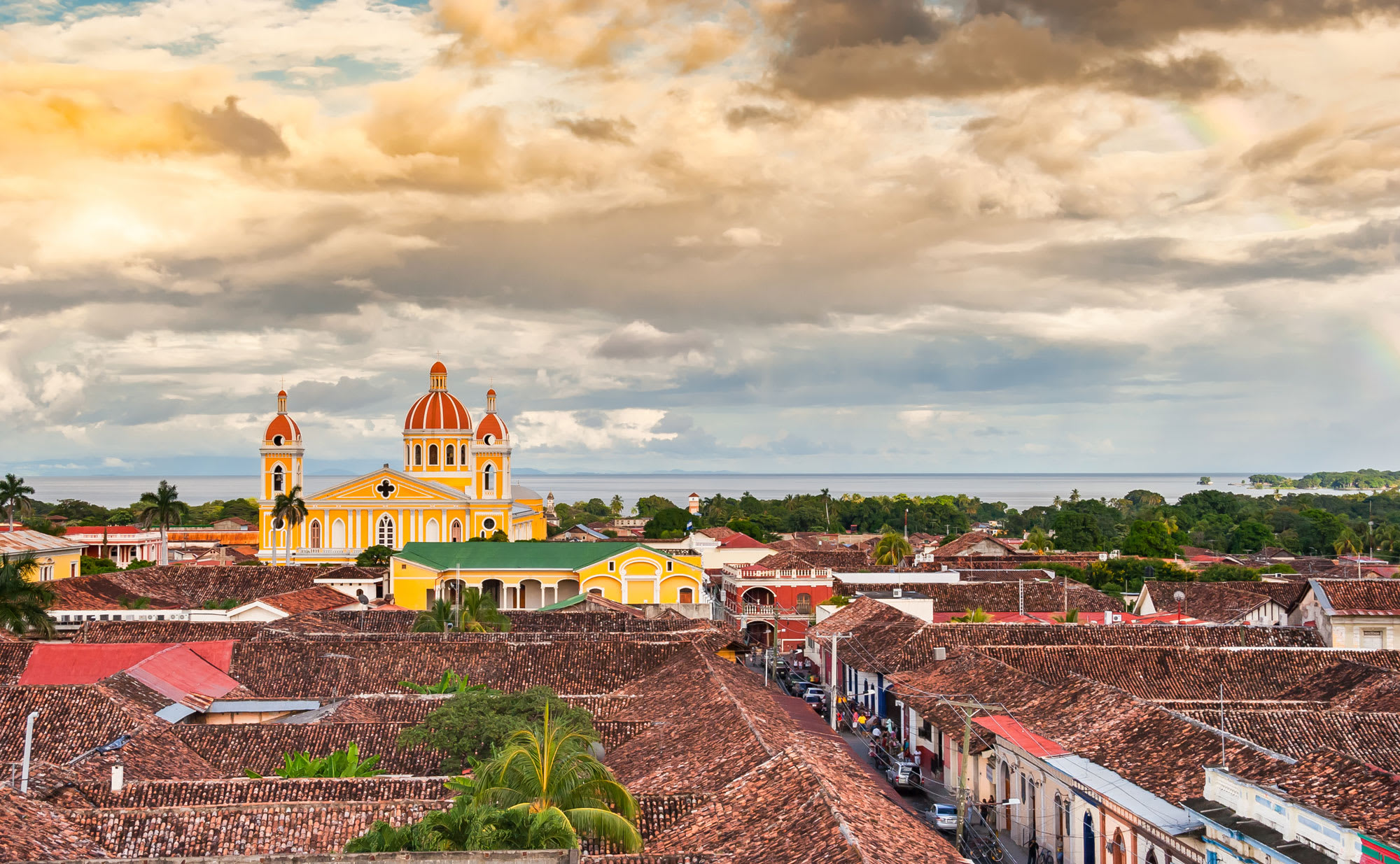
Lady of the Assumption Cathedral, Granada
While the first rest day for the riders features some spectacular natural wonders, their second rest day in Granada will spotlight more cultural highlights. Granada is the oldest city on the North American continent and throughout its long history, as one of the most important ports in the Spanish Empire, has survived many pirate attacks. It is perched on the shores of Lake Nicaragua, the largest lake in Central America and is renown for its stunning well-preserved colonial architecture. The city is very walkable and riders can wander aimlessly through its colourful markets and take a shady break in the sprawling Parque Central. They can also hop on their bikes and cruise the Malecon along the waterfront, taking in the beautiful views over Lake Nicaragua.
Valle de Angeles, Honduras
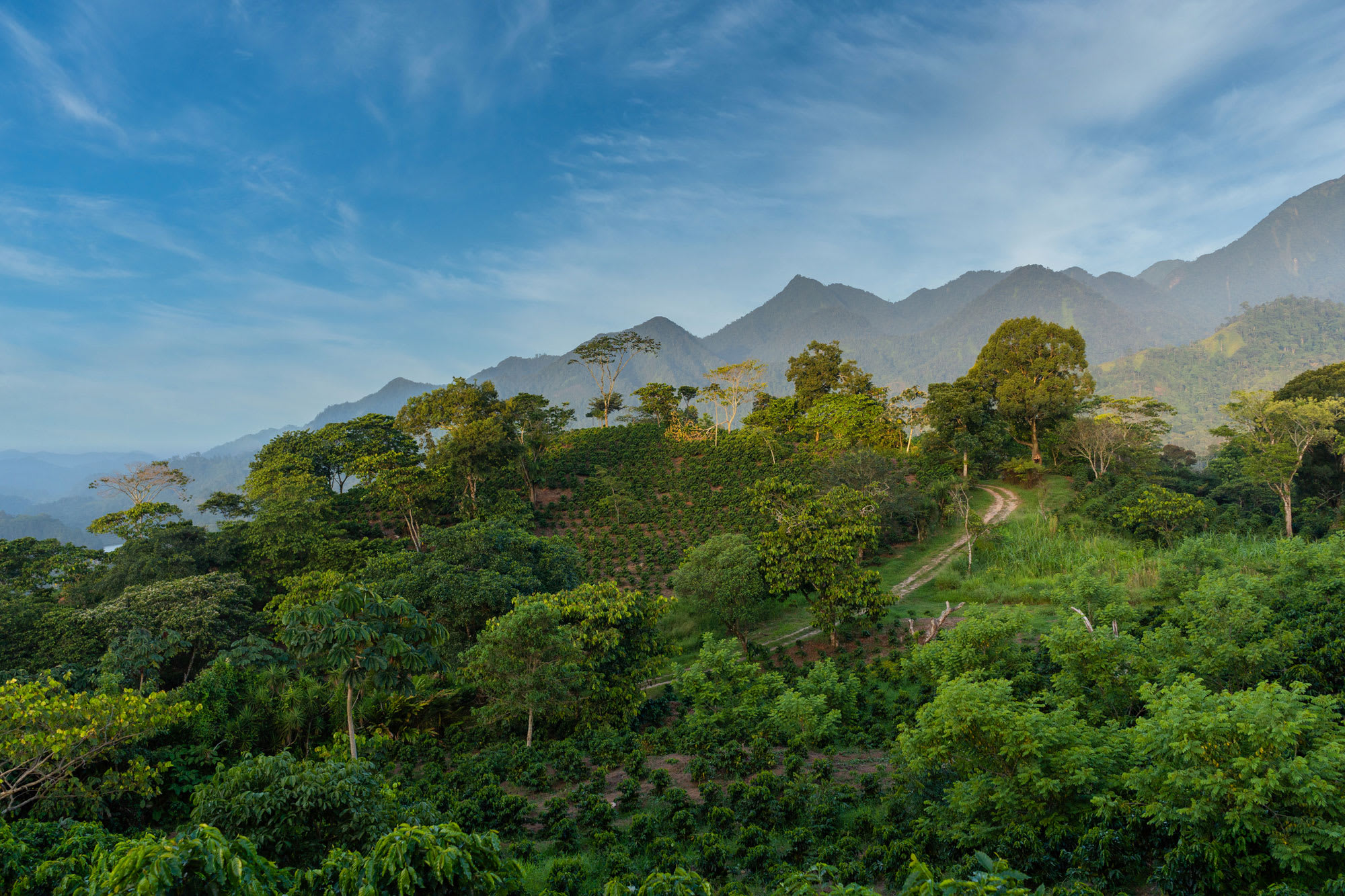
Mountains near Valle de Angeles
After 5 days of cycling from Granada, stages that will have taken the riders through Nicaragua’s misty cloud forests and over the dusty border into Honduras, they will arrive in the small town of Valle de Angeles. Set amongst pine forests at almost 1300 m, this rest day will allow the cyclists to breathe in the cool mountain air and relax. They can venture into La Tigra National Park, Honduras’s first protected area, to hike the trails or enjoy the views from the hanging bridges of the Canopy Walk. They can also trade in their bikes for horses and ride through the nearby Parque Obrero or explore the Sendero Las Golondrinas, a trail that will take them past rock formations and ancient mines to a beautiful waterfall.
Copan Ruinas, Honduras
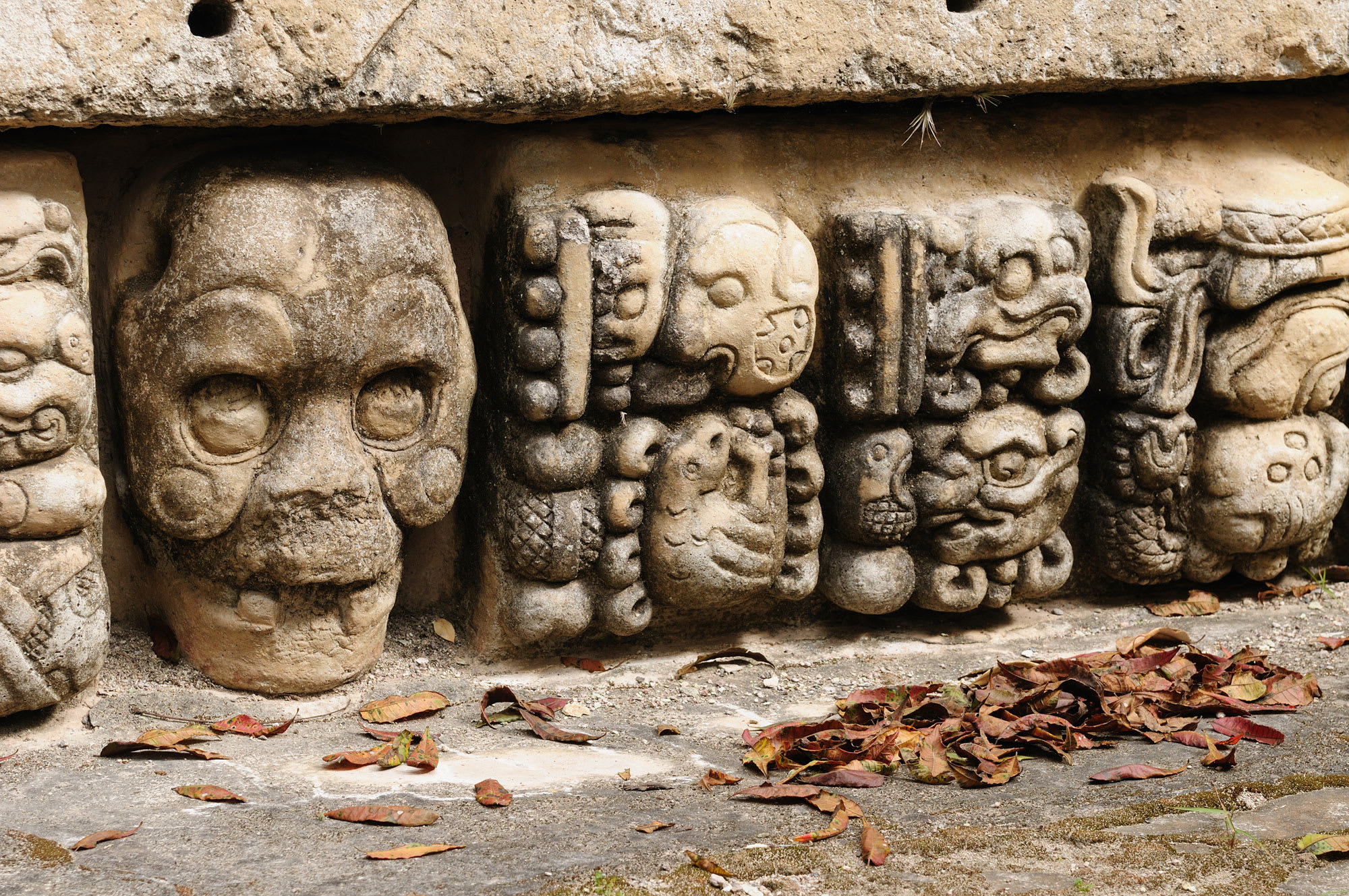
Carving details, Copan Ruinas
Having just completed possibly the most challenging and remote 4 days of cycling on the entire trip from Valle de Angles through the middle of Honduras, the riders will be pleased to arrive in Copan Ruinas for a well-deserved rest day. The village is built on the site of an ancient Mayan complex and the ruins are a reminder that this was once the centre of one of the most powerful Mayan city states. As Unesco puts it, “The Maya site of Copan represents one of the most spectacular achievements of the Classic Maya Period because of the number, elaboration and magnitude of its architectural and sculptural monuments. The stelae and altars at the Plaza form one of the most beautiful sculpture ensembles in the region.”
RELATED
TOUR

Ruta Maya
This incredible cycling adventure will take riders across Central America, from Costa Rica through Nicaragua, Honduras, Guatemala, Belize and on into...
]]>
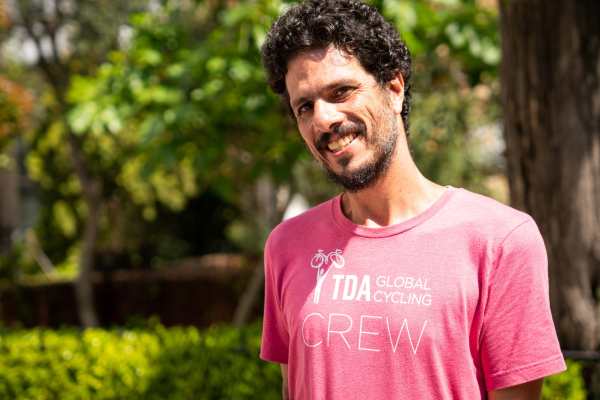 Cristiano Werneck, our head of Latin American operations, recently returned from scouting the entire route of our resurrected 2023 Ruta Maya tour. He and a colleague, Jairo, drove through Costa Rica, Nicaragua, Honduras, Guatemala, Belize and Mexico over the course of 4 weeks in April and May.
Cristiano Werneck, our head of Latin American operations, recently returned from scouting the entire route of our resurrected 2023 Ruta Maya tour. He and a colleague, Jairo, drove through Costa Rica, Nicaragua, Honduras, Guatemala, Belize and Mexico over the course of 4 weeks in April and May.
This is a tour we re-launched earlier this year after a decade of it being ‘on the shelf’. We knew that after such a long time the entire route would need to be reviewed and updated as roads and facilities along route would have inevitably changed – some for the better and some for the worse. Roads get paved, others fall into disrepair or have increased traffic volume. Some hotels are newly built while others have closed.
After reading Cris’ recent blog, I was curious to learn more about the details along the route he drove and what he thought about this tour set to start in November.
How do you scout? What is the general process? What are the key factors you consider when choosing a route (The safest roads? The flattest roads? The most interesting routes and towns?)?
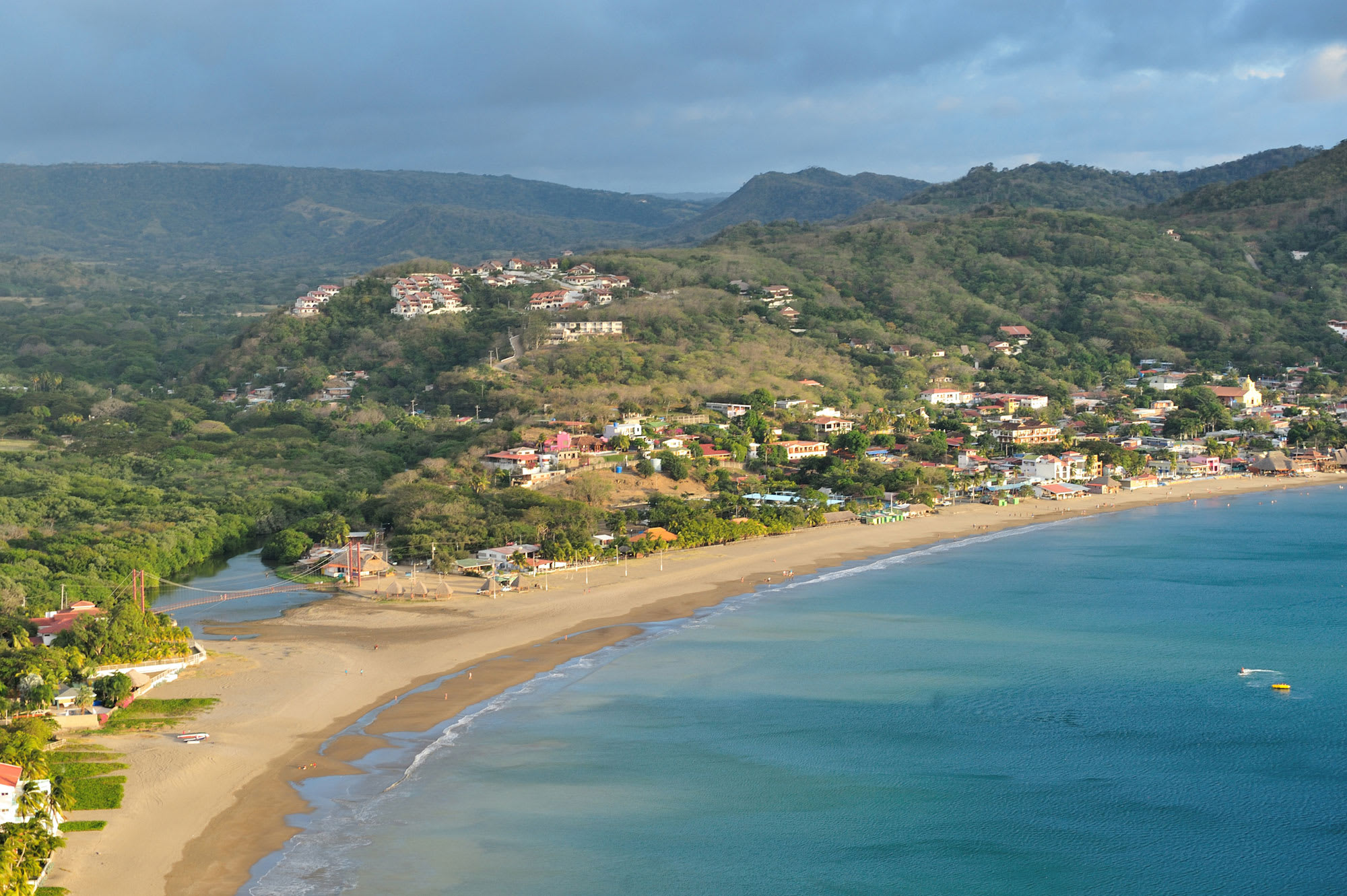
San Juan del Sur, Nicaragua
“This was a bit different than a regular scout, since we had already scouted it twice in the past and have run the tour 3 times previously. Basically, we start with a route draft on a map and some hotel reservations and we take it from there. The first thing we follow is the proposed route but we also tend to check other route options that may have been appealing in the research process. Sometimes it takes a few hundred kilometres on a certain route to realize it doesn’t work or a local suggests a different route. At the end of the scout it is not uncommon to have driven 3 or 4 times the length of the actual route.”
“The ideal route is usually a balance between safety and scenery but also points of interest, road conditions and accommodation options. When the navigation on tour was primarily the white board and flagging tape, the ease of navigation was also an important factor. This is still taken into account but it is way less vital now that everyone has the GPS tracks with them during the ride.”
From the route we originally did in 2012, what has changed (for better or worse)?
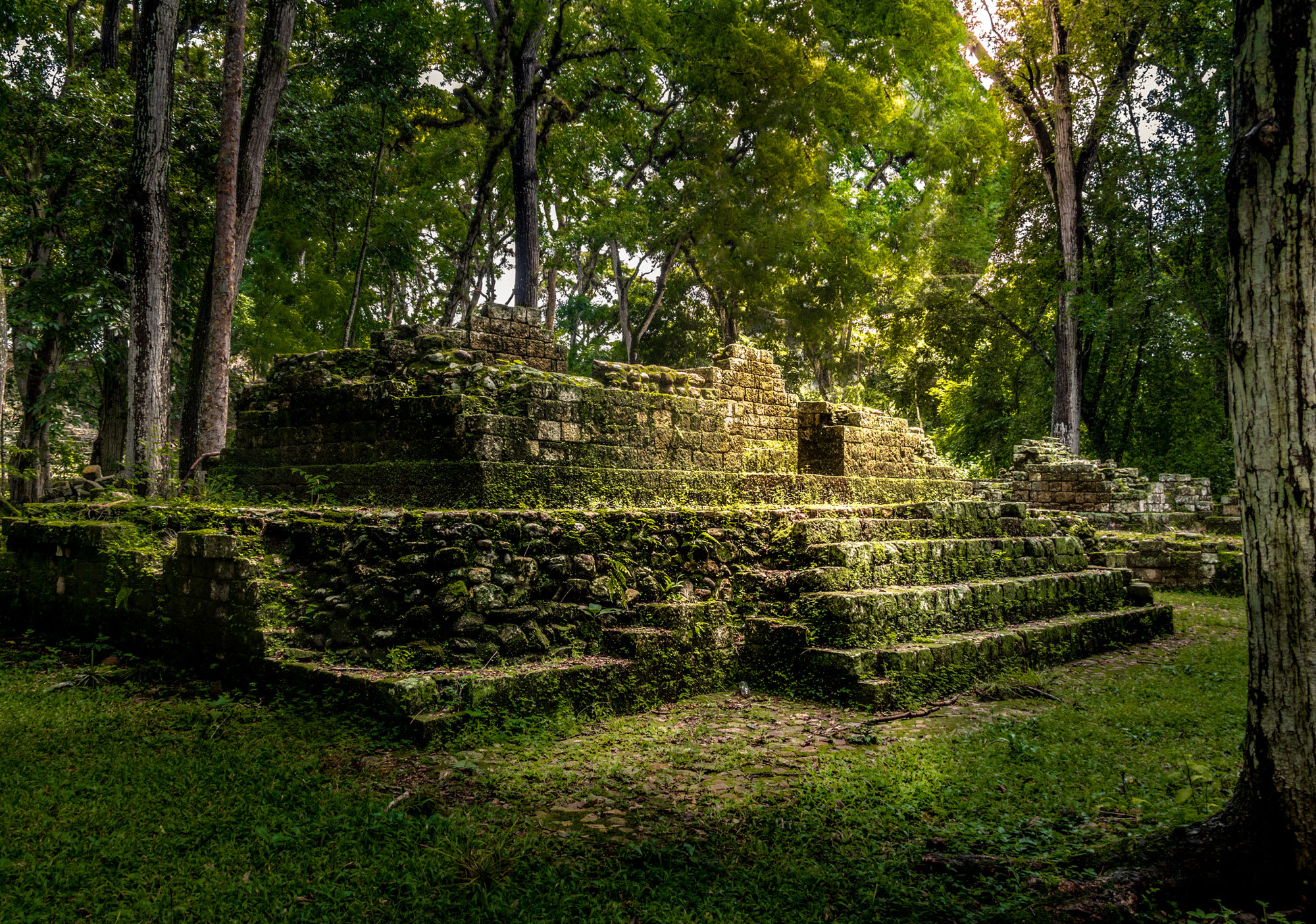
Copan Ruinas, Honduras
“I think the main change is the hotels but we have also made some small route adjustments. We did change a few towns and some entire stages but most of them were a few kilometres here and there – like updated routes into or out of bigger towns and so on. The new way we found to avoid Guatemala City is a good example of time we put in scouting. We spent a full day driving different routes to figure out a secure stretch of 30 or 40 km around the city.”
“Better or worse is really going to be a matter of individual perspective. It is certainly a much more comfortable tour than before. Hotels are better quality and so are some of the roads. But at the end of the day, sometimes I felt a bit nostalgic about some of the previous experiences we will be missing out on. Take for example the drunk owner of a rundown hotel in a small town in Honduras who, in year’s past, we would usually have to wake up on our arrival just to realize nothing was ready for the riders. Sometimes those experiences are the memories we carry with us forever, not the easy and comfortable days.”
Can you describe what the riding will be like on the new portion that extends the tour into Mexico?
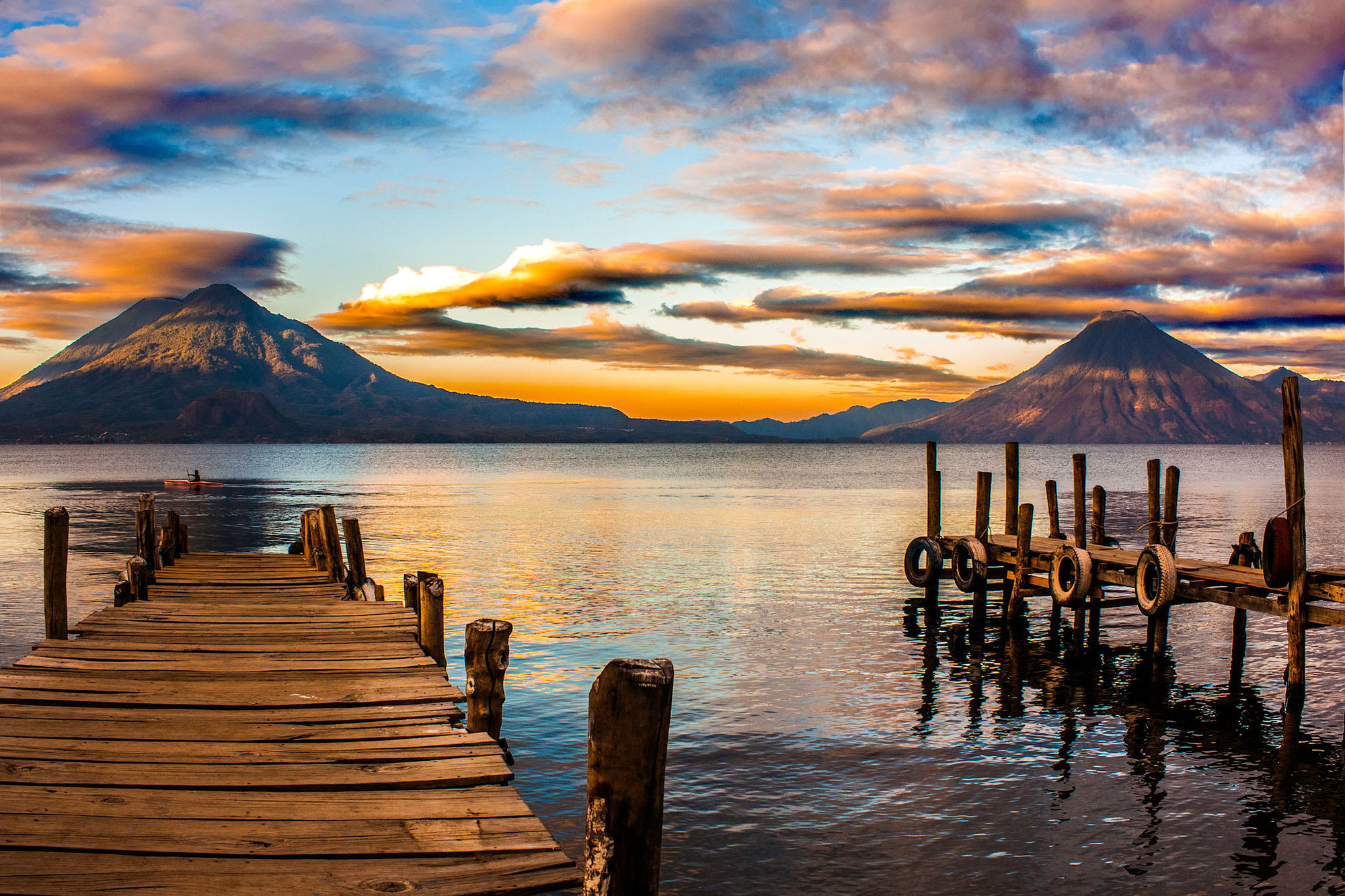
Lake Atitlan, Guatemala
“The new stretch is only a handful of stages, but it is epic. The Mayan culture is really strong, the scenery and the food is superb and the riding… well, let’s start by saying that it is by far the flattest stretch of the tour. In terms of road surface, you get remote rides through reserves that require a permit for riding through and you get a full day on a main road. You get perfect tarmac and you get potholes and even rough gravel roads.”
What do you like about this tour compared to your other TDA route scouting experiences?
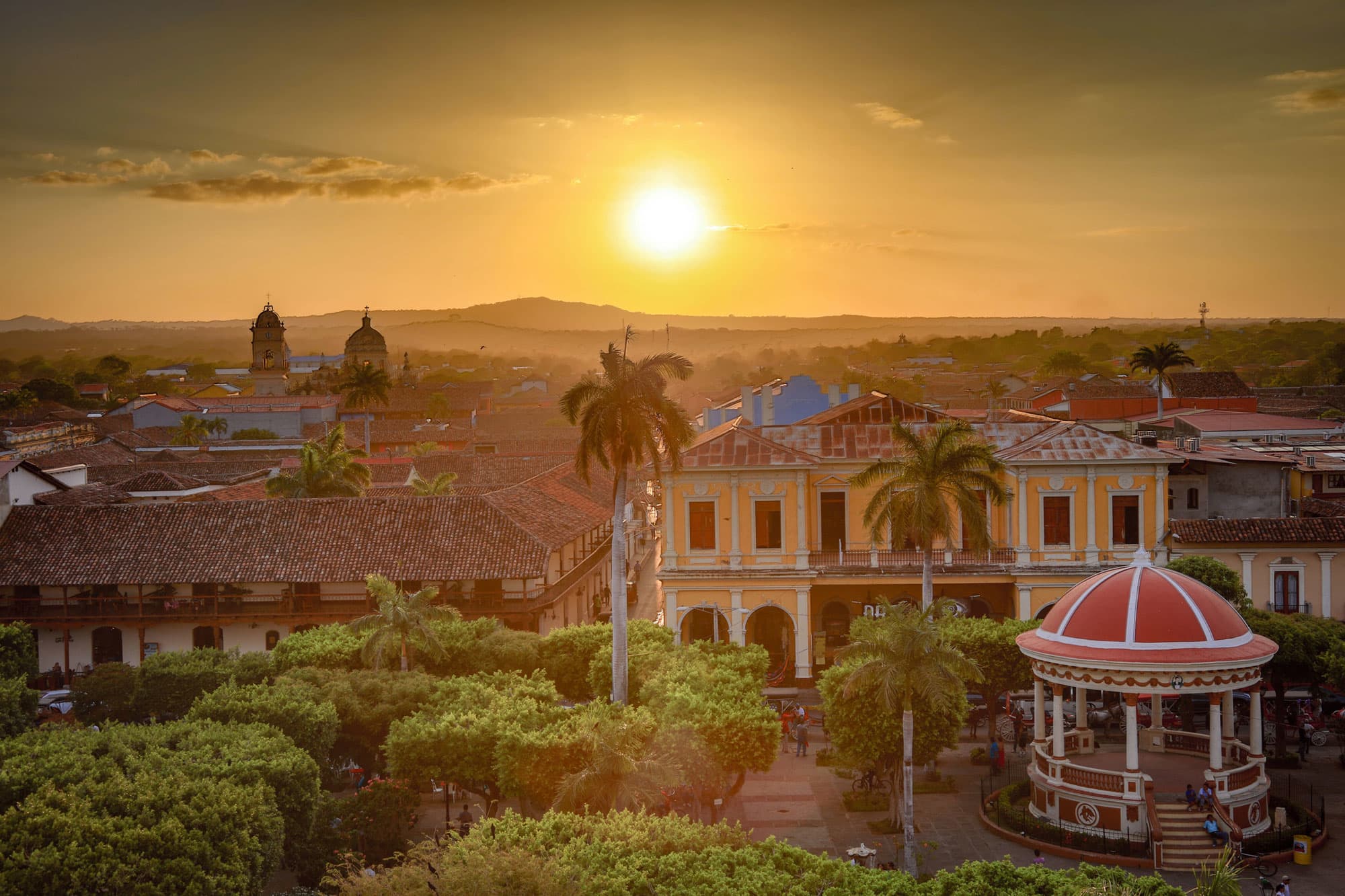
Granada, Nicaragua
“Well, it is not everyday that you get to ride through 6 countries in just over 5 weeks. It is also a route that goes off the main tourist track through Central America while also not missing so many of its highlights. Those are just some of the facts that make this route one that not many people would do on their own.”
Any security concerns in Mexico and Central America?
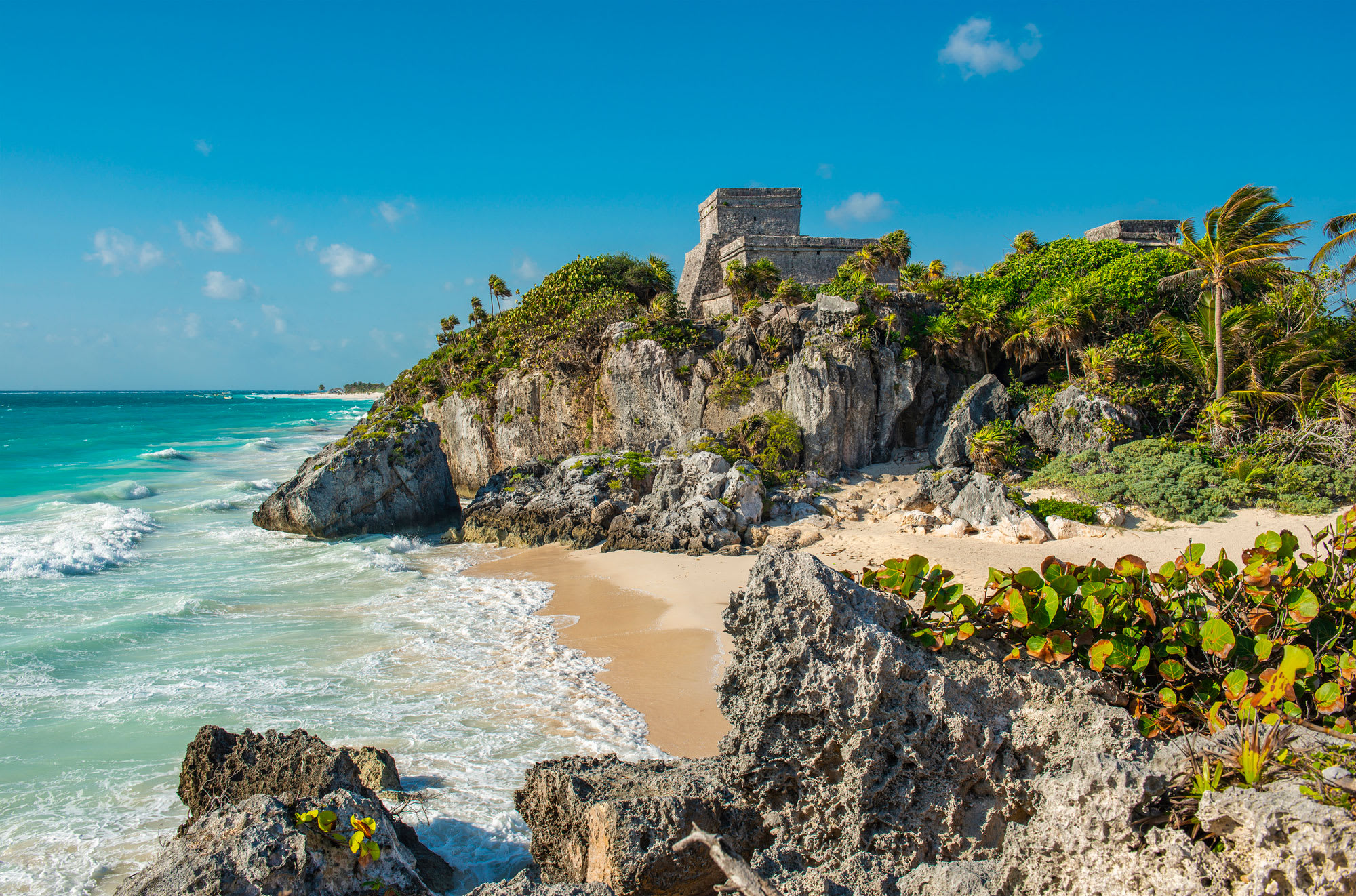
Tulum, Mexico
“Over the last few years Central America has been changing a lot. I felt that it has been developing well although some parts of the route did feel to be struggling more than ever economically but for the most part it did feel like development was moving forward. Digital nomads are everywhere, Bitcoins are being accepted in a lot of places and you see a lot more international tourism. People feel friendlier and happier in general. Because Belize is not part of the North American Epic tour, I hadn’t been there for much longer than the other countries and maybe because of that, it was probably the country where I felt that the most. Quintana Roo in Mexico is one of the safest parts of Mexico for international tourists. Development is happening pretty fast now and if you haven’t been to Tulum in a few years, you wouldn’t recognize it now.”
“So, things can happen anywhere, but as Henry likes to put it, the main risk in any of these tours is always sharing the roads with motorized traffic.”
Can I bring an e-bike on the tour?
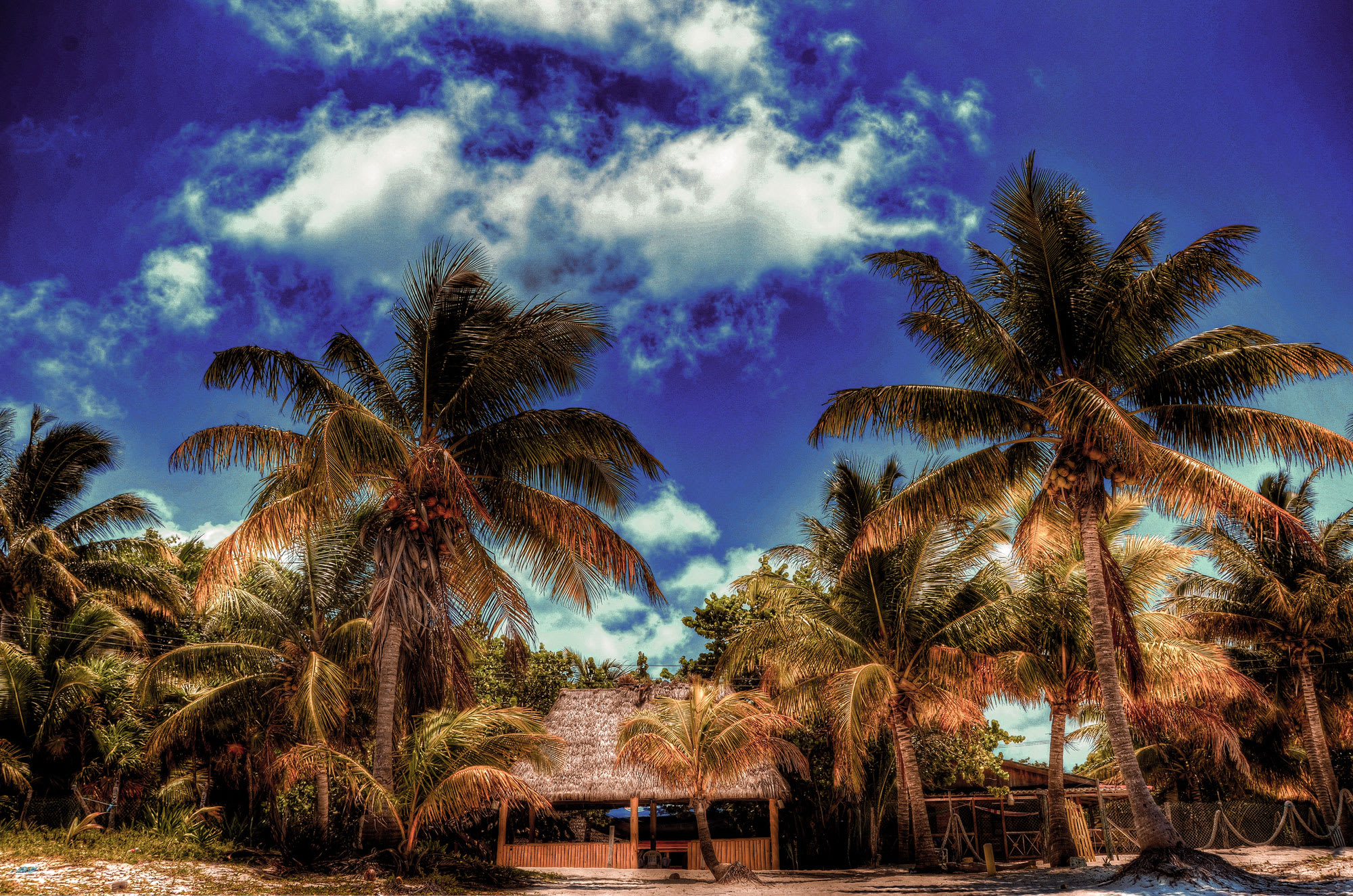
Reserva de la Biósfera Sian Ka’an, Mexico
“Yes, it would be possible to bring an e-bike on this tour as long as they meet our requirements but there are a few things to consider. Our tour support is designed for the speed of non e-bike riders. So, if you want to bring an e-bike to be able to keep up with friends or family who are on regular bikes, that works well. If you are already fit enough to do the tour on a regular bike, and want to go even faster on an e-bike, you may end up being frustrated with the framework of our support system as it is not designed to support you if you are much faster than the rest of the group. You also need to make sure your batteries can withstand the climbing and the distances and that you have enough power for the full day rides. You cannot fly with your batteries, so most likely you would need to buy them in Costa Rica. Although there is a very good bike shop one block from our departure hotel in Costa Rica, you would need to contact them far ahead of time for them to get these batteries in time.”
Spaces are still available on the 2023 Ruta Maya tour which starts November 5 in San Jose, Costa Rica.
RELATED
TOUR

Ruta Maya
This incredible cycling adventure will take riders across Central America, from Costa Rica through Nicaragua, Honduras, Guatemala, Belize and on into...
]]>
Longtime TDA staffer Cristiano Werneck has just finished scouting the route for the 2023 Ruta Maya Cycling Adventure. Here is his report his trip, including the new section from Belize City to Tulum.
When TDA Founder Henry Gold and I, back in 2012, poured a bit of hard liquor at the Mayan ruins in Lamanai, an archeological site in Belize, as a form of an offering, we told each other to make a wish. It was the end of the inaugural Ruta Maya, then called the Doomsday Ride.

Henry & Cristiano attempt to appease the Mayan Gods
Michael Coo, from the Toronto office, had read somewhere that the Mayan Calendar predicted that the world was going to end on December 12, 2012. He found an old file in his computer with a route he had come up with a couple of years earlier and showed it to us. There was less than a year for us to finish designing it, scout it and sell it, and so the concept of a “pop-up tour” was created. It was actually not hard to sell the tour, since the world was going to end anyway, so why would anyone need a job or even any money after that December?!

Doomsday dinner at Lamanai
Well, we finished that tour on the day the world was supposed to end. We even convinced the park rangers to allow us to have dinner inside the archaeological site, after closing time. The world was going to end in just a few hours, so why wouldn’t they? We dragged a few very heavy wooden tables and benches to just a few metres from the temples and we brought the food and the drinks in. We ate, we drank (possibly a bit too much) and we waited and waited… As we were waiting for the end of the world, Henry and I offered some booze to the Mayan Gods. I am not very sure about what Henry’s wishes were, but thinking about where TDA Global Cycling is right now and what we are still doing, it is not very hard to guess. Our wishes seem to have been fulfilled.
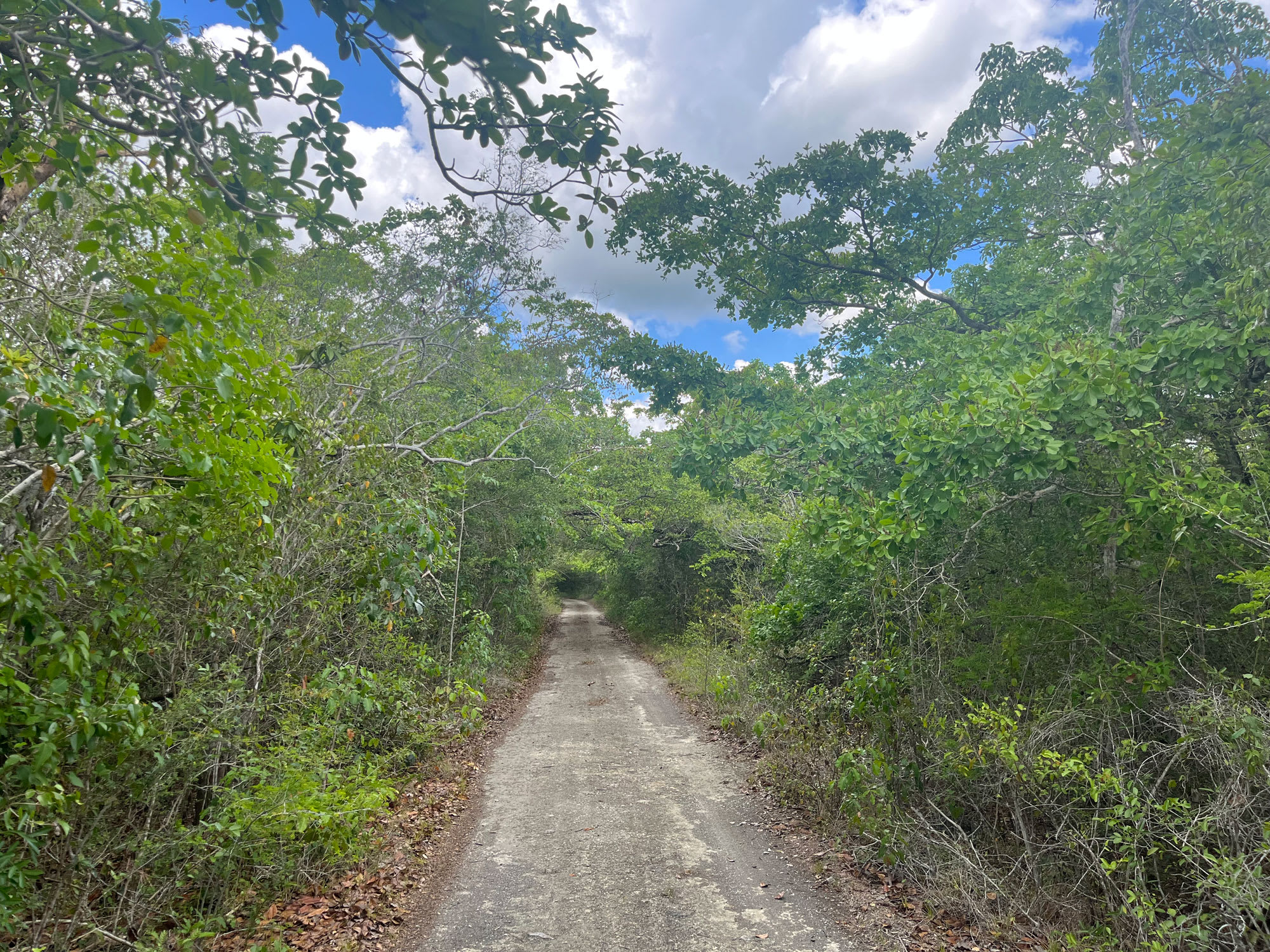
The road to Tulum
Eleven years and one pandemic later, I have just wrapped the scouting trip for the ‘new’ Ruta Maya. The revamped tour has taken shape and developed a face and a personality. The new stretch from Belize City to Tulum, Mexico, worked out very well. I am happy we decided to add this cherry on top of that cake. Not only it is a lot easier to fly out of Cancun than Belize City, but the extension also added some great highlights and a lot more Mayan history to the tour – the Lamanai archeological site, Corozal, Bacalar, the Sian Ka’an Reserve and the beautiful and very Mayan, Tulum.
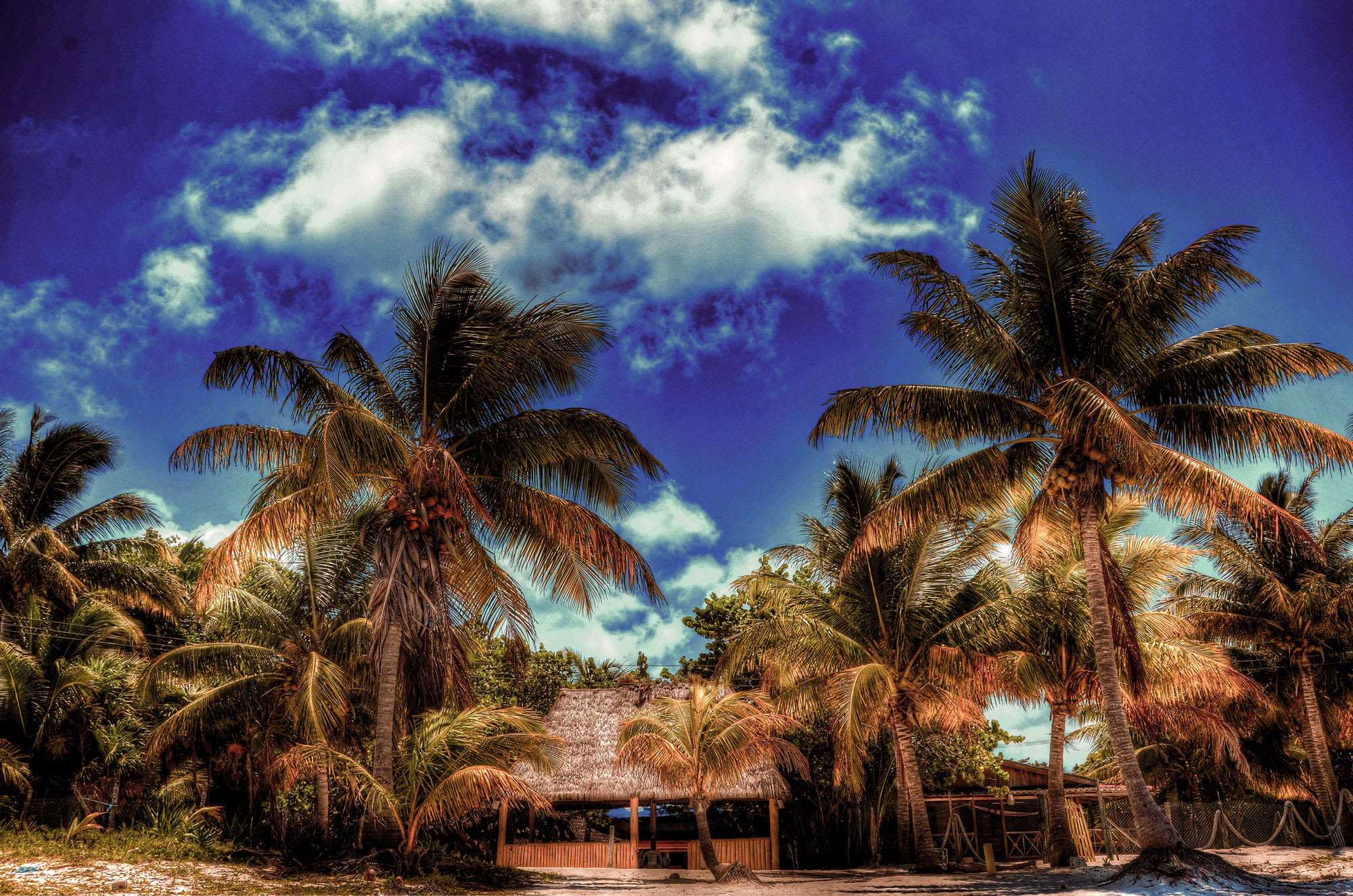
Reserva de la Biósfera Sian Ka’an
The old route (from San Jose to Belize City) is still there, and although we did make a few changes to the route, it was clear that we did a good job scouting it originally in 2012 and then again in 2015. We made a point to try to drive as many possible route options as we could but in the end our original route is just pretty damn good. We did make a few changes on the first stages from San Jose (Costa Rica) to Granada (Nicaragua). Other than day one, which is very challenging with 1,700 metres of climbing, the first week of the tour is actually designed to help slowly and gradually break in the cyclists for what is to come.
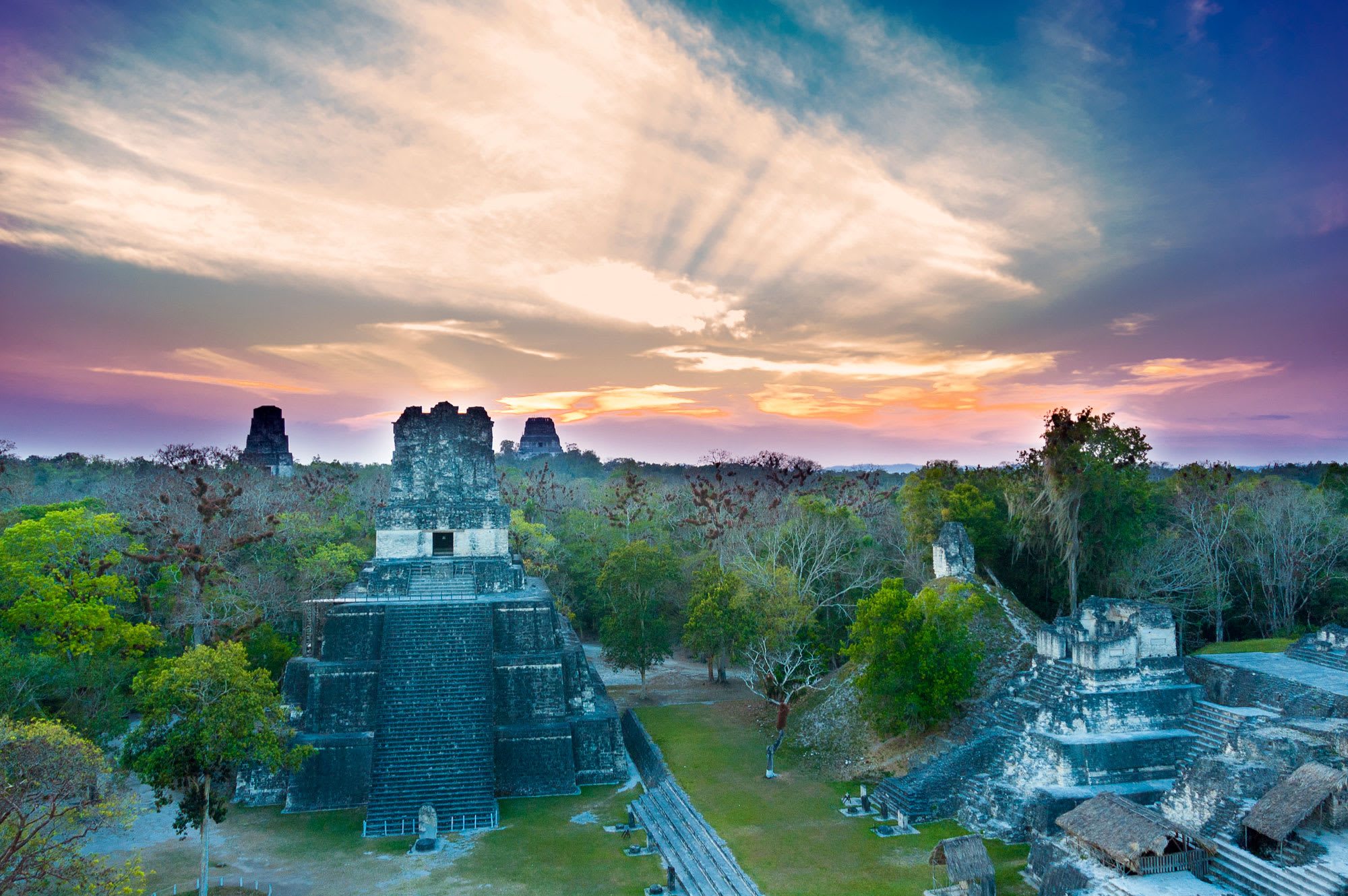
Tikal
One thing we did change drastically were the accommodations. Out of the 28 hotels from the former tour, we have upgraded 16 of them. Imagine yourself staying in a jungle lodge at Tikal National Park, just a few steps from the entrance of this fabled archeological site. That was just one of the changes we made. So, now you know that the 2023 Ruta Maya is going to be a great adventure, but is it a great tour for you?
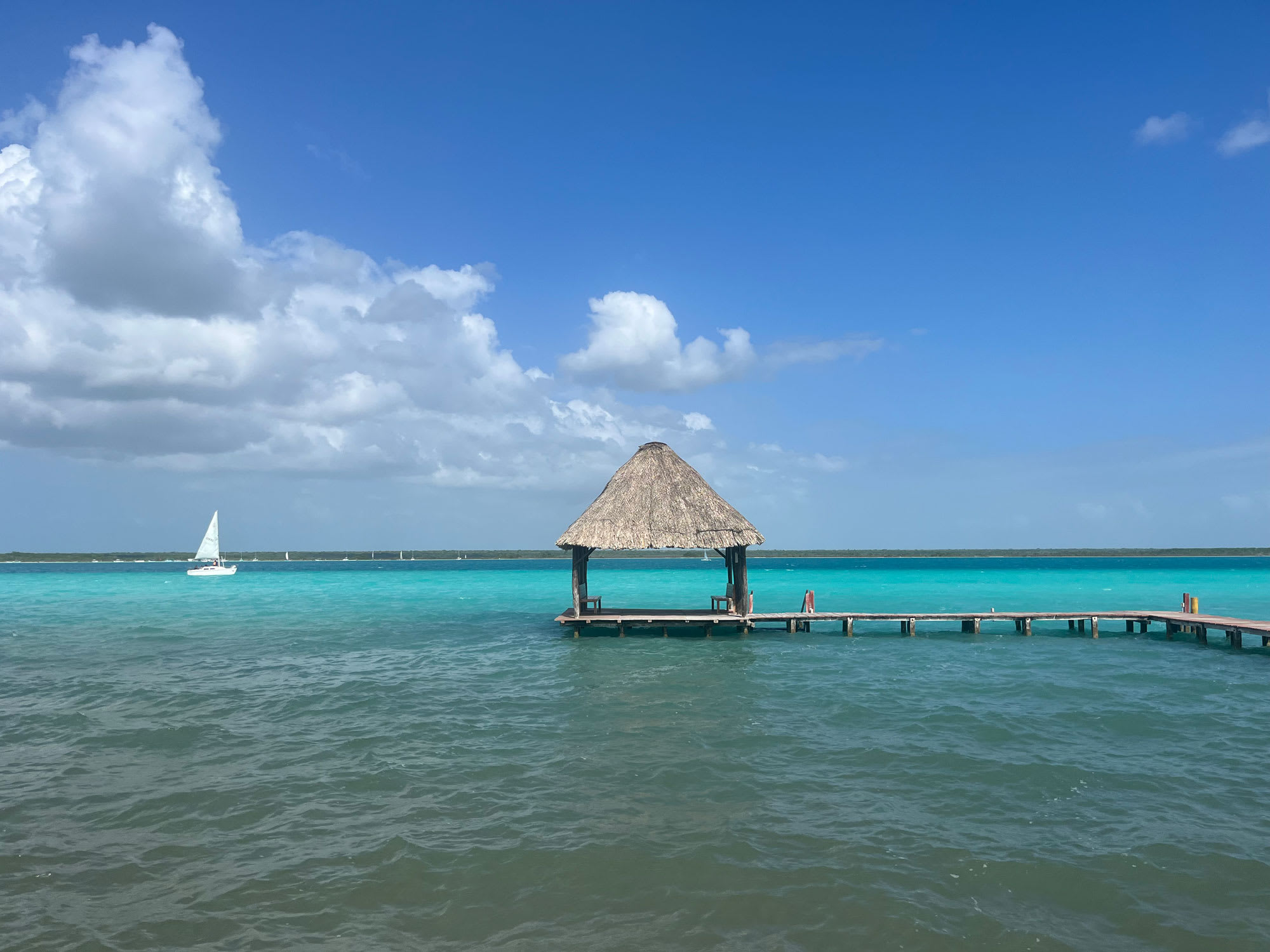
Well, stay tuned for more detailed info popping up here soon, but for now I can guarantee you that if you like history, colonial towns, beaches, mountains, volcanoes, a great mix of roads including some rough dirt roads, tortillas, beans and margaritas, there is a great chance this is the right tour for you. If you like climbing hills, waste no time and join us. If you have a curiosity about Mayan archeology or maybe you have been dreaming about diving the Blue Hole in Belize or the cenotes in Mexico, then you should seriously consider registering to hold your spot. There are only so many hotel rooms in some small villages in Nicaragua or Honduras.
RELATED
TOUR

Ruta Maya
This incredible cycling adventure will take riders across Central America, from Costa Rica through Nicaragua, Honduras, Guatemala, Belize and on into...
]]>
Feeling antsy? Got an itch you just can’t seem to scratch? Daydreaming about rice and beans and bananas? Muttering to yourself in Spanish? Checking Google flights for fares to San Jose? Been there, done that…
As a public service for all cyclists interested in cycling in Central America on the Ruta Maya, we have created a foolproof 12 step programme to assist them in dealing with their obsession – 100% guaranteed.
Enjoy the blogs and good luck to all of you!
Step 1 – The Beginning (Happy In Honduras)
“We got lost one day in those hills, in a spider’s web of dirt roads. Our car broke down. Ended up somehow in the same small town 5 times during our quest to escape. The last time we stopped in to eat at the only ‘restaurant’ in town – someone’s garage.”
Step 2 – The Volcanoes (I Think We Found The Volcanoes)
“After a few brief volcano sightings earlier in the tour, our last several days have had the riders in near-constant awe of the volcanoes around us.”
Step 3 – The Rest Days (A Rest Day On The Doomsday Ride)
“It is early evening and the three volcanoes are all dressed up in fluffy clouds and a soft mist. The usually deep blue lake is drenched in crimson, buttery yellow and layers of pink as the sun sets over Guatemala’s deepest lake. A rest day in Panajachel is just one of the utterly delightful stops along the way during TDA’s La Ruta Maya.”
Step 4 – The Challenge (A ‘Brutaful’ Ride)
“On the 104km ride from Zambrano to Marcalo we climbed 2031km and descended 2155km. This was a little tough but it certainly was a spectacular ride; dipping into the valleys only to rise above the trees and be blown away by the dramatic landscapes below. We cycled in sunbeams, streaking through orange groves and as we ascended the clouds took on some unreal shapes. As we went higher still, the mist rolled in like huge barrels of cotton wool and softly enveloped us and covered us in a fine mist.”
Step 5 – The Temples (Mayan Temple Cycling)
“Imagine cycling through an ancient Mayan temple that is tucked away in a lush tropical rainforest. All you hear is your breathing and the babbling of Howler monkeys in the trees up above. The smell of damp soil and vegetation hangs heavy in the air and the cross-cross of sun and shadow throw psychedelic patterns into the jungle where, you’re almost certain, you saw the silhouette of a jaguar on the prowl.”
Step 6 – The Tour’s Two Faces (The Jekyll & Hyde Tour)
“While we marvel at the difficulty of riding on these dirt roads, the locals don’t seem too bothered. Cows, dogs, and even tuk-tuks have no problem navigating up steep, rutted, and rocky inclines.”
Step 7 – The Roads (The Toughest Day)
“The off-road cycling on this day is truly wild and spectacular. The climbs are steep and the dips even steeper. The road surfaces offer something for everyone: slick pavement, corrugate surfaces, destroyed, sections covered with loose rocks, potholes, rutted and gutted bits, sloppy muddy inclines, bridge crossings and roads with big chunks missing. It was tiring but a lot of fun.”
Step 8 – The Culture (Condego To Yuscaran: A Cycling Journey)
“After dinner some of our cyclists played games with the children of the village, sitting on the cobblestones sheets under the golden glow of the streetlights. We could have stayed here for at least another night.”
Step 9 – The Myths (Doomsday Ride: 5 Myths Debunked)
“The best experience is stopping next to the road and chopping open a fresh coconut – the ultimate naturally hydrator. The juicy mangoes and pineapples are sublime. And for the carnivores, rest assured, this is big time El Pollo (chicken) country.”
Step 10 – The Rivers (River Crossing With A Twist)
“Tour leader, Cristiano, hardly slept a wink as he listened to the rain pounding down on the roof the night before the river crossing.”
Step 11 – The Finish (To The End Of The World – And Back)
“So Central America: thank you for your endless and bittersweet curves, your unexpected hospitality and for still being our friend after we humiliated ourselves by practising our dreadful Spanglish on you. We will be back.”
Step 12 – The Verdict (2015 Ruta Maya Cyclists Speak Out)
“Good group, good leadership, good drivers. interesting route; lots of mountain country, some amazing country & spectacular views, very much off the beaten track, some great rest day places. This is a great ride in the hills of Central America. Enjoy the ride through traditional rural villages and farms in the mountains. Friendly people.” – Charles Feaver (Canada)
RELATED
TOUR

Ruta Maya
This incredible cycling adventure will take riders across Central America, from Costa Rica through Nicaragua, Honduras, Guatemala, Belize and on into...
]]>
It was only recently that we posted the details of the 2023 Ruta Maya on our website. Unlike the original edition, it now extends into Mexico, making the tour a little longer and a lot more more enticing.
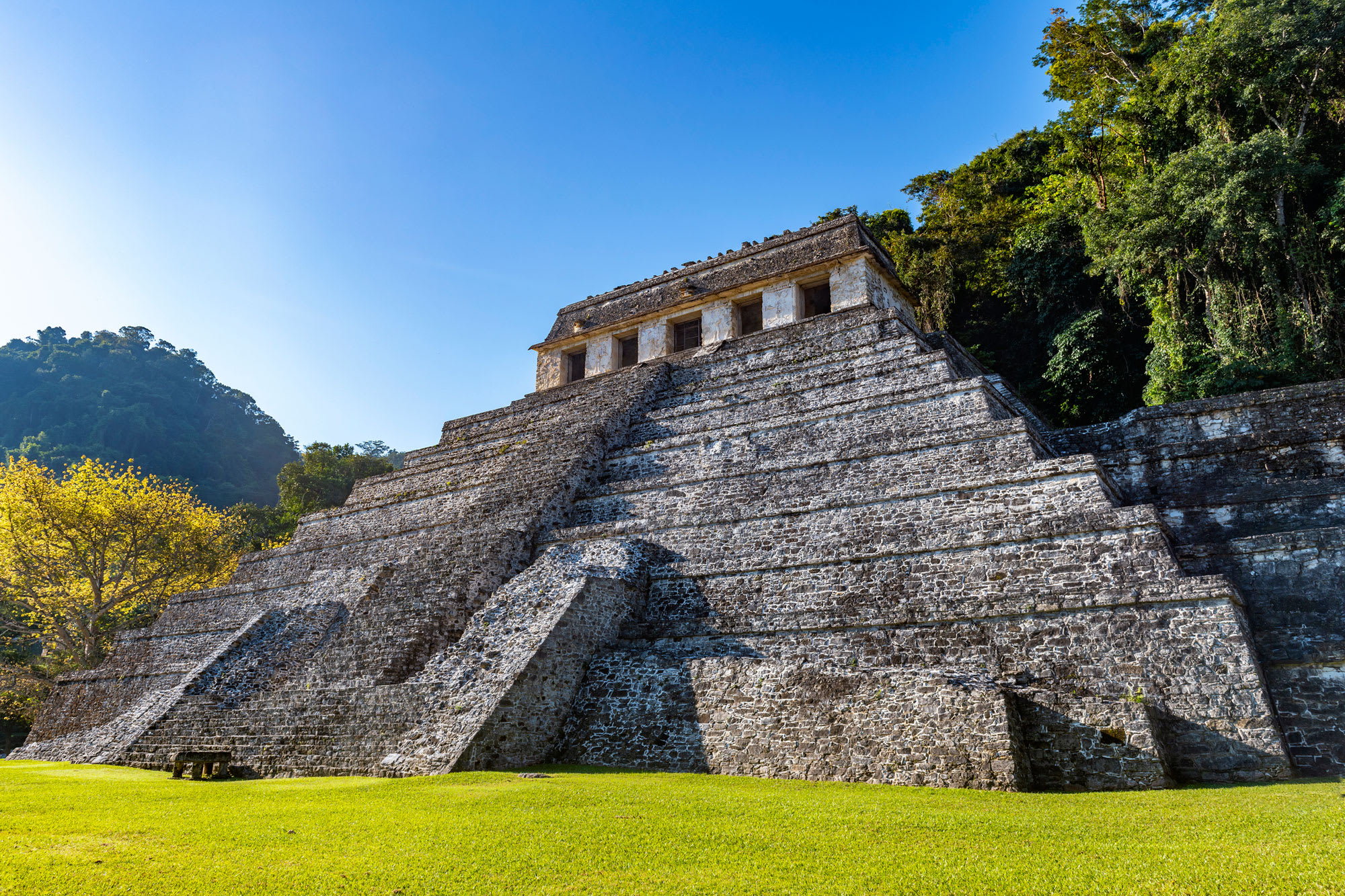
Temple Of Inscriptions, Palenque, Mexico
It was in Mexico that I first came face to face with the wonders of Mayan civilization. To be exact, it was 40 years ago. I was on an extended Christmas and New Year’s holiday and my sister and I travelled to Chiapas and came to Palenque, Mexico. When I first saw the pyramid, ‘Temple of the Inscriptions’, I was in awe. That sense of wonderment has never left me. It was thus not very difficult in 2011 for our colleague Michael to convince me and the rest of the team that for 2012 when, according to the Mayan calendar, the world was going to end, we at TDA should organize a ‘final’ bicycle expedition called the Doomsday Ride.

Let’s get some facts straight. The Mayans never actually predicted the end of the world. The fact is that the Mayan calendar (more on that later) recycles every 8,000 years. And just as some people I know expected the collapse of civilization when our Gregorian calendar reached the year 2000, many people who simply love predicting cataclysms, also expected the end in 2012. Thus, the name Doomsday Ride came about. We, like the rest of humanity, managed to avoid the end of the world in 2012 but those who participated had such an enjoyable adventure that we decided to rename the expedition, the Ruta Maya and do it again. We are now running the ‘new and improved’ Ruta Maya in the fall of 2023, passing through six countries and exploring the past and present of Mayan history and culture.
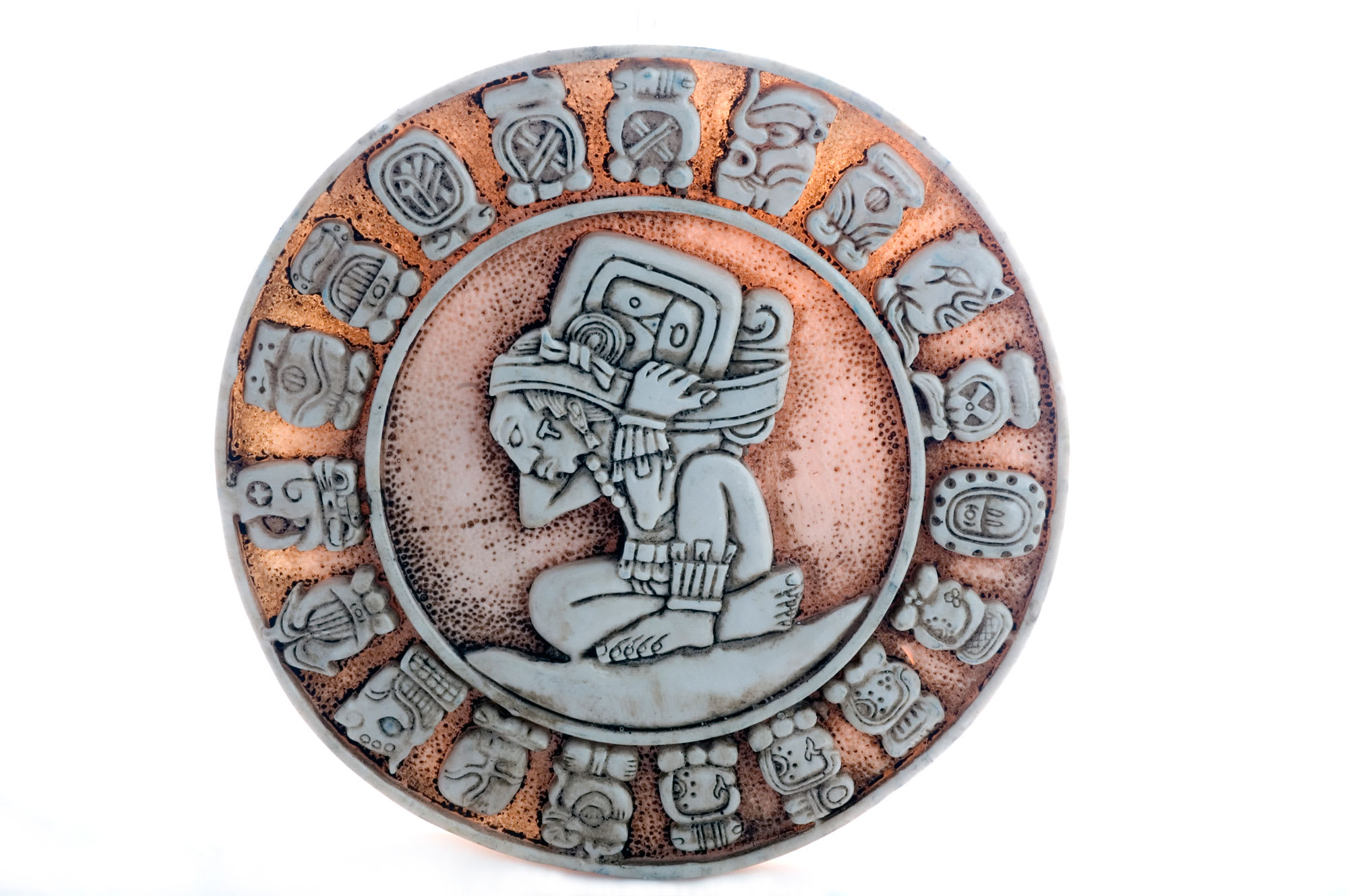
Mayan calendar
Allow me to tell you a few things I have learned about the Mayans that you may find as fascinating as I do. It starts with the calendar which, by the way, is extraordinarily complicated. The calendar has several cycles of different lengths. There is a 260-day cycle called Tzolkin, which has been combined with a solar 365-day cycle called Calendar Round. Then there is a calendar that tracks long cycles called Long Count. And it goes on. The Mayans were not simple. And if you join the tour, you will have ample opportunity to learn more about them.
Another extra ordinary thing that most people have never heard of is “Popol Yuh”. “Popol what” you say? Wikipedia describes it as, “a foundational sacred narrative of the Kʼicheʼ people from long before the Spanish conquest of the Maya. It includes the Mayan creation myth. The name “Popol Vuh” translates as “Book of the Community” or “Book of Counsel” (literally “Book that pertains to the mat”, since a woven mat was used as a royal throne in ancient Kʼicheʼ society and symbolized the unity of the community). It was originally preserved through oral tradition until approximately 1550, when it was recorded in writing.” How cool is that?
I bet you love chocolate. Who doesn’t!? Well, you can thank the Mayans for that. It was the Mayans who first cultivated the cacao bean. In fact, the Mayan word for bean is “Ka’kau”, and the word “Chocolate” derives from the Mayan verb “Chocol’ha”, or “to drink cacao”. The cacao beans, the “Food of Gods” was even used as medicine for a range of treatments which included kidney and bowel problems – “Medic, I am not feeling well. Can I have more chocolate please?”
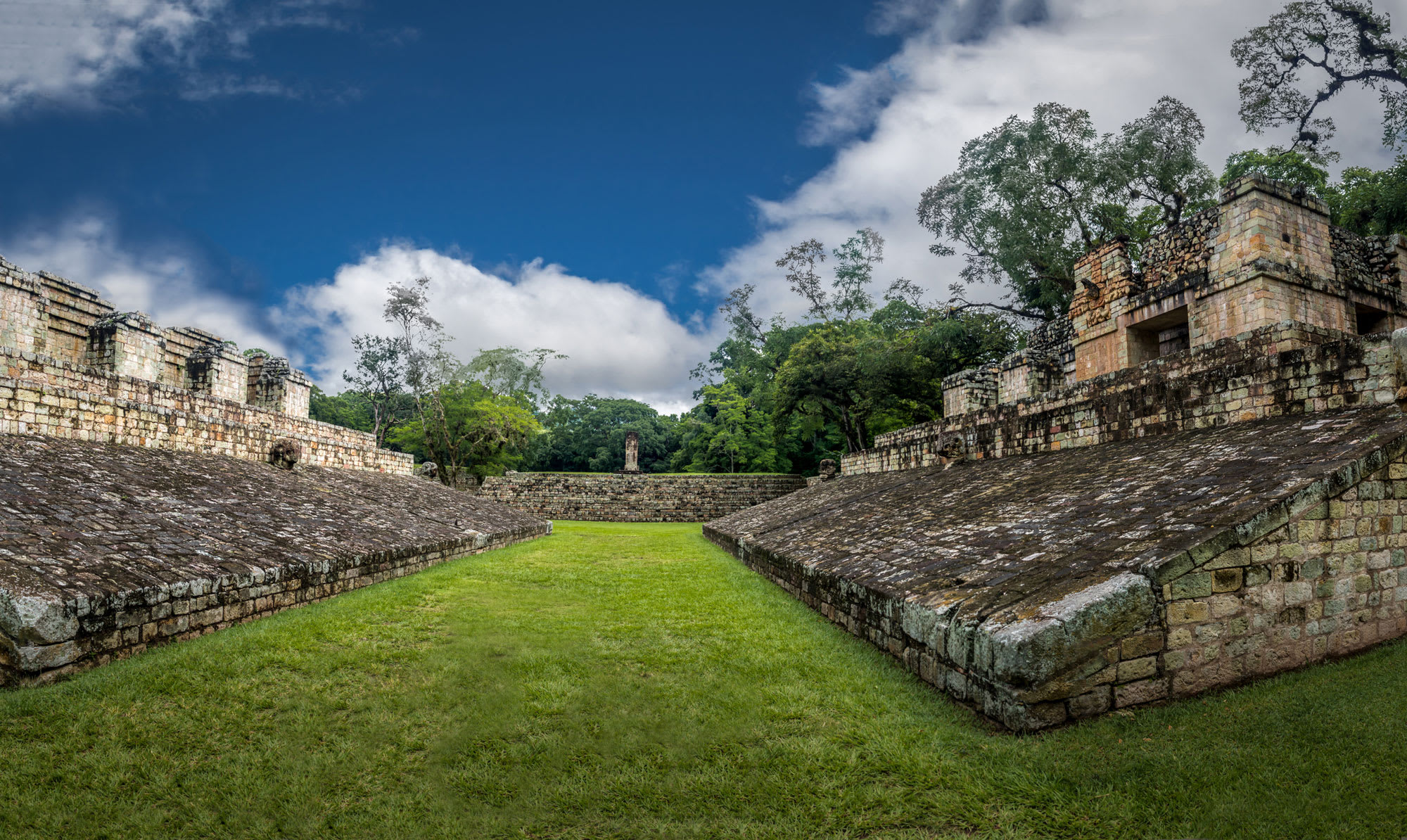
Ball Court – Copan Archaeological Site, Honduras
There is much more but for now I will finish with one really cool Mayan invention that, to this day, you or someone close to you gets a kick out of – no pun intended. Mayans created some really fun games using a rubber ball that varied in size from a softball to a soccer ball. And with a little imagination, you can see the connection from these games to soccer, football, and basketball. According to the History on the Net website, there are 1,300 Mayan ball courts spread through Mesoamerica and Mayan ball games go back at least 3000 years. The coolest thing of all? The same rubber that was used to make the balls, eventually was used to invent rubber tires that made cycling more comfortable and so very enjoyable.

Henry making an offering to the Mayan Gods at the end of the Doomsday Ride
So when you finally make it to the Ruta Maya finish line at the ruins in Tulum, Mexico, in the traditional Mayan way/custom, take some whisky with you and pour it out in an appropriate spot, to thank the gods for their gifts of rubber and chocolate!
RELATED
TOUR

Ruta Maya
This incredible cycling adventure will take riders across Central America, from Costa Rica through Nicaragua, Honduras, Guatemala, Belize and on into...
“The route and roads, well holy shit, they were beyond imagination.” – David Jones, 2012 cyclist
“The most challenging trip I have ever done, but also the most rewarding.” – Jim Raddatz , 2015 cyclist
People love to talk about something they think is special, something extraordinary. “Have you read this book?” “Have you seen this movie?” “Have you heard about this restaurant?” In our community of cyclists, riders will ask each other, “Have you cycled the Ruta Maya?”
We are excited to announce the return of the Ruta Maya. This is an extended version of our classic adventure that now includes five days of cycling in Mexico, finishing in Tulum on the Yucatan Peninsula. The tour is scheduled for November 2023. Click here for more details and to register.
It was back in the spring of 2012 when, over beers, our staff was shooting the breeze about the Mayan calendar predicting the end of the world on December 21st of that year. Well, the seed had been planted and soon we had come up with a cycling journey across Central America, one that would arrive at the Mayan ruins of Lamanai in Belize on the very day the world was going to end. Of course, we called it the ‘Doomsday Ride’.
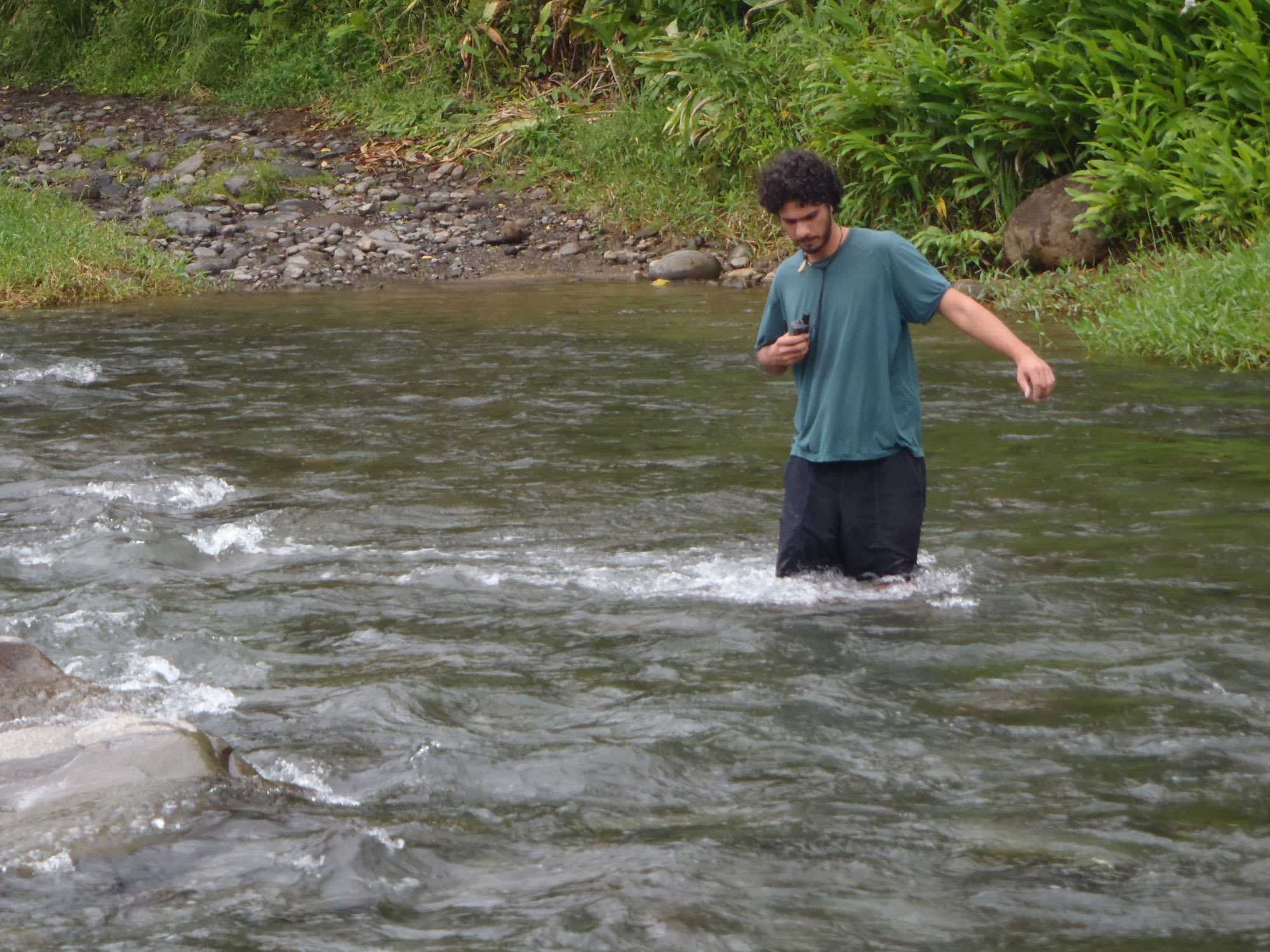
Cristiano scouting the route
I was fortunate enough to be sent to scout the proposed route along with fellow TDA staffer, Cristiano Werneck. Right away we knew we had something special. There was a lot of – “Can you believe this?” – Can you imagine cycling this road?” – “Should we really tell Henry about this?” From Honduras we wrote, “We got lost one day in those hills, in a spider’s web of dirt roads. Our car broke down. Ended up somehow in the same small town 5 times during our quest to escape. The last time we stopped in to eat at the only ‘restaurant’ in town – someone’s garage. While we ate a sweat-stained man with a large gun stuffed down the back of his pants walked in, took a coke out of the warm fridge and walked out without paying. The sheriff I think. There was no booze allowed in the town. Good thing…”
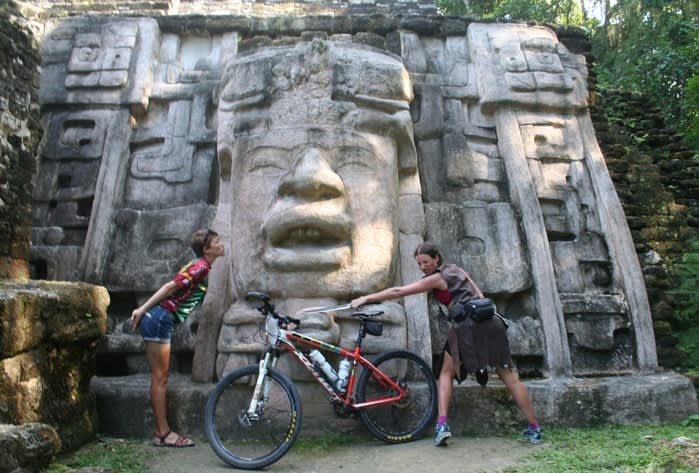
At the finish in 2012
In the end, the route was confirmed, the trip went ahead and was, by all standards, a great success. Of course, as we now know the Mayans seem to have miscalculated and the world did not end after all. The ride, now renamed the Ruta Maya, was run again in 2015 and 2016 and after each adventure its reputation as a once in a lifetime experience continued to grow. Now 10 years after our first journey across Central America, we are pleased to announce that this astounding cycling experience will return in 2023! Here are 3 reasons you should not miss out on this experience.
The Challenges & The Rewards
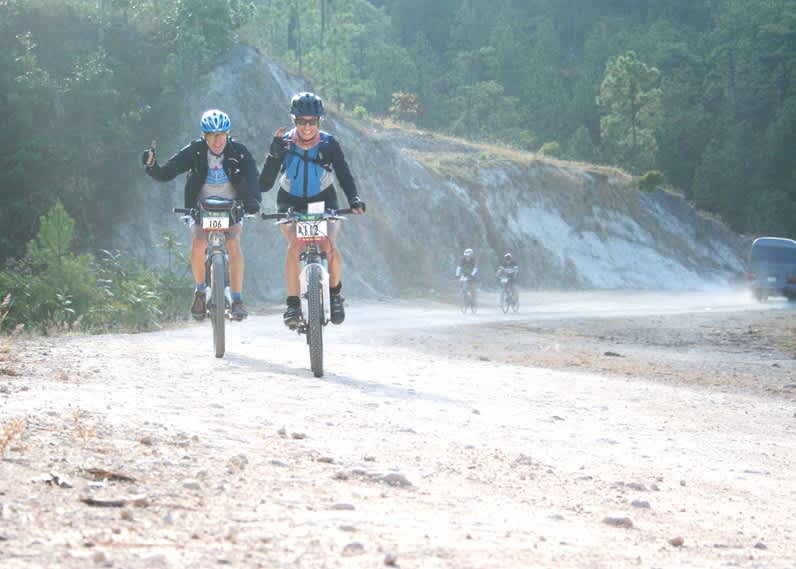
On the road in Honduras
The roads of the Ruta Maya have actually spawned a new word, created spontaneously by a rider in 2012 to describe the experience cycling in rural Honduras – ‘Brutaful’. Other riders chimed in. Joachim Löffel called parts of the road, ‘a torture session’. David Houghton summarized it as, ‘fucking hard’- this coming from a person who rode 4 months from Cairo to Cape Town. Suzette said parts of the road felt like being inside a Salvador Dali painting. And the tough JJ Hilsinger said he never worked so hard for his dinner. ‘It took me right to the edge,’ was David Jones’ remark. However, they also remembered that, “It certainly was a spectacular ride; dipping into the valleys only to rise above the trees and be blown away by the dramatic landscapes below. We cycled in sunbeams, streaking through orange groves and as we ascended the clouds took on some unreal shapes.”
The History

Tikal, Guatemala
The Mayans left behind a number of astonishing architectural ruins and the roads of the Ruta Maya allow the riders to visit some of the most spectacular ones. They will begin in Honduras with Copan, which was situated at the edge of the Mayan Empire and is known for its stunning Acropolis (Royal Plaza). A couple weeks after that, they will have a rest day in the Guatemalan town of Flores. This will allow them to arrange a dawn visit to the incredible site of Tikal, once a powerful Kingdom and one of the largest cities in the Americas. A few days later in Belize, they can explore the ruins at Lamanai, including the famous Temple of the Jaguar. Finally, the tour will come to an end at the spectacular seaside Mayan ruins in Tulum on the shores of the Caribbean Sea.
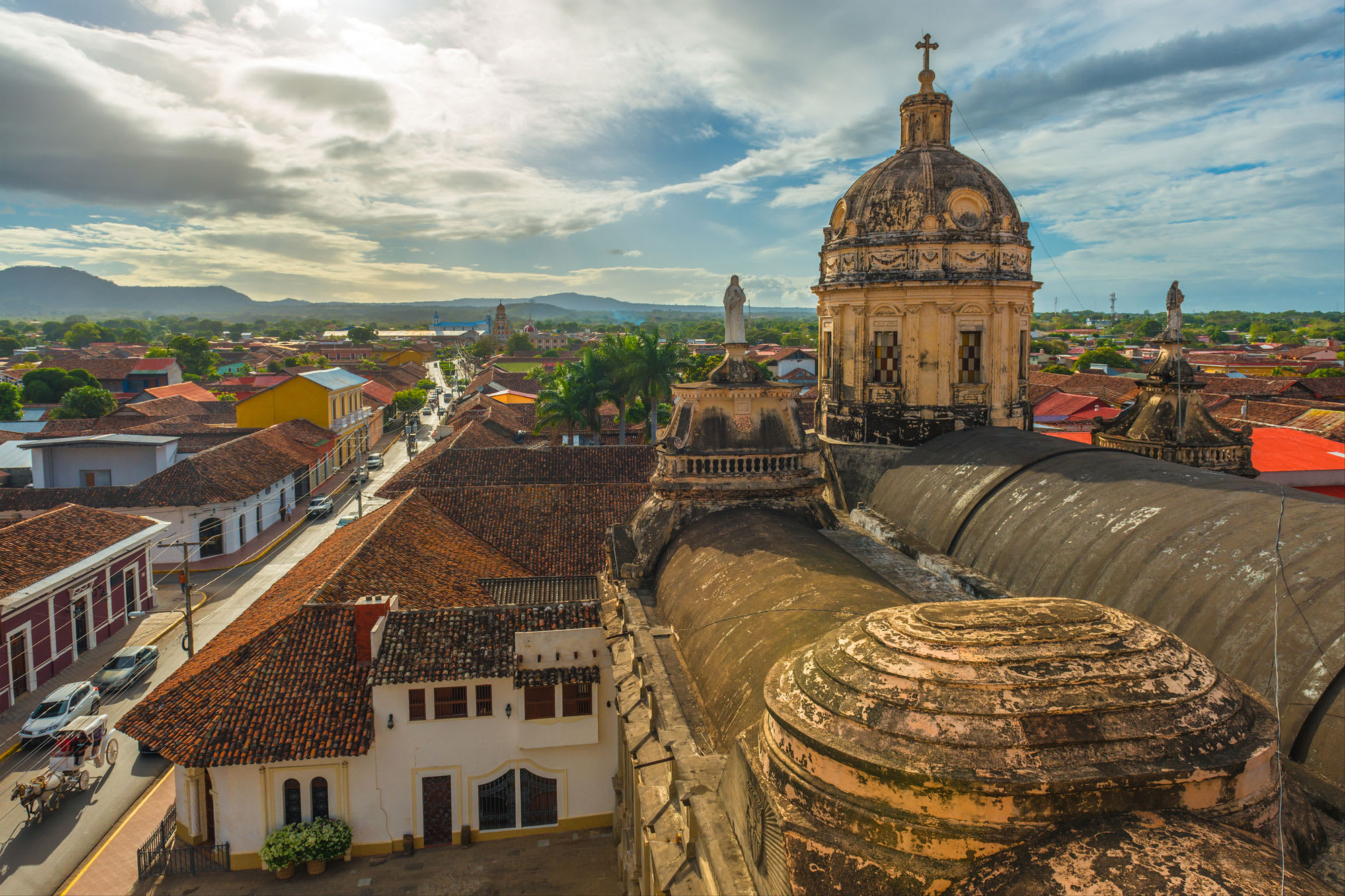
Granada
The cyclists of the Ruta Maya will also have the opportunity to soak up the Spanish historical influence, especially in the colonial cities of Granada, Nicaragua and Antigua, Guatemala. Granada, beautifully situated on the shores of Lake Nicaragua, is renown for its incredible collection of colonial-era architecture, probably the finest in Central America. Antigua was the colonial capital of the country until it was almost completely destroyed by a major earthquake in 1773. It is known for its colonial monuments and its gorgeous location in the shadow of the Acatenango volcano.
The Scenery

Lake Atitlan, Guatemala
Over the 7 weeks of the Ruta Maya the riders will be treated to some absolutely breathtaking scenery. They will spin past the magnificent Volcan Arenal in Costa Rica and the sun-drenched beaches of San Juan del Sur in Nicaragua. They will pedal along the shores of Lake Nicaragua with its incredible views of the twin volcanoes on the Isla de Ometepe and through the forest clad slopes of Honduras’ Valle de Angleles. They will gaze in wonder at Lake Atitlan in Guatemala, considered one of the most beautiful spots in the world, and swing through the remote nature reserve of Reserva de la Biósfera Sian Ka’an in Mexico before washing up on the dazzling sandy shores of the Caribbean Sea at Tulum.
What are you waiting for? Sign up. Grab the opportunity! Click here for all the details and to register.
RELATED
TOUR

Ruta Maya
This incredible cycling adventure will take riders across Central America, from Costa Rica through Nicaragua, Honduras, Guatemala, Belize and on into...
]]>
La Ruta Maya has now completed its second Central American country, crossing from Nicaragua into Honduras. Our 6 days in the land of the Sandinistas have been more than rewarding, not only from a cycling perspective but also in terms of our exposure to los Nicas history, culture and hospitality. After less than 5 kms on the Pan American highway we turned onto a dirt road, riding past scenes of campesino farms and small haciendas that few gringos get to see. And that is one of the beauties of TDAs tours- cycling off the beaten track. But by that evening we were alongside the Pacific Ocean in San Juan del Sur, home to surfers, retired hippies, delicious ceviche and ice cold Toña cervezas.
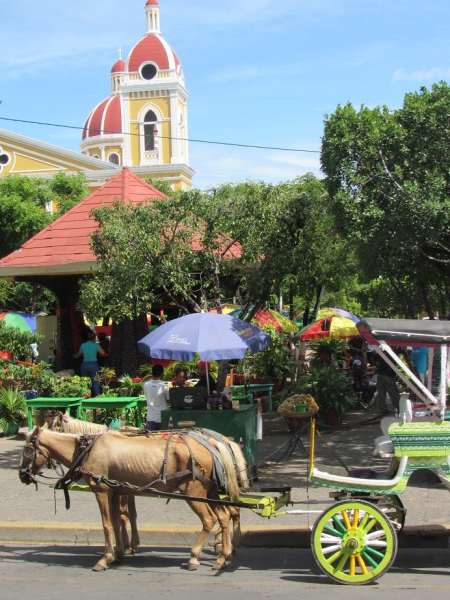
Less than 24 hours later we arrived for a rest day in Nicaragua’s historical gem, the small city of Granada which was founded in 1524 by Francisco Hernández de Córdoba, and whose Spanish colonial landmarks have survived repeated invasions. The city’s main plaza, Parque Central, is dominated by the colourful Cathedral of Granada, while the locals and turistas frequenting the many bars and restaurants along cobblestone Calle de Calzaga celebrate long into the night. Many of the participants also journeyed to nearby Volcán Mombacho to gaze down at the boiling red hot lava within its caldera. After spinning alongside Lago Nicaragua, we then stayed in the provincial town of Boaco before climbing up to the nature resort of La Selva Negra, set high among the cloud forest. From there our last days in country took us down a wicked downhill through Jinotega, and onto Estelí, then past many monuments commemorating la Revolución and “Daniel” (El Presidente Daniel Ortega), and finally up a 700 m ascent over 18 km to la frontera con Honduras.
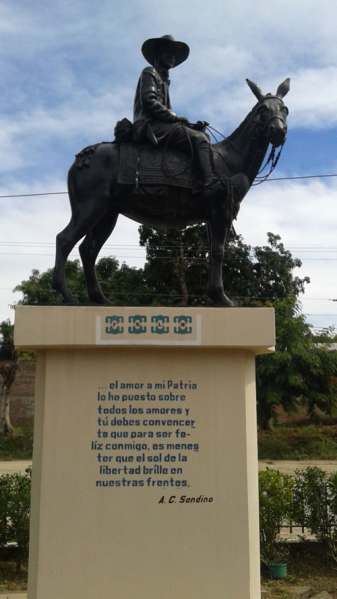
From all appearances the Nicaraguan economy is doing well, with its agricultural bounty, smooth roads, and clean towns and villages. The people are proud of their small nation and it shows. While we were there the tour also continued to be blessed by good weather – we still have yet to encounter significant rain while on our bikes. However, as we departed, southern Nicaragua and much of neighbouring Costa Rica were blasted by Huracán Otto. In fact, Biyagua, one of the towns were we stayed a mere 10 days ago has apparently suffered devastation. Thus as we now prepare for a series of 2000+ m climbing days in Honduras our thoughts and prayers are with the victims of this tormenta.
]]>Michael Coo scouted the route for the original Ruta Maya Cycling Expedition route in 2012 and offers this advice to those planning to cycle in Central America.
1. Lake Atitlin – The Most Gorgeous Place in the World
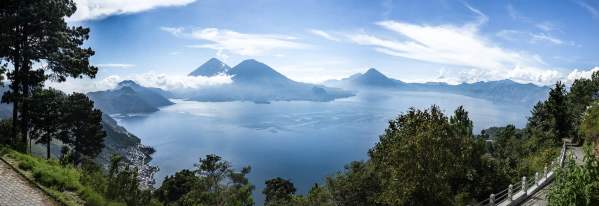
Now there are many beautiful places in the world. I’m sure we can all name 5 or 10 off the top of our heads. In cycling through Guatemala, cyclists will discover what may be ‘the fairest of them all’ – Lake Atitlan. A sparkling lake, the deepest in Central America, Atitlan is surrounded buy Volcans San Pedro, Toliman & Atitlan, of which Toliman remains active. German naturalist Alexander von Humboldt called it “the most beautiful lake in the world” and writer Aldous Huxley exclaimed that “it really is too much of a good thing”. Cycle down to the water from the surrounding heights and see if you don’t agree.
2. The Challenges of Honduras National Highway CA11A
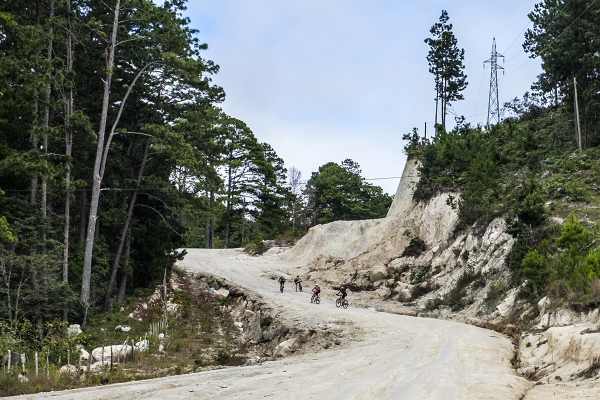
Completely, and unfairly, overlooked in media lists of the world’s worst roads, this 160 km stretch runs from Marcala to Santa Rosa de Capan in Central Honduras. It’s condition beggars description – unpaved, rutted, isolated, unpopulated, rocky, sandy – come to mind. And heaven help you if it rains! It is an endless slog up and down steep hills, around frequent landslides (road repairs are unheard of), over rickety bridges and all under a blazing sun. Occasionally the ‘highway’ splits into a number of options that thankfully all eventually meet back up. However some choices are more challenging than others so roll the dice and get ready to rumble.
3. Wet & Wonderful River Crossings
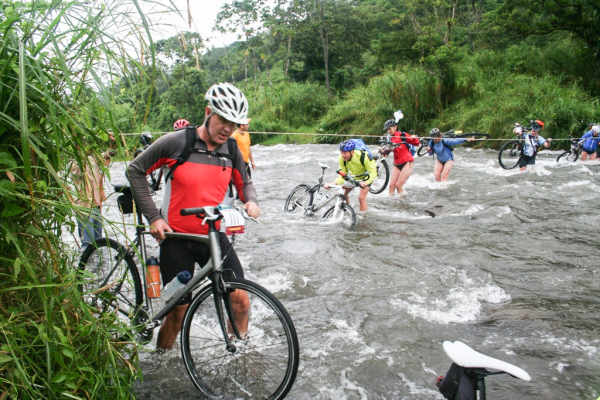
Central America is riddled with some beautiful and magnificent rivers and many of them have not yet been blessed with a highway bridge. This situation provides cyclists with a variety of options in getting across. These range from simply pedalling through smaller streams to fording across larger watercourses to hopping on the local ferries that may or may not be on some sort of schedule. In fact, many may not look like ferries at all, created somehow from a heap of spare parts and a lot of wishful thinking. Puttering fitfully across an isolated river in rural Central America is an experience not to be missed.
4. Volcanoes, Volcanoes & More Volcanoes
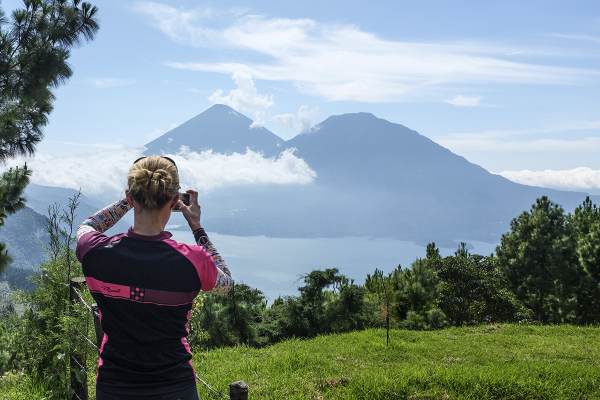
Who isn’t fascinated by volcanoes? Cycling through Central America will allow you to explore them up close and personal. Located on the Ring of Fire, the region offers an almost unlimited number and variety of viewing options. Guatemala alone, for example, has 22 active volcanoes and probably the most picturesque setting for 3 of them on the shores of Lake Atitlan. Nicaragua has perhaps the most accessible active volcano, that being Volcan Masaya, located about 30 km outside Granada. You can easily cycle to the top and take a peek inside at the unending volcanic activity. Volcan Arenal in Costa Rica is probably one of the world’s best-known volcanoes but its spectacular nightly lava flows have been missing since 2010.
5. The Cloud Forests of Selva Negra
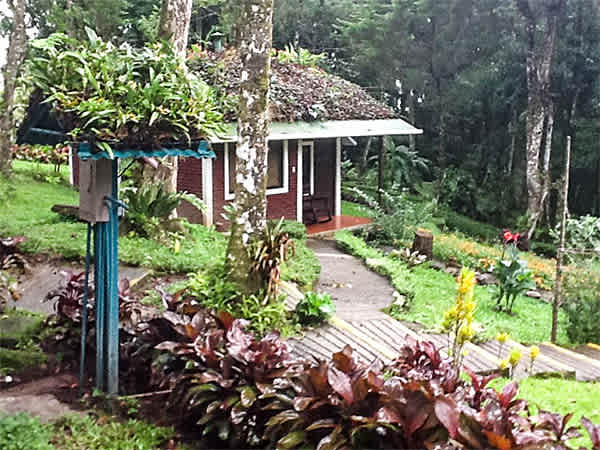
Who would guess Nicaragua had cloud forests? Better known for its beaches, colonial Granada, Lake Nicaragua and an unfortunate political history, this country is a hidden gem and will surprise cyclists at every turn. One of the coolest places to visit is Selva Negra, about 140 km NE of Managua. Just remember that cycling the last 10 km is straight uphill. Once you arrive, however, you’ll quickly forget the climb. Unlike a rainforest, the cloud forest receives almost all its moisture, not from rain, but from the low level clouds that settle in the forest’s canopy. This produces the conditions for a wide and unique variety of flora and fauna. You and your bike can explore all this while staying in some cosy mountain cabins, complete with green roofs.
6. The Temples of Tikal
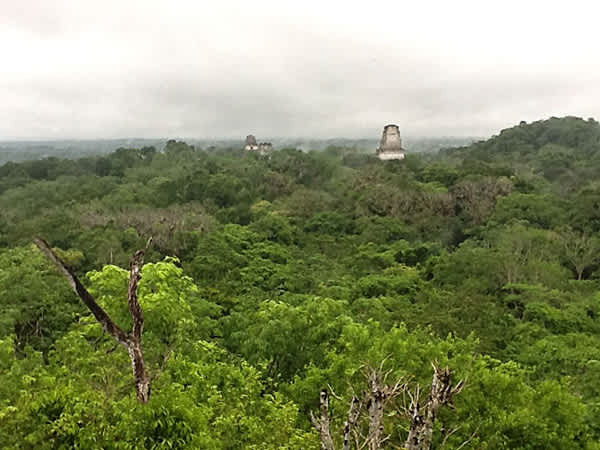
Central America is dotted with Mayan ruins – many of which you can reach on your bicycle. One of the best ones to aim for is Tikal, located in Northern Guatemala, near the border with Belize. It is part of the one-million-hectare Maya Biosphere Reserve created in 1990 to help preserve the endangered forests. The thousands of temples and other structures are spread over almost 600 km of jungle but the main sites are easily reached. Be sure to climb to the top of Temple 4 for an absolutely stunning view of the surrounding jungle canopy, broken only by the haunting tops of ancient Mayan temples.
7. Enjoy a Refreshing Michelada
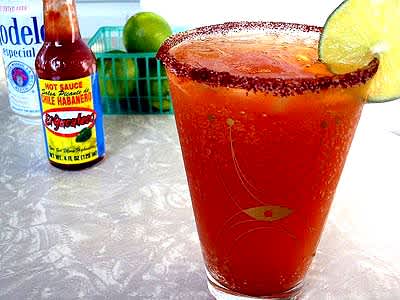
We all know that a cold beer at the end of a long day of cycling is certainly one of the best things in the world. However, in Central America, you may find you like having a Michelada instead. What is it? Think a beer Caesar or beer Bloody Mary – a chilled salt-rimmed glass filled with beer, lime juice, spices, peppers and a whole lot more. While originally a Mexican creation, thirsty cyclists will find that each country tweaks the recipe to suit their own tastes. For example, in some areas of Costa Rica they are known to use passion fruit juice instead of clam or tomato. In any case, after a hot, humid ride, cyclists pedalling through Central America will find this creation irresistible.
8. Experience the Colours
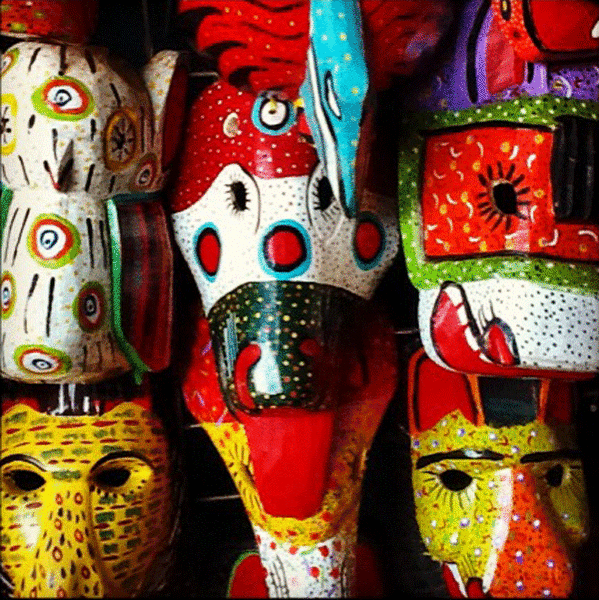
Hemmingway famously wrote “it is by riding a bicycle that you learn the contours of a country best.” This could not be more true for Central America. As you pedal up and down the seemingly endless hills your mind will be intoxicated by the constant change in brilliant colours. You will find that brightly painted storefronts are constantly being replaced by colourfully clad Indigenous women before being transformed magically into vibrant flowers or radiant birds. The region is a cornucopia of incredible sights, sounds and smells that are best experienced from the seat of your bicycle.
9. Granada’s Colonial Charms
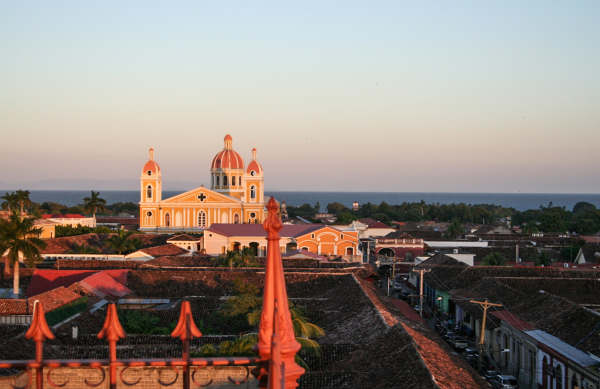
The colonial architecture of Nicaragua’s historic city of Granada is spectacular and best enjoyed by riding your bicycle through the compact city centre. Churches, plazas, museums and colourful houses all feature in the city’s charm. In addition, there is its picturesque location of the shores of Lake Nicaragua, the largest in Central America. Cyclists can continue their adventures by hopping on a slow boat from Granada’s pier out to Isla Ometepe. This island, dominated by Volcans Conception & Maderas is perfect for spinning around on a bike and exploring petroglyphs and waterfalls.
10. Chilling Out on Caye Caulker
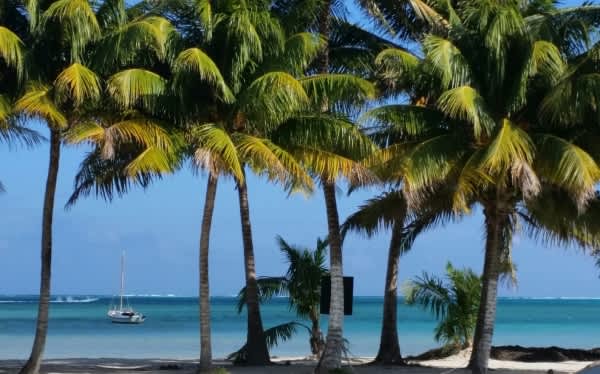
Looking for a perfect spot to finish your cross Central America cycling? How about laid-back Belize, the former British colony? Riding eastwards across the country, riders will notice a distinct change from a Spanish Central American culture to a more English Caribbean one. Be sure not to stop in sketchy Belize City though. Simply pedal down to the main pier and catch the next water taxi to beautiful Caye Caulker. Be sure to bring your bike. There are no vehicles allowed on the island. The motto here is ‘No shirts. No shoes…No Problem.’ Celebrate the end to your cycling journey by chowing down on spiny tail lobster, a local specialty.
11. The Unexpected

]]>
“The trip was a blast “ – Eleanor Patterson (Australia)

“The most challenging trip I have ever done, but also the most rewarding. Riding through incredible scenery, seeing close up how another part of the world lives, eating massive amounts of food, ending each day worn out but oh so satisfied, spending time with an incredible group of people – what else is there to say !?!” – Jim Raddatz (Canada)

“Great people. Amazing staff. And really tough riding.” – Joseph Lee (Canada)

“Great People, great Landscape, great sport.” – Jan Knackmuss (Germany)

“It was a really tough ride with lots of climbing and lots of dirt road but you are rewarded with an incredible experience and stunning views of 5 different countries, beautiful places on the rest days and a a nice group of other riders. Its a physical challenge but everyday after the riding you are glad, proud and satisfied to have done this trip.” – Juergen Willrodt (Germany)
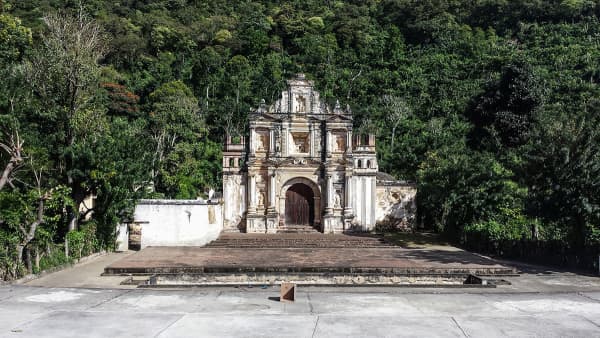
“I really liked my expedition, the scenery was amazing, the route is interesting as we go through small villages where tourists don’t usually go.” – Marie-Jose Vasseur (Canada)
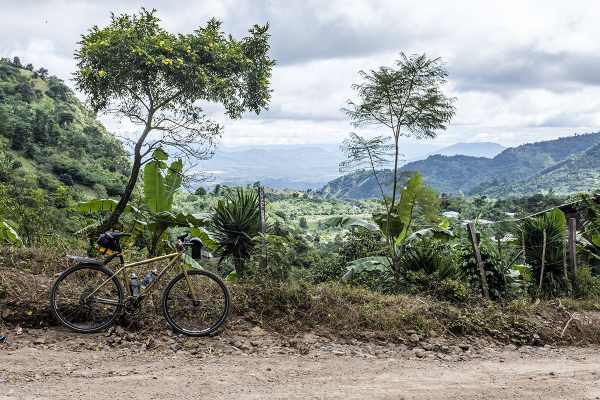
“Awesome!” – Marie-Christine Fleury (Canada)

“If you are looking for an adventure, its great I loved it. Good people and well organized. The tour was great it was very challenging, more so than expected, but beautiful.” – Geraldine Pacques (Canada)
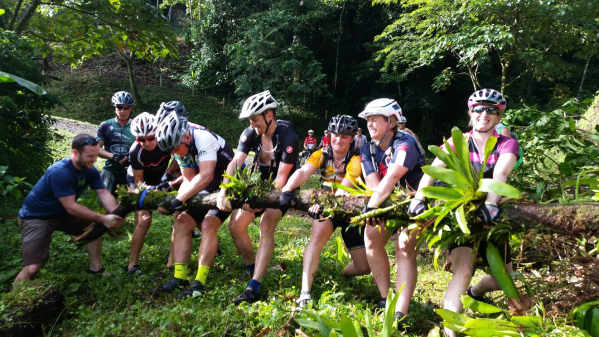
“Good group, good leadership, good drivers. interesting route; lots of mountain country, some amazing country & spectacular views, very much off the beaten track, some great rest day places. This is a great ride in the hills of Central America. Enjoy the ride through traditional rural villages and farms in the mountains. Friendly people. ” – Charles Feaver (Canada)
]]>Micah reports from the end of the Ruta Maya bike tour:
After being surprised at not finding very much jungle on the Ruta Maya, I did eventually find the environment I had expected as the tour neared its end in Belize. One of our last days in Guatemala saw plenty of palm trees, was hot and humid, and began with a brief but heavy morning downpour.
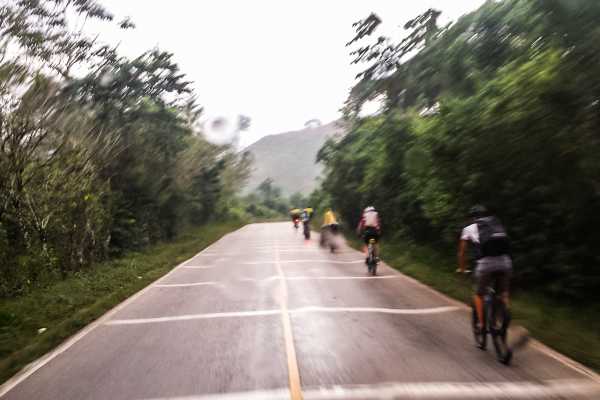
The ride to our last rest day got off to a slow start when we found the ferry we had to take was broken. However, we were able to arrange alternative transport to get the cyclists across the river, and the vehicles followed a couple of hours later when the regular ferry service resumed.
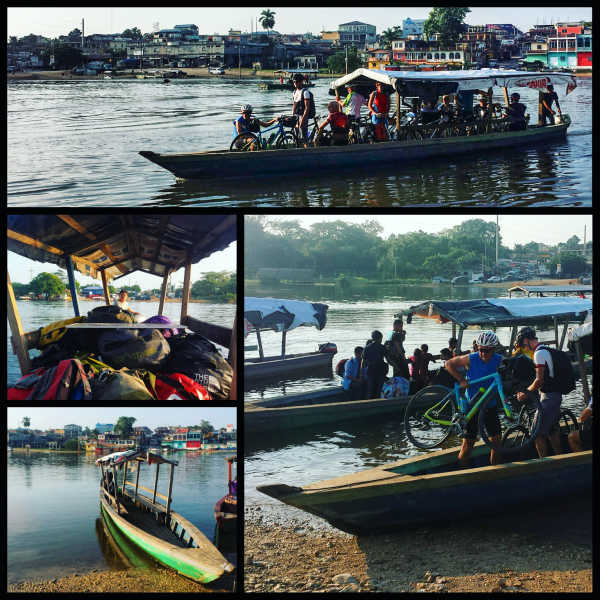
Making it to our last rest day on the tiny island of Flores– and with only two riding days left in the tour – was certainly a cause for celebration, and the waterfront bar across the street from our hotel made it easy.
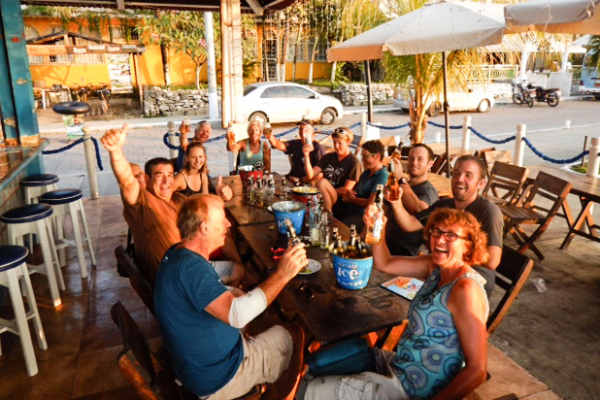
Flores is the closest city to the ancient ruins of Tikal, Guatemala, and most of the riders made use of their rest day by visiting the huge site in the jungle. The impressive temples and other structures here were built beginning as far back as 500 BC. The riders were awed by the incredibly well preserved temples still standing so deep in the jungle. As a side note, the site was used as a filming location for Star Wars: A New Hope in 1977.
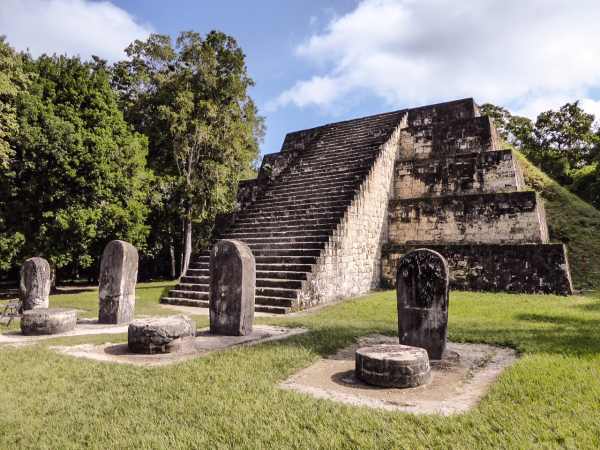
Almost five weeks after setting off from San Jose, Costa Rica, the Ruta Maya riders made it to Belize City. Our last two days of riding took us along (relatively) flat and smoothly paved roads. The intense heat and humidity still tested the riders on this otherwise unchallenging terrain. And our last few kilometres into the city saw the riders making their way through flooded streets after a day of intermittent rain.
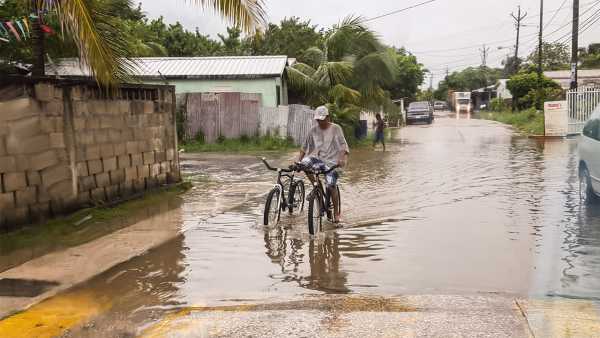
The riders arrived at the finish as a group, sharing the sense of accomplishment after having completed one of TDA’s toughest tours that, while not the longest, features some of the most challenging dirt roads and most unrelenting climbs.
]]>
Micah reports from the shores of Lake Atitlan on the Ruta Maya:
“Whose phone was that?” We heard a vibration, but were puzzled as none of our phones showed any activity. The other tour staff went back to their beers, but I felt the subtle tremors. “Did you feel that?” No one else could feel that the building was moving ever so slightly, as evidenced by the saloon door swinging slowly on its hinge. Further research revealed that it was in fact an earthquake, measured at 5.7 magnitude deep under the surface of Guatemala. Over the next couple of days riders and staff alike have felt more small earthquakes. But I guess it makes sense – where there are volcanoes, there are earthquakes.
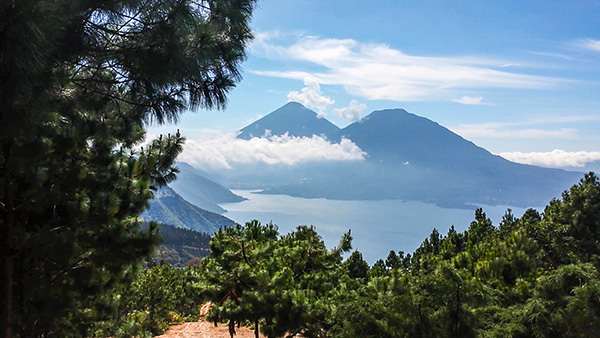
After a few brief volcano sightings earlier in the tour, our last several days have had the riders in near-constant awe of the volcanoes around us.
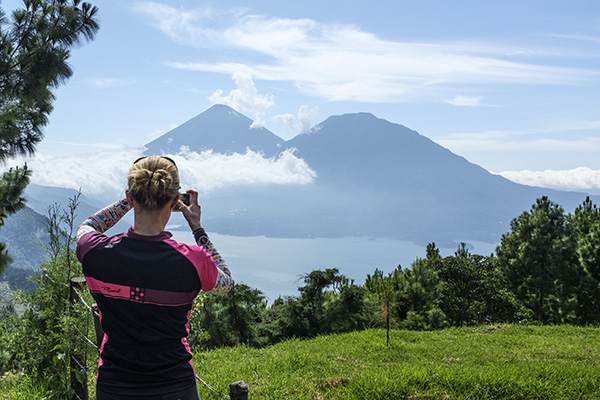
One day, I noticed a group of riders stopped just a few metres before our lunch spot, phones pointed skyward. I missed it, but it turned out they were all snapping photos of one of the nearby volcanoes that was in the midst of a small eruption. Since then, we have seen these plumes of debris over and over again.
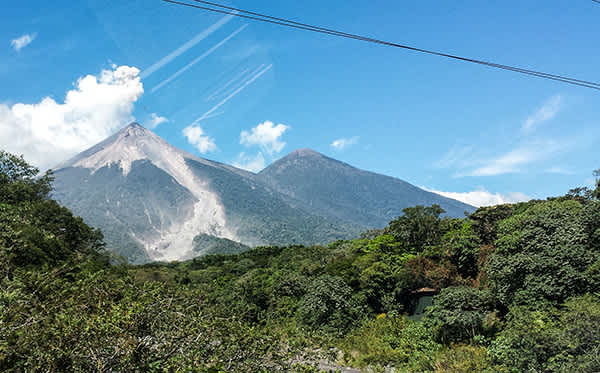
The last stretch of road into our current rest day in Panajachel provided the most stunning views of these volcanoes so far.
]]>
Micah reports from the Ruta Maya cycle tour:
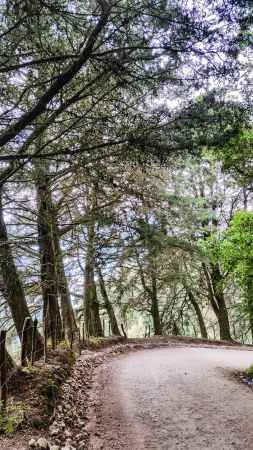 “The Ruta Maya”. What do you think of when you hear those words? In my mind, they conjure up images of cyclists making their way along muddy roads through humid jungle-like landscapes. While that certainly makes up part of the Ruta Maya, our last days of riding have been rather different.
“The Ruta Maya”. What do you think of when you hear those words? In my mind, they conjure up images of cyclists making their way along muddy roads through humid jungle-like landscapes. While that certainly makes up part of the Ruta Maya, our last days of riding have been rather different.
Almost every day, our route has taken us up long twisty climbs to altitudes above 2,000m. Although the riding has been tough, it has been worth it. The higher altitudes bring much-appreciated lower temperatures, with riders frequently putting on their jackets before descending from the top of each climb.
I even found one of my favourite types of road – what I call the tree tunnel. A dirt road under a dense canopy of trees, where you pass through the open space seemingly carved from the branches by years of vehicles passing through.
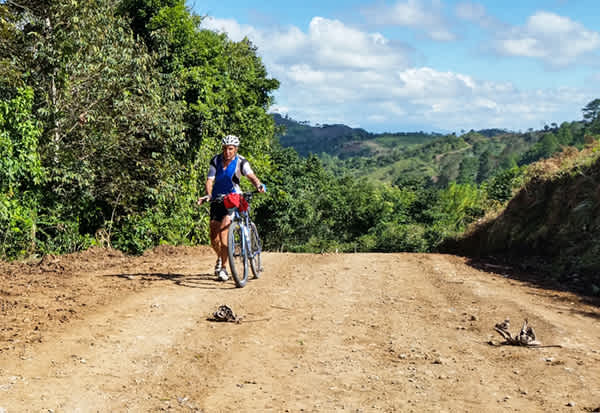
While these Guatemalan hilltops are cooler than the lower areas where we usually spend the night, they also treat us to amazing views of landscapes I never expected to see on this tour – vast mountainous forests of pine and oak trees.
Like most areas with lots of big hills or mountains, the weather can change suddenly as you approach a summit, with seemingly totally different climates existing on either side of the peak. One climb ended in a heavy mist, with riders describing darkness, slick roads, and cold temperatures on the descent.
Joe riding into the mist on the #RutaMaya
A video posted by TDA Global Cycling (@tdacycling) on
Our last descent ended in Panajachel, Guatemala on the shores of Lake Atitlan where we are currently enjoying a rest day. It is a wonderfully scenic little town, just as it was described here on the last Ruta Maya.
]]>Micah reports from the Ruta Maya bicycle expedition:
If you look at any one photo of someone riding in the Ruta Maya, you would be hard pressed to guess what kind of tour it is. Is it on pristine paved roads, or brutal dirt? Does it pass through vast farmland, or over epic hills?
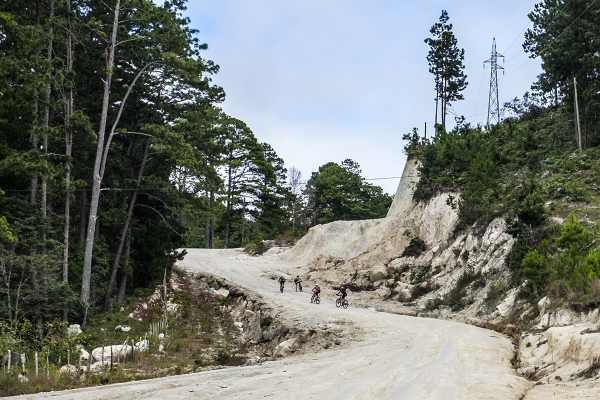
The truth is, the Ruta Maya has it all. Like the character Dr Jekyll, the Ruta Maya frequently, and seemingly at random, alternates between two vastly different states.
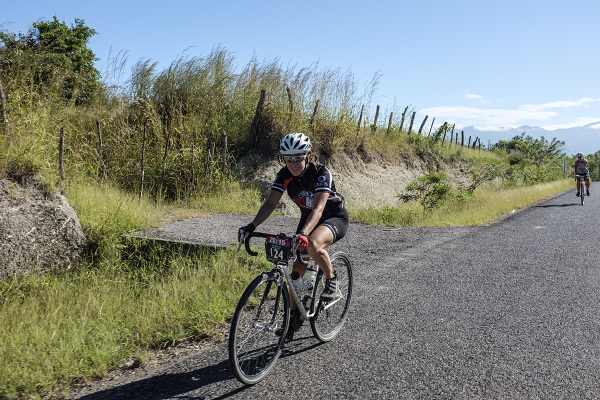
Most days on the Ruta Maya start and end on paved roads, in the small bits of relatively flat land where towns tend to be located. But much like Dr Jekyll finds himself transforming into the evil Mr Hyde, the day’s route often goes through a sudden shift onto rough, unpaved roads winding their ways up and over endless series of hills.
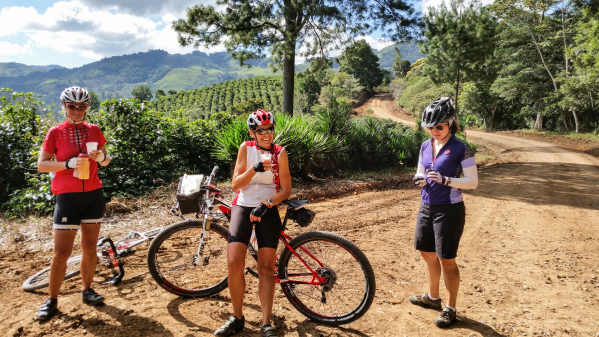
Our route notes often reflect this – with surprises such as “tarmac for 1km” appearing in the middle of a 50km stretch of dirt.
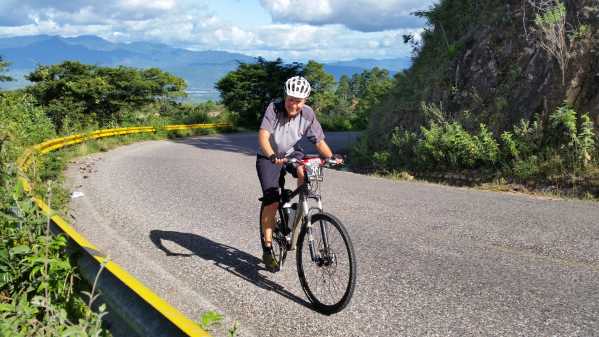
While we marvel at the difficulty of riding on these dirt roads, the locals don’t seem too bothered. Cows, dogs, and even tuk-tuks have no problem navigating up steep, rutted, and rocky inclines.
The first few days we had of really bad roads resulted in some grumbling from the riders, asking “Why did you choose that route?”, “Why not the highway?”, or “Isn’t there a way around the hills?” 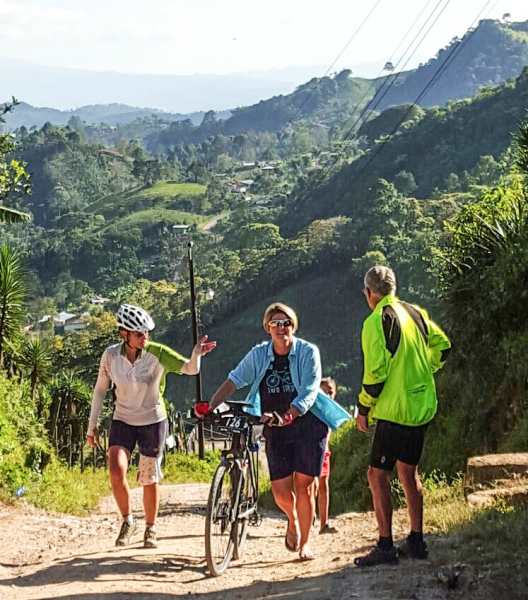 Yesterday’s ride into Copan Ruinas was probably the most difficult of the tour so far, with a brutally hard dirt road full of sand, loose rocks, and climbs that only a handful avoided walking up. However, it seems that the riders have begun to understand the method behind the madness. Joe described the stage upon his arrival at the hotel: “It was the Ruta Maya I imagined – I mean it was really that tough. It was all rideable though, and the scenery was unbelievable.”
Yesterday’s ride into Copan Ruinas was probably the most difficult of the tour so far, with a brutally hard dirt road full of sand, loose rocks, and climbs that only a handful avoided walking up. However, it seems that the riders have begun to understand the method behind the madness. Joe described the stage upon his arrival at the hotel: “It was the Ruta Maya I imagined – I mean it was really that tough. It was all rideable though, and the scenery was unbelievable.” 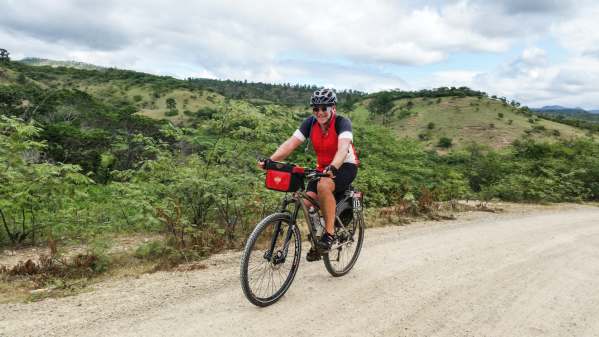 Dr Jekyll and Mr Hyde co-exist on an axis of good and evil. Some of the riders thought our route decisions shared that dichotomy – but they are realizing that really, it’s all good. It has become an almost daily ritual for riders to arrive at the finish to cheers and applause, a welcome greeting from their fellow road warriors.
Dr Jekyll and Mr Hyde co-exist on an axis of good and evil. Some of the riders thought our route decisions shared that dichotomy – but they are realizing that really, it’s all good. It has become an almost daily ritual for riders to arrive at the finish to cheers and applause, a welcome greeting from their fellow road warriors.
Simon and Janice arrive after a long, long day on the #RutaMaya #optoutside
A video posted by TDA Global Cycling (@tdacycling) on
Tomorrow our split personality bike tour continues as we cross into Guatemala.
]]>Here is the latest report from Micah on the 2015 Ruta Maya.
As a former car guy and now bike nerd, I am always intrigued by the unique forms of transportation used in different places around the world.
The first thing I noticed in Nicaragua was the bus system. Most of the buses there looked like repurposed American school buses – I later found out that this is exactly how they got them.
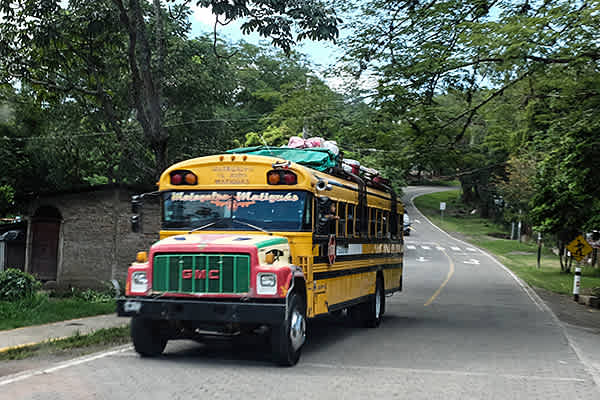
And although each bus has its own individual style, they are all closely coordinated in a country-wide system, allowing you to get to nearly any small town in Nicaragua. Each bus is labelled with its origin and destination, but they often have a little something else, like the Amazing (spiderman) bus.
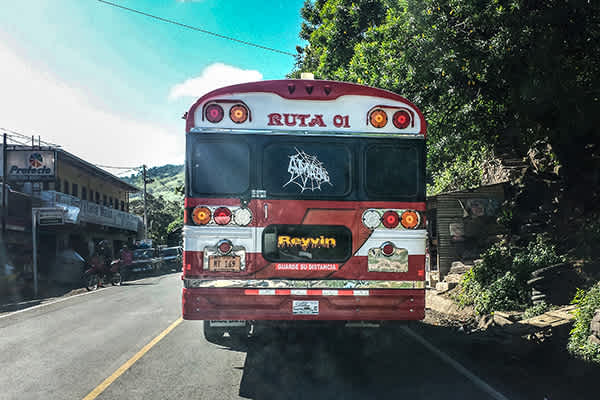
In any country with lots of hectic traffic – and Nicaragua is definitely one of them – loading and unloading buses can be a challenge. Here, the buses often have ladders and no doors. This means that people can throw their bag through the door and jump on while the bus is still rolling.
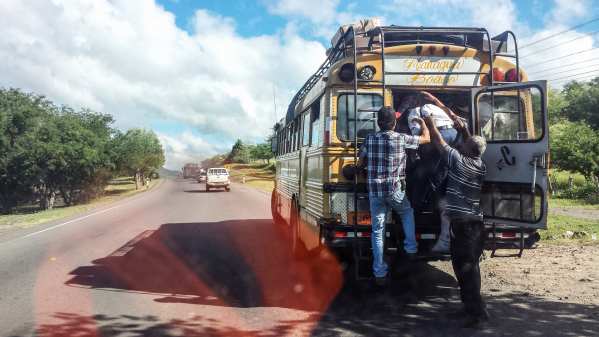
I also like to see the preferred style of bicycle wherever I go. In Costa Rica it was beach cruisers, but here they did their own thing. The kids usually ride around on BMX bikes, or mountain bikes a few sizes too small.
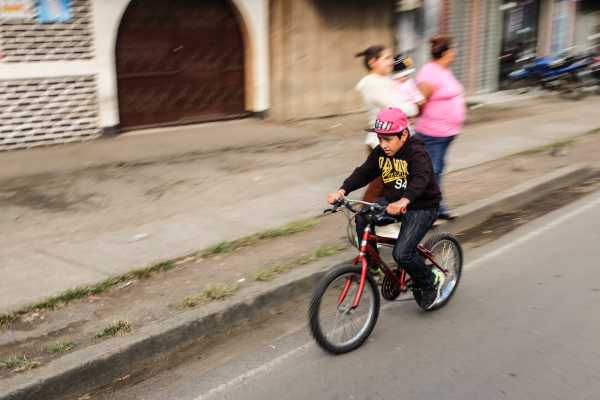
They also love to double or even triple ride, riding with confidence down the side of busy highways despite the extra passengers.
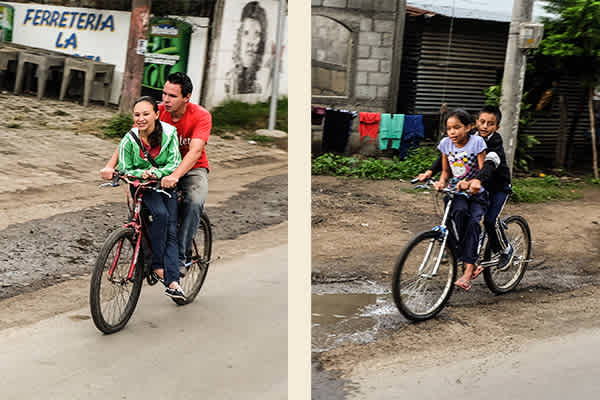
We also saw tons of cargo bikes, often with massive loads. I saw these bikes loaded down with anything from food or building supplies to wood or ice cream.
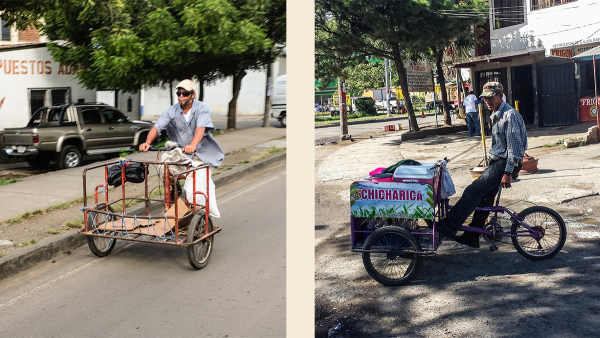
Lastly, on our rest day in Granada, there were horse drawn buggies taking tourists around the town. But in a strange case of old-meets-new, they were branded with advertising for the local cell phone company.
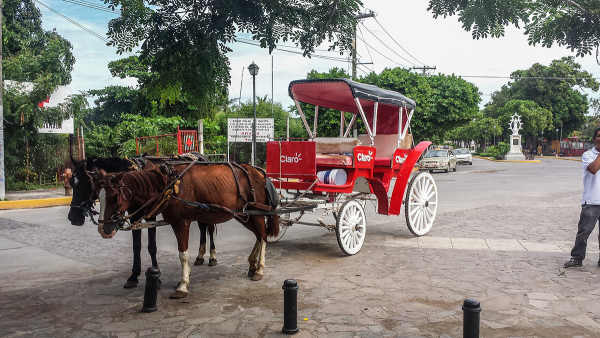
Micah reports from the Ruta Maya cycling expedition:
One of the well-known moments of the Ruta Maya is the river crossing that gets the riders into adventure mode just a few days into the tour. They did it in 2012, and we were ready for it again in 2015.
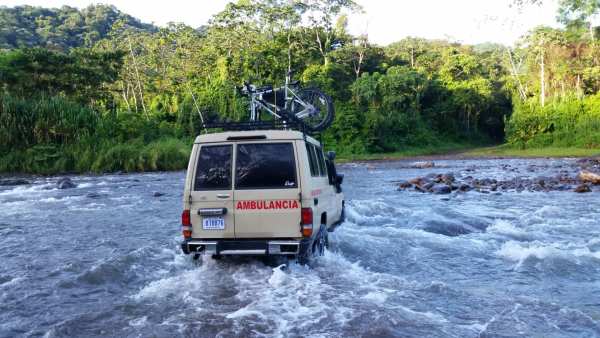
Once the Land Cruiser had crossed, we set up a rope to help the riders make their way to the other side.
They all made it, and they even did it with a smile.
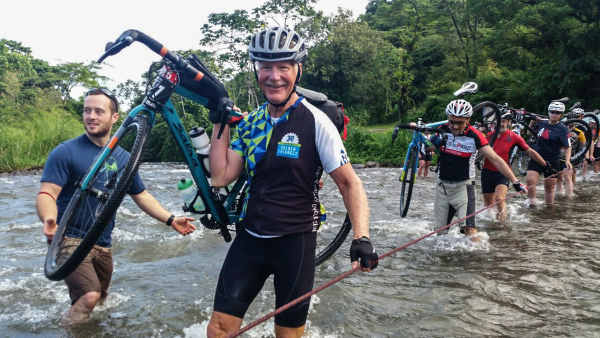
There was another to come that was small enough to do without a rope.
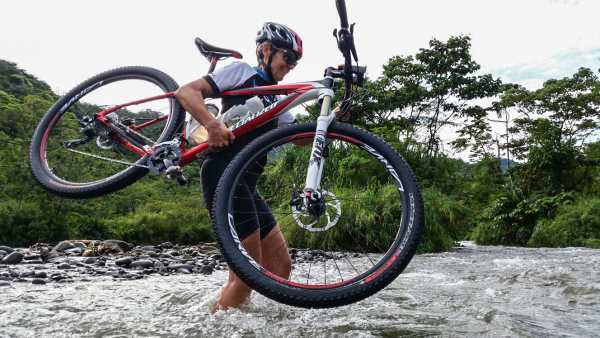
As you can see, we had prepared for these river crossings and handled them easily. But we also found something we hadn’t prepared for – a fallen tree.
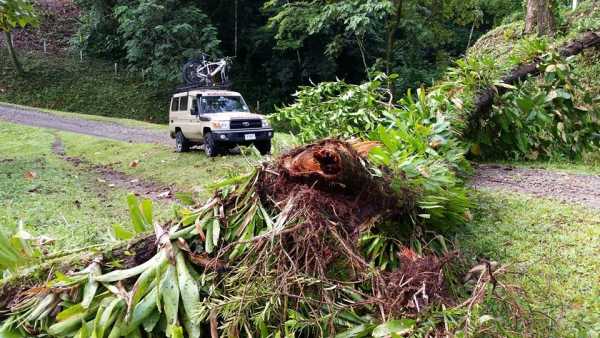
Luckily, a pack of 40 cyclists can easily lift a large tree. The tree was moved, and we were on the road again.
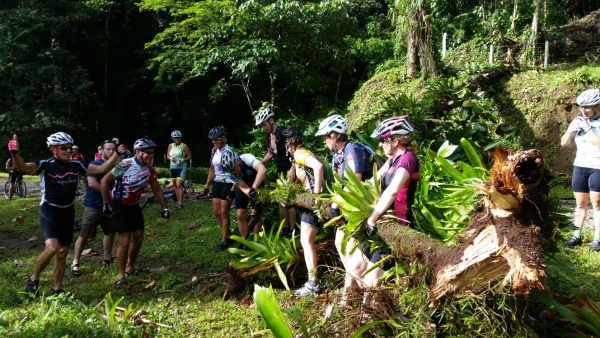
Micah recaps the first few days of the Ruta Maya cycle tour:
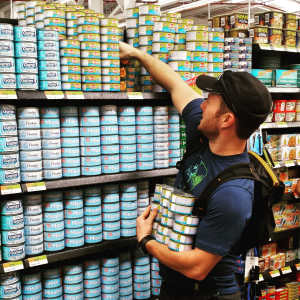 Buying supplies at the beginning of each tour can be challenging – you never know exactly what you will or won’t find. In this case, San Jose, Costa Rica had everything we wanted. Several taxi rides around the city had us well stocked on everything we needed – including an ample supply of canned tuna. Don’t worry – the riders won’t be eating it every day!
Buying supplies at the beginning of each tour can be challenging – you never know exactly what you will or won’t find. In this case, San Jose, Costa Rica had everything we wanted. Several taxi rides around the city had us well stocked on everything we needed – including an ample supply of canned tuna. Don’t worry – the riders won’t be eating it every day!
The riders made their way out of San Jose in a convoy, taking on the busy city streets as a team. Yes, one of our support vehicles was previously an ambulance.

Once out of the city, the riders quickly found that Costa Rica would offer countless amazing landscapes. They rode past waterfalls:
And alongside cloud-swept volcanoes:
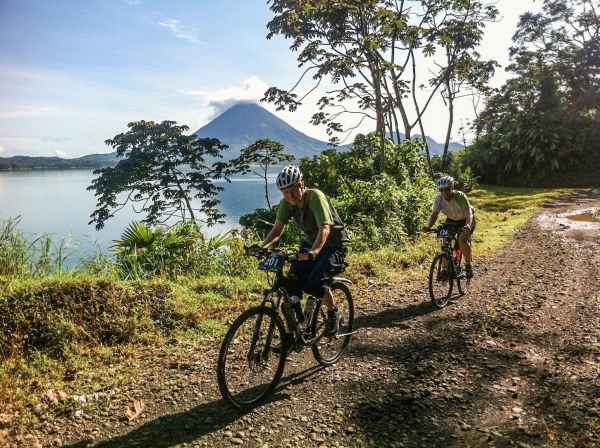
As you can see, the Ruta Maya travels on some exciting dirt roads. Obstacles like this water crossing were to become a common occurrence…
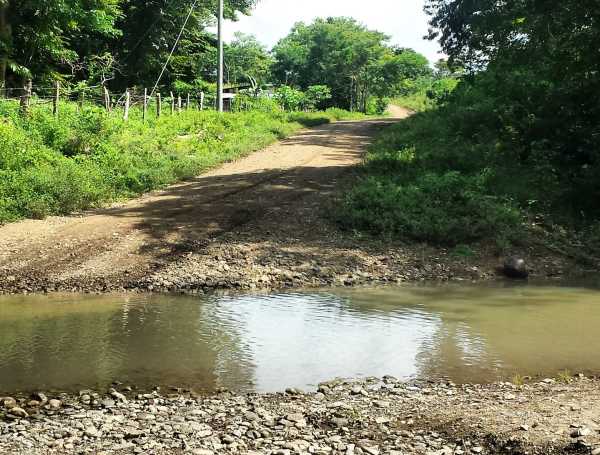
After successfully navigating the first border crossing of the tour and entering Nicaragua, the riders found themselves welcomed to the country with the stunning bay at San Juan del Sur.

As we ate dinner at the open-air beach-front restaurant, this view turned into a beautiful sunset.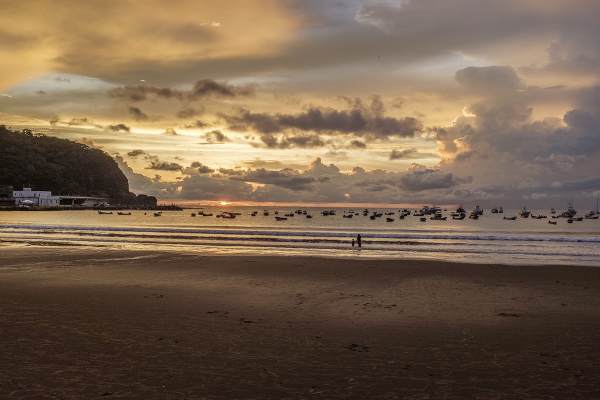
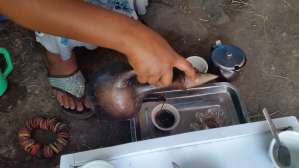 I had a cup of coffee earlier this year in Ethiopia that I’ll remember for a long time. It wasn’t the best coffee I have had, but the experience has stayed with me.
I had a cup of coffee earlier this year in Ethiopia that I’ll remember for a long time. It wasn’t the best coffee I have had, but the experience has stayed with me.
Sitting on a rough wooden bench, in the comfortable temperatures of the Ethiopian highlands, I ordered two coffees for Fitsum, my new Ethiopian friend, and myself. I watched as the lady prepared my coffee. She poured very slowly as not to disturb the grounds resting at the bottom of the round coffee pot with its slender handle and spout. She set the coffee down on a hot plate made of bottle caps tightly strung together in a circle. Then she lit some frankincense and it wafted around us as we sipped our sugary brew. It was a roadside, modern take on the traditional Ethiopian coffee ceremony. Moments like this are what travel means to me – experiencing traditions and cultures in unexpected ways. Cycling can bring you to obscure villages where you get up close and friendly with local life. What better way could there be to explore coffee meccas around the world than on a bike.
Many people have opinions on the best coffee regions in the world, but here are my six suggestions that should suit a cycle tourist very well. Feel free to suggest other destinations in the comments field below.
1. Yirgacheffe – Birthplace of Coffee
Yirga Chefe and Sidamo region are considered by many a coffee geek to be the birthplace of Arabica coffee. And Yigracheffe coffee variety has been the gold standard for years in coffee shops the world over. Unlike many other coffee producing countries, Ethiopians are big consumers of the tasty brew. Over 50% of production is for domestic consumption – pressed through espresso machines left by the Italians or brewed over open fires with incense filling the room in the more traditional way.
Pass through Yigrecheffe on the Meltdown Madness section on the annual Tour d’Afrique.
2. Central American Coffee Country
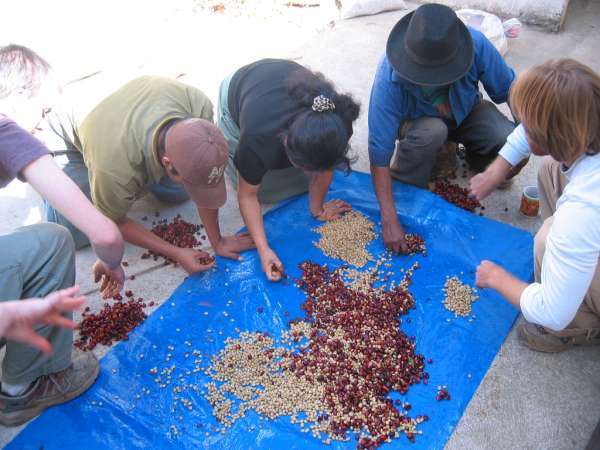
Flickr photo by rohsstreetcafe
Costa Rica, Honduras, Nicaragua and Guatemala combined would rank 2nd only behind Brazil in total coffee production in the world. On the Ruta Maya, cyclists would be hard pressed to not stumble upon coffee plantations along the way. As this coffee blogger states,
I so enjoy packing on my well-fed mule, Ramon, onto the steep, rugged hills of the Antigua or Coban regions to visit the origin of their lively spicy, floral and chocolaty brews. The coffees from Guatemala are sold using a system that separates them by grade. The elevation that the beans are grown at is the determining factor.
Visit coffee country on the Ruta Maya cycling expedition not on a mule, but with your mountain bike.
3. Tanzania and Mt. Kilimanjaro
Not far from Arusha are the mighty mountains of Meru and Kilimanjaro, home to some of Tanzania’s major Arabica growing regions. As Tanzania’s main export, coffee is an important part of any experience in this country. While cycling through Tanzania a stop in Arusha is a must. Why not splurge after visiting the game parks and stay at the Arusha Coffee Lodge set in Tanzania’s largest coffee plantation in order to have the full Tanzanian coffee experience.
Cycle to Arusha and onward through central Tanzania and its other coffee regions on the Masai Steppe section of the Tour d’Afrique.
4. Have some Java in Java
Thanks in part to the Dutch, who began cultivation in the 17th century, Java sends its prized coffee beans across the globe; everything from the cheapest instant coffees made from the Robusta bean to one of the world’s most expensive coffees – Kopi Luwak – made with beans pooped out by a certain type of civet. Our Volcanoes & Temples tour on Java passes right through the coffee growing region of the Ijen plateau. On your day off, do a coffee tasting at Ijen View Hotel overlooking the volcano and the coffee plantations.
Ride over some volcanoes and taste the coffee grown in its rich soil on this section of the Trans-Oceania.
5. Visit Colombia’s Coffee Triangle
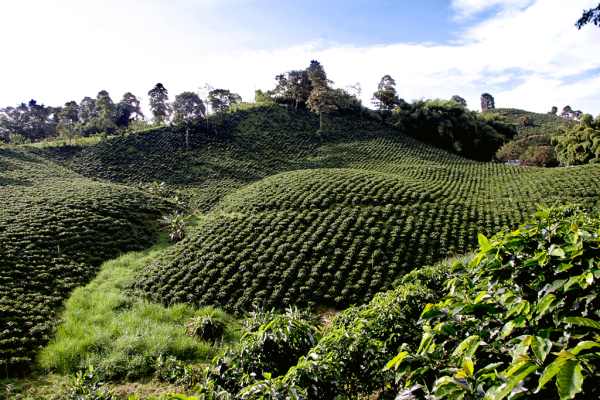
Flickr photo by Triangulo del Café Travel
As the Guardian reported last year, ‘Coffee Regions are Open for Tourism‘. The BBC recently asked is Colombia ‘Home of the Perfect Cup of Coffee?‘ It would have to be on the list for any cycle tour geek out there. On the Undiscovered Country portion of the South American Epic we pass Caldas between Medelin and Bogota. Caldas is part of the Coffee Triange an area recognized as a World Heritage cultural site – for very good reason. As UNESCO writes, it is “An exceptional example of a sustainable and productive cultural landscape that is unique and representative of a tradition that is a strong symbol for coffee growing areas worldwide.”
Cycle through the Coffee Triangle on the Undiscovered Country section of the South American Epic.
6. Coffee Culture in ‘Land of a Thousand Hills’
Sip an espresso and experience the coffee culture in one of Kigali’s upscale coffee shops. Cycle the lovely ‘land of a thousand hills’ and gaze at the coffee plants that are scattered in the central and northern areas. Then stop by Team Rwanda’s headquarters and sample coffee grown in the rich volcanic soil beneath the Volcanoes.
Cycle along Lake Kivu and stay overnight at Kinunu Coffee Washing Station to view the process firsthand. Then return to Kigali and immerse yourself in the urban coffee shop scene. Bourbon – a proudly Rwandan franchise- serve espressos, and Americanos alongside nicely prepared sandwiches and light snacks.
Plan a cycle tour and experience this firsthand with Rwandan Adventures.
What Have we Missed?
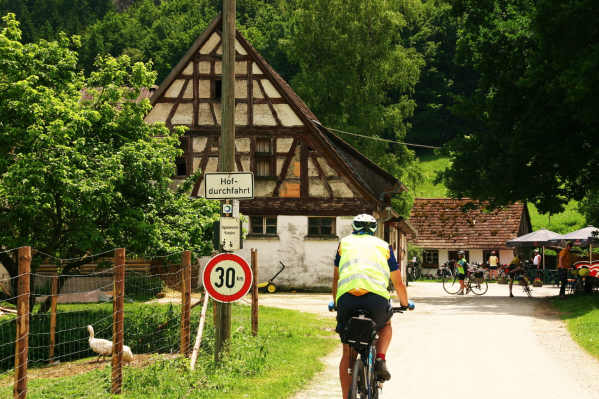
Like peanut butter and jam, goats and sheep, February and March, some things are meant to be together. And any cyclist will tell you that cycling and coffee are a perfect match. So tell us the other destinations we have missed. Where have you cycled and gained a deeper understanding of coffee production, trade, or varieties?
]]>The 2015 Ruta Maya Cycling Expedition from San Jose, Costa Rica to Belize City, Belize has sold out – even though the start is over 14 months away!
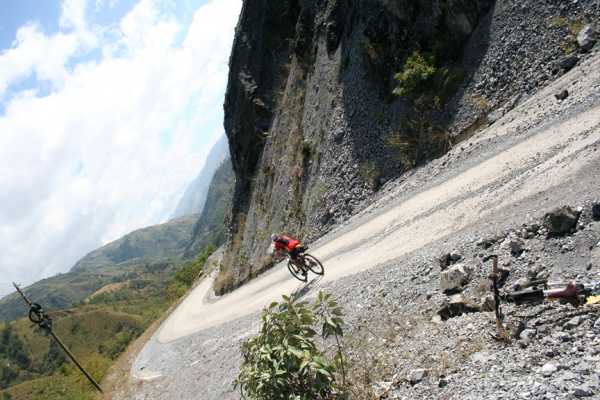
We are now accepting applications for the waiting list. If you are interested in this tour, an experience that one 2012 rider described as “Absolutely incredible- stupendous scenery, super challenging biking terrain, magical leadership “, please email us and we will add your name to the others hoping for a spot to open up.
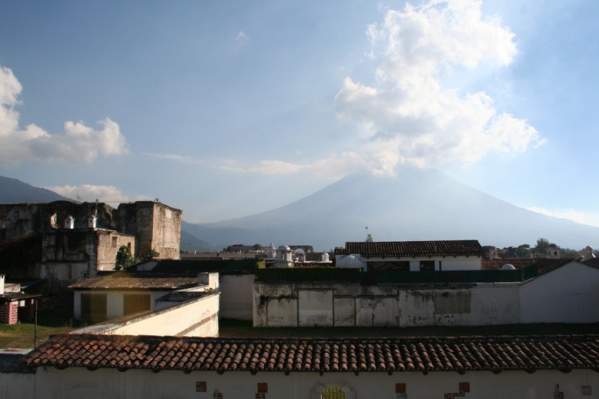
It is early evening and the three volcanoes are all dressed up in fluffy clouds and a soft mist. The usually deep blue lake is drenched in crimson, buttery yellow and layers of pink as the sun sets over Guatemala’s deepest lake. A rest day in Panajachel is just one of the utterly delightful stops along the way during TDA’s La Ruta Maya -Doomsday Ride. And the clever folk who designed the tour made it a rest day. Lake Atitlán in Panajachel has become a major tourist attraction and the tiny village thrives on this as well as the abundance of food the lake offers.
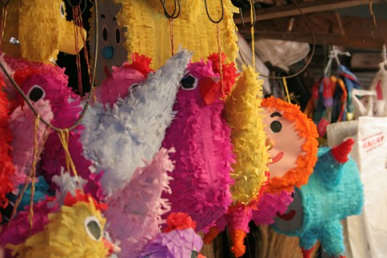 On our rest day we stayed in the most gorgeous guest house with a crystal clear pool that we soaked our bicycle weary muscles in. We played music and reminisced and drank beer. Some actually cleaned their bikes. When we felt refreshed we roamed the tiny cobblestones and ate and ate. It was around 13 December but the tiny village, just over 11,500 residents, was strangely quiet which was great. It felt as if it belonged to us. The tiny winding streets are full of the insanely colorful Guatemalan art, clothing and artifacts. The kids and dogs play all along the streets and at the edge of the lake. Some of our group rented a houseboat in the middle of the lake and sent us pics of ‘their’ sunset. We were a little jealous. But not too much. We had a birthday celebration and drank dirty cocktails at a loud restaurant – and ate and ate. It is just as well we had such a good rest day because our next cycle to Santa Anna Verapaz proved to be rather brutal.
On our rest day we stayed in the most gorgeous guest house with a crystal clear pool that we soaked our bicycle weary muscles in. We played music and reminisced and drank beer. Some actually cleaned their bikes. When we felt refreshed we roamed the tiny cobblestones and ate and ate. It was around 13 December but the tiny village, just over 11,500 residents, was strangely quiet which was great. It felt as if it belonged to us. The tiny winding streets are full of the insanely colorful Guatemalan art, clothing and artifacts. The kids and dogs play all along the streets and at the edge of the lake. Some of our group rented a houseboat in the middle of the lake and sent us pics of ‘their’ sunset. We were a little jealous. But not too much. We had a birthday celebration and drank dirty cocktails at a loud restaurant – and ate and ate. It is just as well we had such a good rest day because our next cycle to Santa Anna Verapaz proved to be rather brutal.
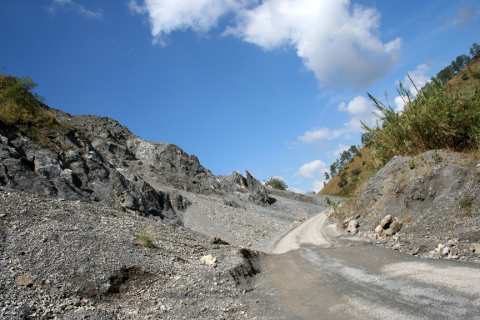 One of the South African riders, Gavin Greig, started cycling at a 6am and only just made it to cut-off time at 17:30 as he cycled into the hotel grounds. That is a whopping 11 hours and 30 minutes of cycling – minus the few short pop stops and rests along the way. But maybe it is because of some of the tough, long cycling days that we appreciate the simple luxuries in life like hot, running water, clean beds and the fine art of simply watching a beautiful sun set into an ancient lake.
One of the South African riders, Gavin Greig, started cycling at a 6am and only just made it to cut-off time at 17:30 as he cycled into the hotel grounds. That is a whopping 11 hours and 30 minutes of cycling – minus the few short pop stops and rests along the way. But maybe it is because of some of the tough, long cycling days that we appreciate the simple luxuries in life like hot, running water, clean beds and the fine art of simply watching a beautiful sun set into an ancient lake.
Curious about the kind of people that tackle our tours? We chat to South African, Suzette Niewoudt, aka Suzie Q, about surviving the TDA 2012 Doomsday Ride – a 2,700km bicycle adventure through Costa Rica, Nicaragua, Honduras, Guatemala & Belize. Fun, fearless, super-duper intelligent, humble, adventurous: Suzie Q offers detailed tips on the best kind of bike to take, preparing for the tour, and how to find joy in any situation on the La Ruta Maya: The Doomsday Ride .
By way of introduction: give us the basics please?
SN: I am a “spring flower” 1 September 1956 (57 this year!@#). I’m a cyclist without borders. I live where I cycle and cycle where I work. I’ve been living and working in Gaborone, Botswana for the past 2 years but I was born and bred in Pretoria where I still have a small cottage to rendezvous with my two sons, Rian (18) and Bennie (25), whenever my journeys for work take me through SA either going on a mission or returning from some State in the Southern African Development Community.
TDA: You do some pretty cool stuff with aeroplanes and the people involved with them, all over Africa. Tell us a bit more…
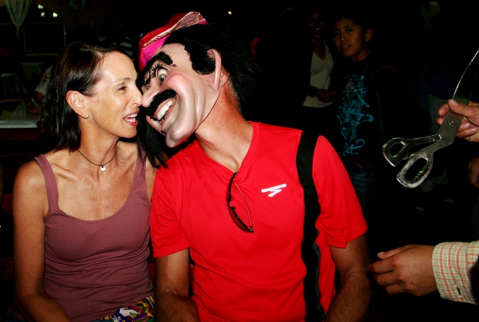 SN: It’s all about safer skies for Africa! I work for the International Civil Aviation Organisation, a Specialized Agency of the UN. Our Project is called the ICAO Cooperative Development of Operational Safety and Continuing Airworthiness for the SADC Region. Our Project’s objective is to establish a Regional Aviation Safety Organisation for our 14 States with harmonised civil aviation standards and procedures, much like EASA for Europe. I am a commercial pilot working on the regulatory and safety oversight side of this industry as a Regional Flight Safety Inspector, which takes me all over Africa but specifically throughout the SADC Region. My specific subject matter expertise is in the areas of Inspector Training Systems and Air Operator Certification. I am very fortunate to be able to work in all these places. I not only love Africa, I live it!
SN: It’s all about safer skies for Africa! I work for the International Civil Aviation Organisation, a Specialized Agency of the UN. Our Project is called the ICAO Cooperative Development of Operational Safety and Continuing Airworthiness for the SADC Region. Our Project’s objective is to establish a Regional Aviation Safety Organisation for our 14 States with harmonised civil aviation standards and procedures, much like EASA for Europe. I am a commercial pilot working on the regulatory and safety oversight side of this industry as a Regional Flight Safety Inspector, which takes me all over Africa but specifically throughout the SADC Region. My specific subject matter expertise is in the areas of Inspector Training Systems and Air Operator Certification. I am very fortunate to be able to work in all these places. I not only love Africa, I live it!
TDA: Your love affair with bicycles…when and why?|
SN: After many and varied stories of life-changing cycling adventures of my neighbour, Esti du Plessis, I inherited her trusty (but rather heavy) Giant Iguana to try out mountain biking. I was instantly hooked. The Iguana, since the late 90s has since produced at least 5 more cycling adventurers! I simply love cycling and those who cycle, especially mountain bikers. There is something about grafting to accomplish a long ride, the dust between your teeth, the switchbacks of the single track and the sense of accomplishment at the top of climb after a long ascent and the exhilaration of a well earned steep downhill! My stud has consisted so far of the trusty Iguana, Specialized Era, Ellsworth Truth and this year a Cannondale Scalpel 2.
TDA: Why the TDA Doomsday Ride: the last cycle to the end of the world…nihilistic or pure joy?
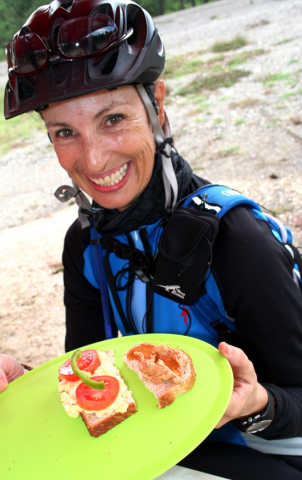 SN: Since my neighbour completed the first TDA Silk Route, I have been scouting the TDA website waiting for the most opportune moment, finances and timeline, to commit to a tour. The full tour! A new tour! Somewhere I have never been! I loved the idea of doing something original, as a pioneer! There could never be another Doomsday (21/12/2012), even if Doomsday wasn’t the end of the world but the end of another Mayan Era! So, although all cyclists on subsequent tours would be about knowing Doomsday isn’t actually a day, we had to first make that history! Let that be engraved on the temple’s corner stone! Ending the tour on “Doomsday” at a Mayan temple is very appropriate. Nihilistic, off course! There was that constant of the EFI Club conscience which drove me until my guts succumbed to the wars of the travel bug! Even though the EFI was not applicable since the Doomsday Ride is not a race, I rode every day like a pioneer and took pride in staying on the road until I was the last lady left inching up every hill of every day. I missed two hills of the 42’000m total Doomsday ascent in the last of 5 weeks. (44’000m TDA over 12 weeks! Big difference!) Pure joy when you see the Doomsday banner waving-you-in at the end of every day!
SN: Since my neighbour completed the first TDA Silk Route, I have been scouting the TDA website waiting for the most opportune moment, finances and timeline, to commit to a tour. The full tour! A new tour! Somewhere I have never been! I loved the idea of doing something original, as a pioneer! There could never be another Doomsday (21/12/2012), even if Doomsday wasn’t the end of the world but the end of another Mayan Era! So, although all cyclists on subsequent tours would be about knowing Doomsday isn’t actually a day, we had to first make that history! Let that be engraved on the temple’s corner stone! Ending the tour on “Doomsday” at a Mayan temple is very appropriate. Nihilistic, off course! There was that constant of the EFI Club conscience which drove me until my guts succumbed to the wars of the travel bug! Even though the EFI was not applicable since the Doomsday Ride is not a race, I rode every day like a pioneer and took pride in staying on the road until I was the last lady left inching up every hill of every day. I missed two hills of the 42’000m total Doomsday ascent in the last of 5 weeks. (44’000m TDA over 12 weeks! Big difference!) Pure joy when you see the Doomsday banner waving-you-in at the end of every day!
TDA: How much preparation did you do for the Doomsday Ride?
In Botswana we ride 4 times a week in the bush. There are no significant hills here, but lots of sand and I really mean a lot of deep soft sand. We call them horizontal hills. 29er country! I did an average of 150 km/week actual riding in the saddle for all the months before the tour. All of these training rides were basically over flat terrain. (No terrain on offer in Botswana could have prepared me for those monster climbs shared with the roaring Central American diesel trucks and buses.) During the last 3 weeks just prior to the tour I was sent away on a mission to Nairobi. Definitely no riding there! I did a 1 hour spinning session every day in the hotel’s gymnasium which kept my legs going and my butt in the saddle.
TDA: What bike did you bring and how did it work out for you?
SN: The bike. I brought my Ellsworth Truth (26er soft tail). This is an incredible little bike which served me well on the tour. It performed fantastically whenever the technical surfaces demanded some mountain biking skills. I distinctly remember the increased level of endorphins whenever the road changed into mountain bike surface! It was definitively much different for those on touring bikes with thinner wheels!
Rear Suspension:
The big con was my rear suspension without a lock-out function! Having to ride the steep ascents with a rear suspension absorbing every honest effort made to excel on the climbs, proved very challenging in the long run. I would recommend a soft tail with a lock-out, or otherwise a hard tail.
Shifting:
Day one was a very rainy day. Day two had us crossing a river using ropes to assist us in not getting washed away in the strong knee-deep current whilst treading lightly over the submersed boulders. The ride after the crossing was muddy mountain bike country for most of that day. Needless to say that towards midway of the tour the cables showed the strains of all the grit that had built up. Take an extra set of shifting cables to be used when necessary.
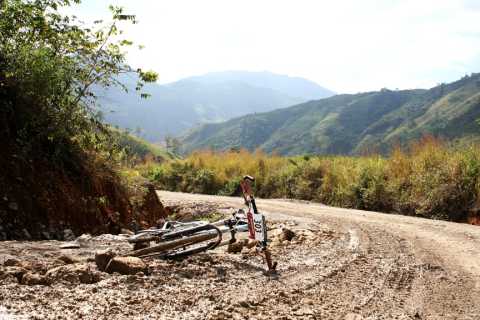 Drive train:
Drive train:
I packed and unpacked my bag several times before I left. At the last moment I decided to leave the degreasing at home. I would recommend anyone to rather leave the big bottle of shampoo than the stuff you normally use for day to day care of the mechanical bits on your bike. At one stage Esti and I used lemons to try and get rid of the grease build-up. By then I was getting desperate, as I had already suffered all sorts of glitches such as chain suck due to not having followed a stricter regime in cleaning the moving bits in my bike. (Do not mix the lubes!) Later on in the tour I got some dishwasher soap at a local store and that proved perfect. The only deflation (not a puncture) was caused after a good soapy wash of the entire bike, which caused the nut on the valve to loosen.
Tubeless rims or tubeless conversion:
We (the SA gals) were of the only cyclists who never had any punctures! Here down south we ride tubeless. My rims were normal rims but I had a tubeless conversion done. That means a normal rim, rim strip, tubeless tyre and ENOUGH sealant (otherwise referred to as slime!) I took 2 tubes with sealant in any rare case of a side-wall cut. I never needed the tubes. (In fact, they were used in an emergency for a 29er with a puncture. Be certain not to over-inflate a 26er tube in a 29er wheel! We thought we had a small explosion in the middle of the night on the tour!)
Slicks:
Many cyclists carried and often used slicks for a following day where surfaces would have been paved roads. It was hard to predict here the road may change to gravel or even mud. I only had knobblies and only took one extra tyre of the same kind for replacement. Yes, it would have helped to have slicks on those hills, but having tubeless means you don’t want to unnecessarily break the seal on a tubeless conversion. I carried extra sealant in case of an emergency and a tubeless repair kit (plugs).
TDA: Central America is incredible. Which country stood out for you as the most interesting/exciting to ride through?
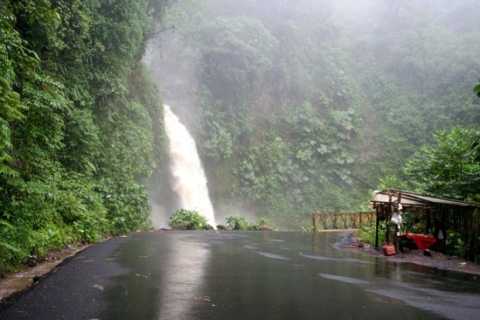 SN: I loved them all for their differences. Costa Rica had those amazing rain and cloud forests. Nicaragua had farmland, windmills and cowboys with cowboy hats on bicycles! Honduras had the rolling hills… and a flasher! Guatemala had the fantastic Mayan textiles. We dressed in Mayan attire and wrapped ourselves in Mayan shawls on cold evenings. The country side was inspiring. I will always remember the children chanting us on: ‘bicicleta, bicicleta!’ AND the day we were escorted through a busy town in Guatemala by the local police force on green bicycles. Chasing down the streets with renewed strength as if were finishing another stage on the Tour de France! I guess if I have to pick one, it would be Nicaragua. I was transported to a special place in this universe from the border crossing to the Pacific coast and beyond to the Caribbean.
SN: I loved them all for their differences. Costa Rica had those amazing rain and cloud forests. Nicaragua had farmland, windmills and cowboys with cowboy hats on bicycles! Honduras had the rolling hills… and a flasher! Guatemala had the fantastic Mayan textiles. We dressed in Mayan attire and wrapped ourselves in Mayan shawls on cold evenings. The country side was inspiring. I will always remember the children chanting us on: ‘bicicleta, bicicleta!’ AND the day we were escorted through a busy town in Guatemala by the local police force on green bicycles. Chasing down the streets with renewed strength as if were finishing another stage on the Tour de France! I guess if I have to pick one, it would be Nicaragua. I was transported to a special place in this universe from the border crossing to the Pacific coast and beyond to the Caribbean.
Special people, special place, special memories, special family!
TDA: What was your biggest physical challenge?
SN: Cycling itself is like getting a large injection of endorphins. A constant high. I had so much fun both on and off the bike.
TDA: One of your mantras on tour was ‘No ‘fugly’ food. Explain.
SN: All people have “yard sticks” by which they live. Some are superstitious and believe in uneven numbers of kisses at the end of love letter … I have 3 Consumer no-no’s
1. f…… ugly food
2. single ply toilet paper
3. stale bread!
TDA: How do you deal with a challenge?
SN: Not enough time to take swimming lessons on the shallow side, jump in at the deep end and discover a new swimming stroke!
TDA: And your philosophy on patience?
SN: A tomato can’t be squeezed ripe…
TDA: What on the tour made you laugh like a drainpipe?
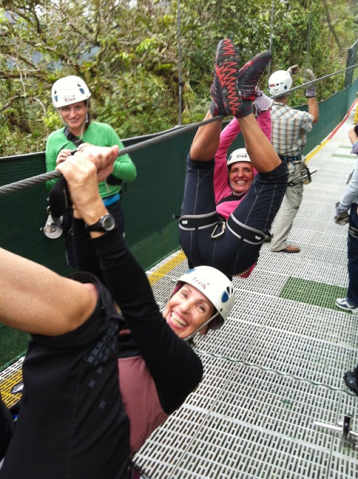 SN: My peculiar border crossing into Belize. Whilst the a string of pedestrians and cyclists pushing their bikes on the pedestrian walk way was chock and block filled with milling people , I thought being on a bike meant exiting the same way motorists would. Like at all the other border posts. Big mistake, this meant riding through a “shed-like” structure with motion sensors that trigger insecticide sprayers! Once inside the shed which I entered like I was a contender in the Tour de France … it was too late to turn around! It was both funny and scary… was I going to turn into a large healthy cabbage, a coughing cyclist, or not?
SN: My peculiar border crossing into Belize. Whilst the a string of pedestrians and cyclists pushing their bikes on the pedestrian walk way was chock and block filled with milling people , I thought being on a bike meant exiting the same way motorists would. Like at all the other border posts. Big mistake, this meant riding through a “shed-like” structure with motion sensors that trigger insecticide sprayers! Once inside the shed which I entered like I was a contender in the Tour de France … it was too late to turn around! It was both funny and scary… was I going to turn into a large healthy cabbage, a coughing cyclist, or not?
TDA: What training would you recommend for other Doomsday riders?
SN: Enough hours in the bike’s saddle (don’t change saddle before the tour) and lots of hills. If you can’t do hills before the tour you will still be fine, just slow. Any riders joining the tour along the way should remember that the Doomsday cyclists will already be fitter than they were on their day one. Every day’s riding is like money in the bank. It is hard for cyclists who join later on.
TDA: How does your body feel after an extreme physical challenge like this?
SN: Like a sophisticated fly-by-wire aircraft! At the end of the tour it was fantastic to take a brand new fitness level home. As we rode day in and day out, we got fitter and fitter by the day. (With the added benefit of losing extra inches and kilograms.)
TDA: A memorable thrill on tour?
SN: Flying downhill at 64 kmph with my children’s choice of heavy metal music, Pantera, blasting through my new AfterShockz bone conduction headset!
TDA: One of the toughest days: emotionally?
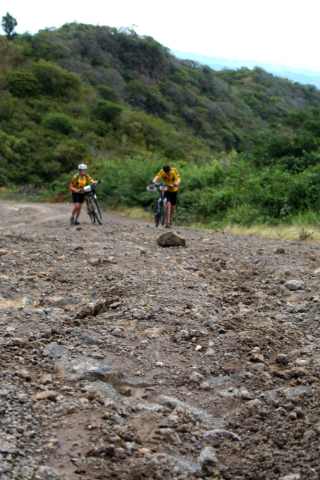 SN: The shortest distance day became a long day after we made several mistakes interpreting our route instructions. I suffered the first symptoms of a travel bug that did its rounds amongst the Doomsday family. I remember pushing my bike up a steep hill when I realised I was in trouble. I was ill and had no strength left, but still insisted to inch my way to the lodge in Antigua. In hind sight that wasn’t smart. The next morning some of the cyclists decided to stay behind in Antigua, a stunning historical town with interesting architecture and lots of small shops and markets to browse through. We spent hours in the market buying Mayan shawls and drinking coffee.
SN: The shortest distance day became a long day after we made several mistakes interpreting our route instructions. I suffered the first symptoms of a travel bug that did its rounds amongst the Doomsday family. I remember pushing my bike up a steep hill when I realised I was in trouble. I was ill and had no strength left, but still insisted to inch my way to the lodge in Antigua. In hind sight that wasn’t smart. The next morning some of the cyclists decided to stay behind in Antigua, a stunning historical town with interesting architecture and lots of small shops and markets to browse through. We spent hours in the market buying Mayan shawls and drinking coffee.
TDA: Readjusting after such a sensory overload may be difficult. How are you coping without your Doomsday family?
 SN: I had a thousand stories to share… and did! Yes, I felt rebellious. I didn’t want it to end, but I also knew that I might do more TDA tours and that I would see some of them again. I shared this life-changing character-building experience with like-minded A+ type persons! Everyone in this Doomsday family was a winner. It was an honour to share both the hardship and the joy of this experience with them. I will always look out for them in my journey through life.
SN: I had a thousand stories to share… and did! Yes, I felt rebellious. I didn’t want it to end, but I also knew that I might do more TDA tours and that I would see some of them again. I shared this life-changing character-building experience with like-minded A+ type persons! Everyone in this Doomsday family was a winner. It was an honour to share both the hardship and the joy of this experience with them. I will always look out for them in my journey through life.
TDA: Your favourite cocktail?
SN: Without a shadow of a doubt: a large jug of Mojito shared with the Doomsday family and a Caiperinha short on its heels.
TDA: Your finest meal?
SN: On tour we had such healthy appetites that we could eat anything. We never needed anything fancy … as long as there was enough of it! I really enjoyed “tea-time” on the square in Valle de Los Angeles!
TDA: Your thoughts on Nutella and Peanut Butter?
SN: Everybody’s favourite. (We all had nutella/peanut butter and bread. Not the other way around!) If TDA ever runs out of Nutella or Peanut Butter … the snow will be red in Gorky Park!
TDA: What is your next big cycling challenge?
SN: I have just completed the Kalahari Challenge 2 day Stage race and The Great Makgadiagadi Pans Mountain Bike Adventure in Botswana and in September I will be doing a Namaqualand Cycling tour in South Africa. I am aiming at the first stage of the TDA to India and seriously considering the North American Epic 2015!
]]>
Note: While we no longer have a tour running in Belize, we do have other routes in Central America. Click here to read more.
1. Don’t be a voyeur. The Punta is a sexy sweaty Garifuna dance style practiced in Belize. It sort of involves you and your partner shaking your hips and thighs at each other at a relentless pace. Visit a bar, have a typical Belizean Rum cocktail, get off your butt and ask the barman/lady to teach you the Punta. They are generally happy to oblige. It’s a lot of fun, a great work out and it can be your new party trick back home.
 2. Don’t dive the Blue Hole. Ok if you’re a commercial junkie, love crowds and you just want to tick it off your braglist. Go for it. Sure you can see it from outer space with the naked eye and it looks pretty gorgeous from the outside. But the water circulation is poor, therefore not much sea life about and at $250 for 3 dives it will take a neat chunk out of your budget. Rather opt for Shark-Ray Alley & Hol Chan Marine Reserve (Northern Cayes and Atolls). Also great for snorkeling: guaranteed to see schools of large stingrays and nurse sharks. Or Caye Caulker (Northern Cayes and Atolls): Easy accessible snorkeling, very laid back and much less crowded than its popular neighbor, Ambergris Caye. After a hectic cycle on the La Ruta Maya: The Doomsday Ride, I needed to get away from the crowds. I found great snorkeling all along the islands next to the village of Hopkins, deep in the south of Belize. Affordable and few crowds. Book your SCUBA or snorkeling trip with Hamanasi Adventures for the best support and great crew.
2. Don’t dive the Blue Hole. Ok if you’re a commercial junkie, love crowds and you just want to tick it off your braglist. Go for it. Sure you can see it from outer space with the naked eye and it looks pretty gorgeous from the outside. But the water circulation is poor, therefore not much sea life about and at $250 for 3 dives it will take a neat chunk out of your budget. Rather opt for Shark-Ray Alley & Hol Chan Marine Reserve (Northern Cayes and Atolls). Also great for snorkeling: guaranteed to see schools of large stingrays and nurse sharks. Or Caye Caulker (Northern Cayes and Atolls): Easy accessible snorkeling, very laid back and much less crowded than its popular neighbor, Ambergris Caye. After a hectic cycle on the La Ruta Maya: The Doomsday Ride, I needed to get away from the crowds. I found great snorkeling all along the islands next to the village of Hopkins, deep in the south of Belize. Affordable and few crowds. Book your SCUBA or snorkeling trip with Hamanasi Adventures for the best support and great crew.
3. Don’t go abseiling down waterfalls – if you have just cycled over 2700km. Rather opt for cave tubing. “Butts up!” is a national slogan in Belize. It comes from the screech of your tour guide as you are gliding along, butt hanging down in icy water, through a dark cave on an inflated tyre and there’s a shallow rocky area approaching. After all the cycling your butt needs a rest, this is a non-strenuous way to learn about the Mayan culture.
 4. Don’t stay in Belize City for long. A day should be enough. It’s busy, a bit pricey, dirty and I did not feel all too safe roaming through the streets. Generally the city is used as the centre from where all adventures depart. Rather head out and visit the temples, or a jaguar retreat. There are luxury spas aplenty if that’s your scene. Generally the further you go away from the city, the more authentic your experience.
4. Don’t stay in Belize City for long. A day should be enough. It’s busy, a bit pricey, dirty and I did not feel all too safe roaming through the streets. Generally the city is used as the centre from where all adventures depart. Rather head out and visit the temples, or a jaguar retreat. There are luxury spas aplenty if that’s your scene. Generally the further you go away from the city, the more authentic your experience.
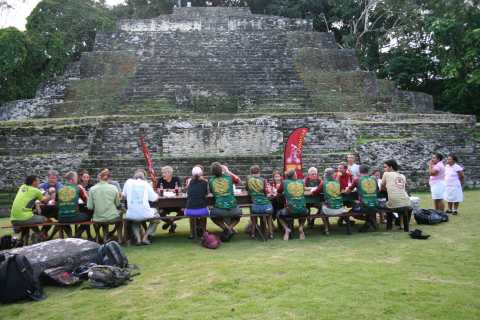 5. Don’t think you will have lunch in a tropical forest, next to an ancient Mayan temple, surrounded by the sounds of howler monkeys and parrots. Unless you are on the 2013 La Ruta Maya: The Doomsday Ride of course. They know people who know people. On the last day of the tour cyclists ambled through the ruins, blessed the site with rum and enjoyed an impromptu meal next to the Lamanai temple.
5. Don’t think you will have lunch in a tropical forest, next to an ancient Mayan temple, surrounded by the sounds of howler monkeys and parrots. Unless you are on the 2013 La Ruta Maya: The Doomsday Ride of course. They know people who know people. On the last day of the tour cyclists ambled through the ruins, blessed the site with rum and enjoyed an impromptu meal next to the Lamanai temple.
You better Belize it!
More info on this incredible adventure here.
]]>Imagine cycling through an ancient Mayan temple that is tucked away in a lush tropical rainforest. All you hear is your breathing and the babbling of Howler monkeys in the trees up above. The smell of damp soil and vegetation hangs heavy in the air and the cross-cross of sun and shadow throw psychedelic patterns into the jungle where, you’re almost certain, you saw the silhouette of a Jaguar on the prowl.
On the Doomsday Ride, we visit three of some of the most well-preserved temples in Central America. We did not spot a Jaguar but fellow travellers reported several sightings of the apex predator.
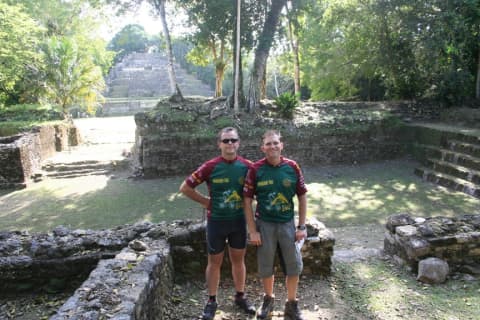 In Honduras, exhaustion, injuries and sore muscles could not keep us away from Copán which, during its peak, was the most powerful Mayan city in the south. It is hard to drag yourself away from the pretty cobblestones and artisan food shops in Copán to visit this site, but it is so worth it. At the height of its reign, the kingdom of Copán covered an area of over 250 square kilometers (100 sq mi). Give yourself at least half a day to explore the enormous complex consisting of several quixotic plazas, ancient temples, monuments, artifacts and Sepulturas. Take a bit of time to study the history before you go – it’s peculiar, somewhat morbid, and fascinating. Truly stunning is the Hieroglyphic Stairway, 63 steps and several thousand glyphs tell the history of the royal house of Copán. The Hondurans are very proud of this site and they take great pains to preserve and promote it.
In Honduras, exhaustion, injuries and sore muscles could not keep us away from Copán which, during its peak, was the most powerful Mayan city in the south. It is hard to drag yourself away from the pretty cobblestones and artisan food shops in Copán to visit this site, but it is so worth it. At the height of its reign, the kingdom of Copán covered an area of over 250 square kilometers (100 sq mi). Give yourself at least half a day to explore the enormous complex consisting of several quixotic plazas, ancient temples, monuments, artifacts and Sepulturas. Take a bit of time to study the history before you go – it’s peculiar, somewhat morbid, and fascinating. Truly stunning is the Hieroglyphic Stairway, 63 steps and several thousand glyphs tell the history of the royal house of Copán. The Hondurans are very proud of this site and they take great pains to preserve and promote it.
 Tikal in Guatamala is a World Heritage Site. The main temple rises 47 metres (154 ft) high and the grounds are vast. Our group left Flores, the closest village to Tikal, at 3am to avoid crowds and watch the sunrise over the temples. We arrived in the dark and sat quiet like statues on the temple steps. When the sun finally made an appearance, so did the fog. And it stayed for a long time. The fog eventually lifted to reveal the ancient Mayan structures. The magical sounds of the jungle waking up make it worth the wait. Some of the clever cyclists visited the temple the day before for sunset. You can also book a hammock at the Jaguar Inn, in the heart of Tikal, to experience the sunset and wake to the nattering of monkeys and parrots. It is a real popular hotspot so expect crowds during peak hours. Don’t bother to eat at the tacky little restaurant, it is expensive and the service is poor. Rather go back to Flores to enjoy a meal at one of the many quaint restaurants.
Tikal in Guatamala is a World Heritage Site. The main temple rises 47 metres (154 ft) high and the grounds are vast. Our group left Flores, the closest village to Tikal, at 3am to avoid crowds and watch the sunrise over the temples. We arrived in the dark and sat quiet like statues on the temple steps. When the sun finally made an appearance, so did the fog. And it stayed for a long time. The fog eventually lifted to reveal the ancient Mayan structures. The magical sounds of the jungle waking up make it worth the wait. Some of the clever cyclists visited the temple the day before for sunset. You can also book a hammock at the Jaguar Inn, in the heart of Tikal, to experience the sunset and wake to the nattering of monkeys and parrots. It is a real popular hotspot so expect crowds during peak hours. Don’t bother to eat at the tacky little restaurant, it is expensive and the service is poor. Rather go back to Flores to enjoy a meal at one of the many quaint restaurants.
 Our last temple visit at Lamanai was a curious mixture of elation and melancholy. It was our last cycling day on the Doomsday Ride into the heart of Lamanai ruins in Belize. It took place on 21 December 2012, the day the world was said to end, and certainly the end of the Mayan calendar. We were expecting swarms of hippies and Doomsday theory supporters but there were hardly a soul in sight. We had the entire ruins to ourselves. It was magical, mystical, and oh so peaceful. Lamanai may not be as well-preserved, loaded with history, or as large as Tikal or Copán, but it is my favourite out of the three purely for its mystical ambience. We set up a table next to the Jaguar Temple and enjoyed a last early dinner. We poured whisky on one of the ruins: a local told us this will appease the gods and it might grant us a reprieve from this end-of-the- world business. And then we waited for the grand finale. Which, clearly, never arrived. Not that we are taking any credit.
Our last temple visit at Lamanai was a curious mixture of elation and melancholy. It was our last cycling day on the Doomsday Ride into the heart of Lamanai ruins in Belize. It took place on 21 December 2012, the day the world was said to end, and certainly the end of the Mayan calendar. We were expecting swarms of hippies and Doomsday theory supporters but there were hardly a soul in sight. We had the entire ruins to ourselves. It was magical, mystical, and oh so peaceful. Lamanai may not be as well-preserved, loaded with history, or as large as Tikal or Copán, but it is my favourite out of the three purely for its mystical ambience. We set up a table next to the Jaguar Temple and enjoyed a last early dinner. We poured whisky on one of the ruins: a local told us this will appease the gods and it might grant us a reprieve from this end-of-the- world business. And then we waited for the grand finale. Which, clearly, never arrived. Not that we are taking any credit.
Some of what you may think you know what it’s really like to cycle through Central America with us on the Doomsday Ride – a 2,700km bicycle expedition from San Jose, Costa Rica to Belize City, Belize. Let’s clear up a few misconceptions about this tour…
Myth 1: Since the tour consists of only 27 riding days and 8 resting days, this should be one of the shortest and easiest of TDA’s offerings.
 It may indeed be relatively short in comparison to our other epic tours. The tour mostly follows back roads, dirt roads and those that at times must be considered an insult to upstanding roads all over the world. In Honduras a short cycle takes us from Marcala to Gracias (113km). However, if the corrugation did not shake loose our brains, we were not swallowed by monster potholes or somersaulted over the barely visible speedbumps, the elevation got us in the end, and many of us had a good old cry next to the road. On this particular day we gained 2099m with a loss of 2503m and the roads were nearly non-existent. Doomsday Rider, David Houghton, summarized the day as, ‘Fucking hard’- this, coming from a person who EFI’d the 4 months from Cairo to Cape Town and completed the RAAM, is pretty impressive. Joachim Löffel called parts of the road ‘A torture session’and David Jones remarked, ‘It took me right to the edge.’ Suzette Nieuwoudt said, ‘Parts of the road felt like being inside a Salvador Dali painting’. And she is right, the scenery is so breathtakingly stunning and strikingly unusual and the roads are so cruel; the experience spawned the phrase, ‘brutiful’.
It may indeed be relatively short in comparison to our other epic tours. The tour mostly follows back roads, dirt roads and those that at times must be considered an insult to upstanding roads all over the world. In Honduras a short cycle takes us from Marcala to Gracias (113km). However, if the corrugation did not shake loose our brains, we were not swallowed by monster potholes or somersaulted over the barely visible speedbumps, the elevation got us in the end, and many of us had a good old cry next to the road. On this particular day we gained 2099m with a loss of 2503m and the roads were nearly non-existent. Doomsday Rider, David Houghton, summarized the day as, ‘Fucking hard’- this, coming from a person who EFI’d the 4 months from Cairo to Cape Town and completed the RAAM, is pretty impressive. Joachim Löffel called parts of the road ‘A torture session’and David Jones remarked, ‘It took me right to the edge.’ Suzette Nieuwoudt said, ‘Parts of the road felt like being inside a Salvador Dali painting’. And she is right, the scenery is so breathtakingly stunning and strikingly unusual and the roads are so cruel; the experience spawned the phrase, ‘brutiful’.
Myth 2: With such a tough tour, only the young and super fit need apply.
 Our oldest rider on the Doomsday Ride 2012 was 77. Ruut van Wijk is an exceptional cyclist and human being. At times you will have to dig very deep into your own psyche to find the strength to carry on, and no amount of fitness or the advantage of youth alone will get you there. Some riders confessed to not exercising much prior and they really suffered in the first few weeks but they made it. The roads in Honduras and Nicaragua are really beautiful but challenging. Generally speaking though, the fitter you are, the more fun you will have. A healthy attitude and robust sense of humour will make your journey even more fun. And if you suffer at the end of a long day you can always go and have a quiet little cry into your beer. We will not tell anybody.
Our oldest rider on the Doomsday Ride 2012 was 77. Ruut van Wijk is an exceptional cyclist and human being. At times you will have to dig very deep into your own psyche to find the strength to carry on, and no amount of fitness or the advantage of youth alone will get you there. Some riders confessed to not exercising much prior and they really suffered in the first few weeks but they made it. The roads in Honduras and Nicaragua are really beautiful but challenging. Generally speaking though, the fitter you are, the more fun you will have. A healthy attitude and robust sense of humour will make your journey even more fun. And if you suffer at the end of a long day you can always go and have a quiet little cry into your beer. We will not tell anybody.
Myth 3: It’s Central America. So we will be eating rice and beans for breakfast for 5 weeks.
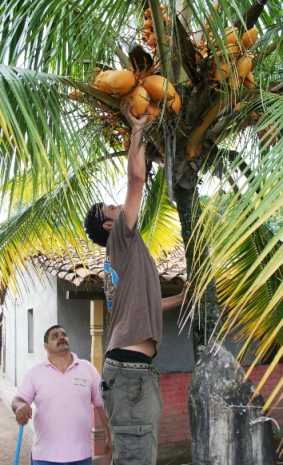 Actually this one is more or less true. If you do not count the few lucky days where our accommodation hosts stepped up their game and spoilt us with luxuries such as scrambled eggs, toast and – oooh cold meats and pastries. However, the endless abundance of exotic tropical fruit dripping from trees and freely available at roadside cafes sure makes up for it. The best experience is stopping next to the road and chopping open a fresh coconut – the ultimate naturally hydrator. The juicy mangoes and pineapples are sublime. And for the carnivores, rest assured, this is big time El Pollo (chicken) country.
Actually this one is more or less true. If you do not count the few lucky days where our accommodation hosts stepped up their game and spoilt us with luxuries such as scrambled eggs, toast and – oooh cold meats and pastries. However, the endless abundance of exotic tropical fruit dripping from trees and freely available at roadside cafes sure makes up for it. The best experience is stopping next to the road and chopping open a fresh coconut – the ultimate naturally hydrator. The juicy mangoes and pineapples are sublime. And for the carnivores, rest assured, this is big time El Pollo (chicken) country.
Myth 4: There is no time for anything but cycling on the Doomsday Ride.
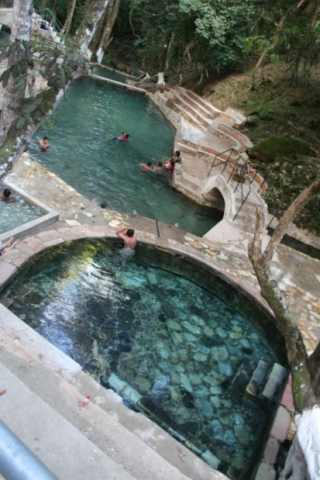 This journey is a thriller and there are plenty of adventures to be had – so we take 8 ‘resting’ days. Last year our riders went ziplining through rainforests, canoeing, horse-riding and cave tubing. They visited ancient temples and beautiful volcanoes and swam in natural hot springs. Some crashed a wedding in Guatemala and others enjoyed chocolate body massages. They learned how to milk cows and the many organic farms in Costa Rica kept the greenies busy with guided tours. Some submerged themselves into their photography. The spectacular scenery and unusual sights make this route a photographer’s paradise. Others were happy to stay home and pamper bicycles and bruised bodies. And then we got back on our bikes.
This journey is a thriller and there are plenty of adventures to be had – so we take 8 ‘resting’ days. Last year our riders went ziplining through rainforests, canoeing, horse-riding and cave tubing. They visited ancient temples and beautiful volcanoes and swam in natural hot springs. Some crashed a wedding in Guatemala and others enjoyed chocolate body massages. They learned how to milk cows and the many organic farms in Costa Rica kept the greenies busy with guided tours. Some submerged themselves into their photography. The spectacular scenery and unusual sights make this route a photographer’s paradise. Others were happy to stay home and pamper bicycles and bruised bodies. And then we got back on our bikes.
Myth 5: You have to speak Spanish to get around easily.
 Again I would say this one has a lot of truth in it. In many of the smaller villages they speak no English. However, if you have ever played charades, if you’re not afraid of clowning, if you have a basic Spanish guidebook, a solid sense of humour or can pick up a few Spanish words – you will be just fine. It is odd but in Honduras and especially Guatemala you might find that the locals keep repeating their questions to you in Spanish and if you don’t understand, they simply raise their voices and repeat. It still doesn’t help much. So unless you want to go for the clowning option, a few good words to have at hand are: Cerveza – beer, El Baño -toilet and Estoy perdido – I am lost. Probably useful in that order as well. However, our experiences with most locals were great and a big fat smile and genuine interest in their culture will get you further than any dictionary.
Again I would say this one has a lot of truth in it. In many of the smaller villages they speak no English. However, if you have ever played charades, if you’re not afraid of clowning, if you have a basic Spanish guidebook, a solid sense of humour or can pick up a few Spanish words – you will be just fine. It is odd but in Honduras and especially Guatemala you might find that the locals keep repeating their questions to you in Spanish and if you don’t understand, they simply raise their voices and repeat. It still doesn’t help much. So unless you want to go for the clowning option, a few good words to have at hand are: Cerveza – beer, El Baño -toilet and Estoy perdido – I am lost. Probably useful in that order as well. However, our experiences with most locals were great and a big fat smile and genuine interest in their culture will get you further than any dictionary.
The next Doomsday Ride starts 17 November ‘13 and ends 21 December ‘13. Book early as spaces are limited.
]]>














